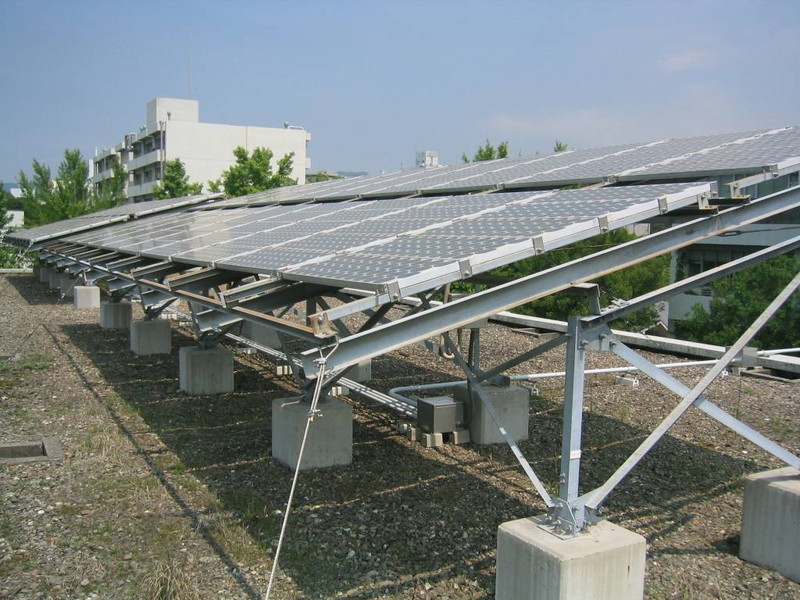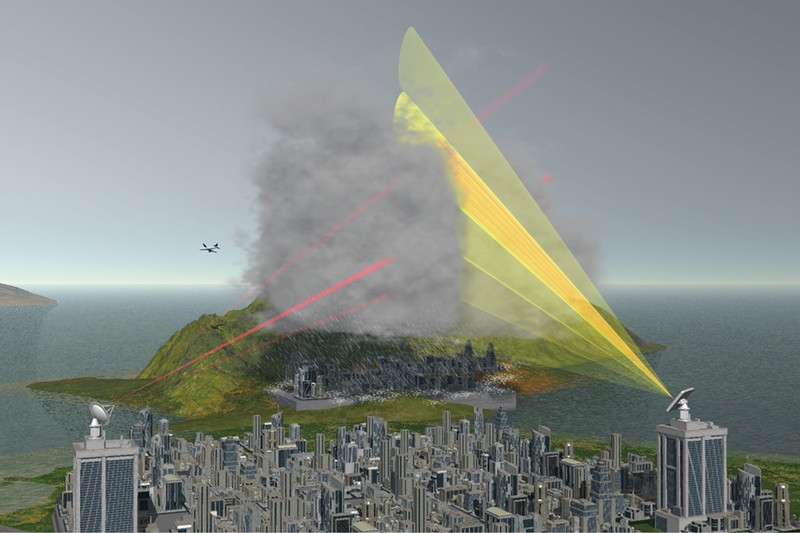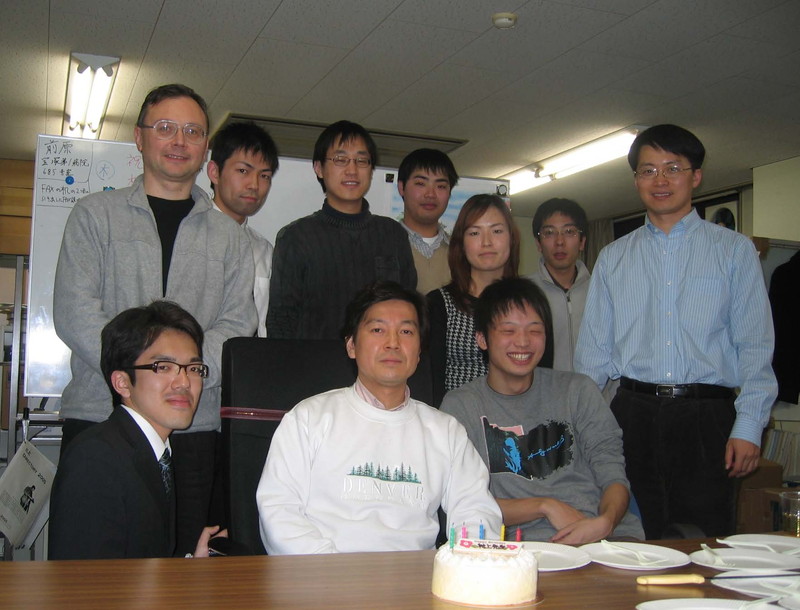Our laboratory is dedicated to creating a healthy society where the psychological effects of affective android robots on humans can be effectively controlled. We focus on understanding and developing dynamic systems encompassing affective expression, the psychological impact on people, and the interactions between humans and robots.
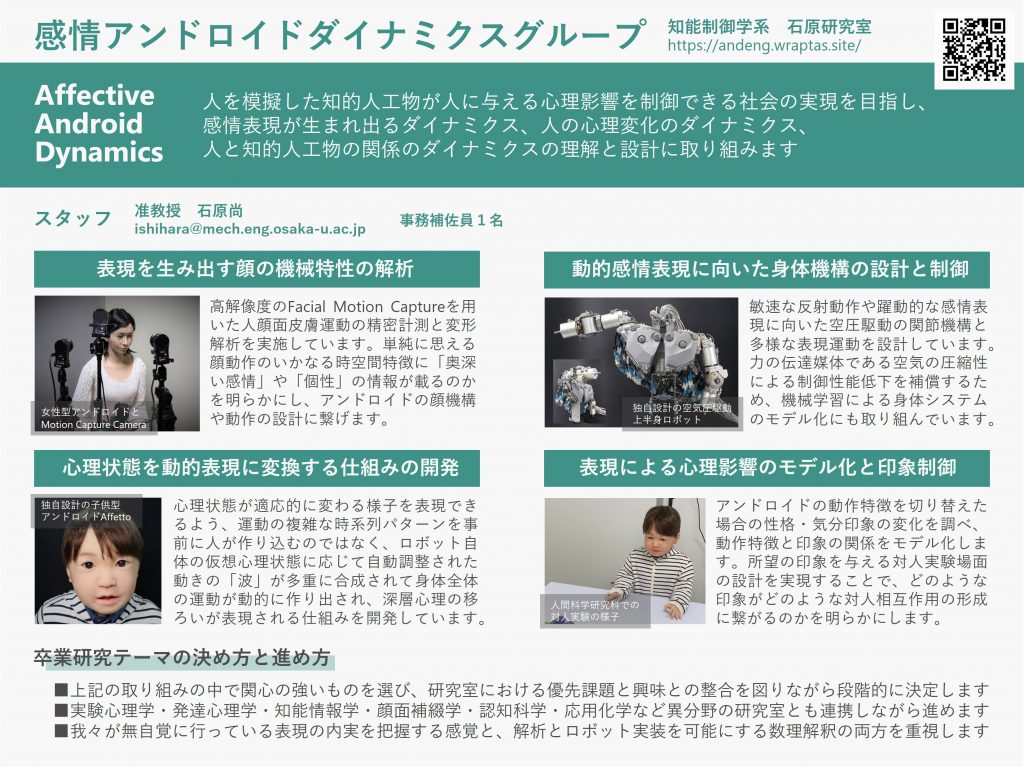
Our laboratory aims to pioneer new frontiers in system design through an interdisciplinary approach that integrates mechanical engineering, information science, and control engineering. We tackle diverse phenomena from multiple perspectives, such as information and communication technologies, optimization, biomimetics, distributed systems, and artificial intelligence, to extract the essence of control and pursue the creation of innovative mechanical systems. Through collaborations among academia, industry, and government, we seek to address social infrastructure challenges in areas such as mobility, robotics, security, and energy.
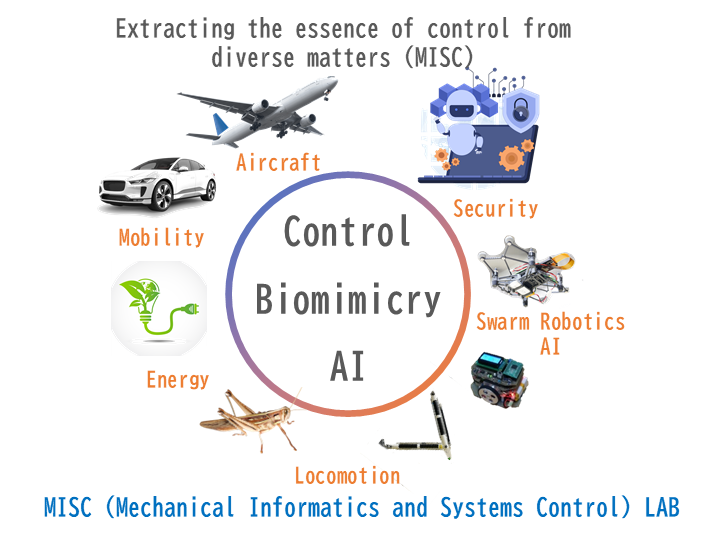
”CO2 resource technology” and “hydrogen utilization technology” are at the core of achieving carbon neutral by 2050. To achieve “revolution of energy resource”, it is essential to develop “nanostructure catalysts” precisely designed at the atomic and molecular level according to the target reaction. We are studying to create highly active and practical functional catalysts that contribute to energy creation and solving environmental problems by combining “catalyst design”, “materials science”, “advanced structural analysis technology”, and “theoretical calculation”.
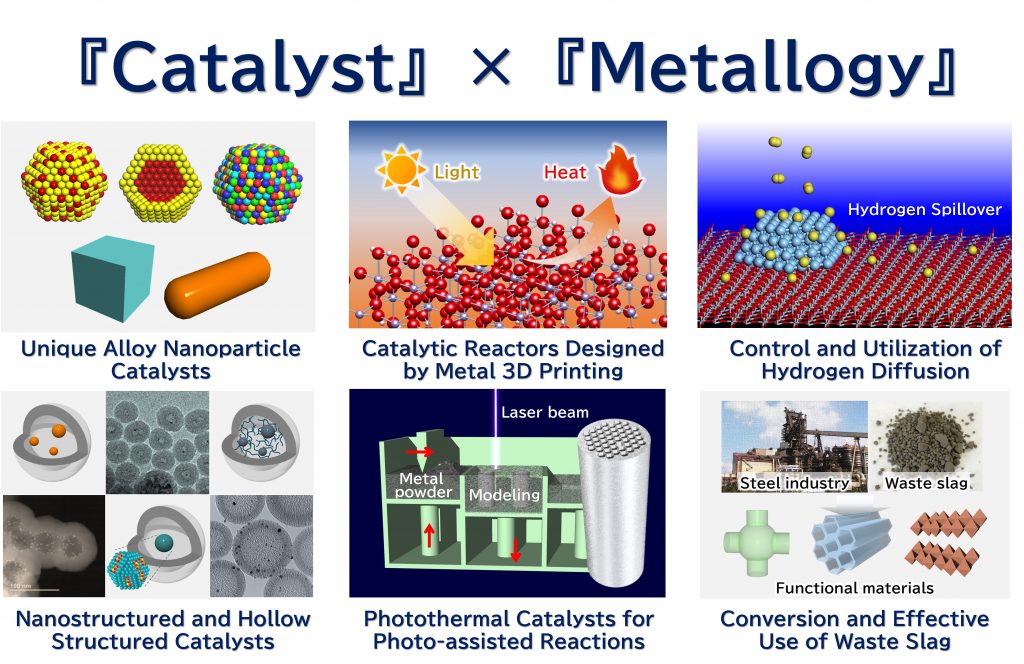
Multiscale Transport Phenomena Subarea
Organic materials are characterized by their excellent flexibility, enabling the construction of flexible and soft systems that are difficult to achieve with inorganic electronics. We are focusing on developing new electronics and other devices using flexible organic materials. More specifically, the goal is to develop systems that can be implemented in applications where flexibility is desired, such as wearable electronics and soft robotics.
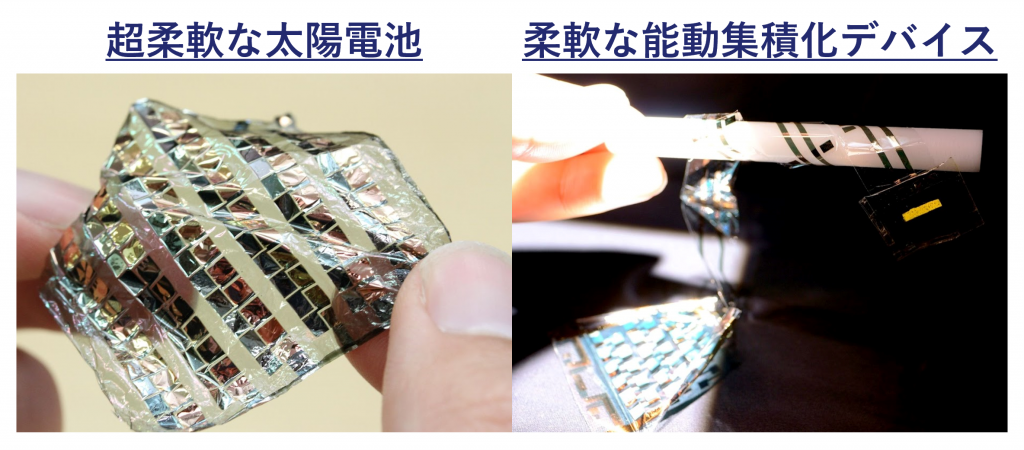
As represented by such terms as cloud'' andbig data,” the maturation of information networks has led to the integration of information processing and data communication. Our laboratory studies robust design of network systems that can provide appropriate information/communication services to users at any time regardless of being in normal or emergency situations. Although we conduct our research on diverse topics in the network system design, we take consistent approaches to them which are firmly grounded in mathematical theory, including the queueing theory, Markov analysis, stochastic geometry, and mathematical optimization.
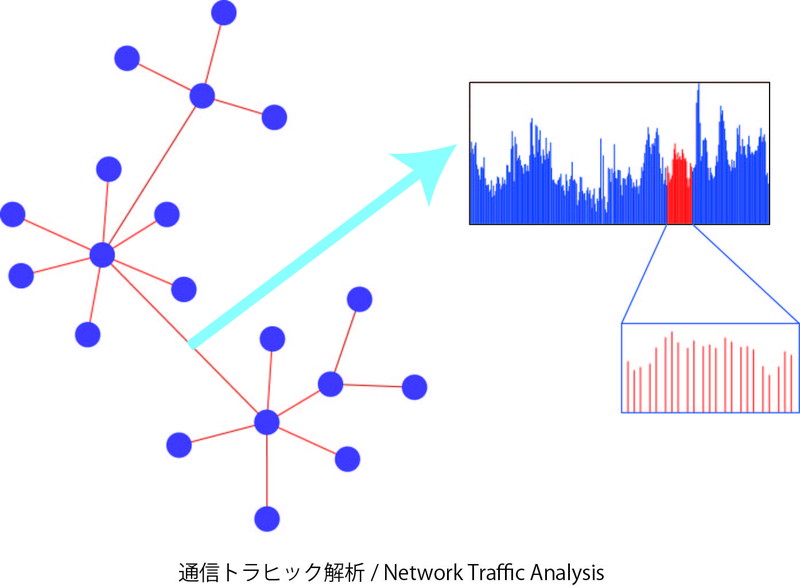
Green Engineering for Global Environment lab aims to contribute United Nations SDGs (Sustainable Development Goals) achievement by developing engineering technologies, especially focuses on Goal 7: Affordable and Clean Energy, Goal 13: Climate Action, Goal 14: Life on Land, Goal 15:Life below Water. Our important perspective is to design the sustainable “nexus”, the interlinkage between Goals and targets, and we aim to inclusively optimize Social-Ecological Systems with multi temporal and spatial scales inb terms of “sustainable use of ecosystem services and biodiversity conservation towards establishing a harmonious society with nature. For our main technologies and tools, we have two main pillars;
(1) the mathematical process models of climate, ecosystems and society, and
(2) data science and artificial intelligence technology represented by machine learning. We are looking forward to your join.
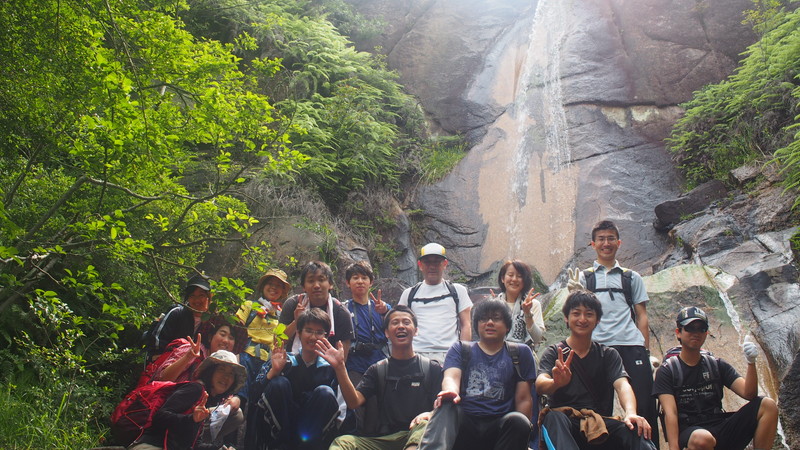
The computational approach using computers, which is called the third paradigm, is not only meeting the increasingly severe needs of society regarding materials, but is also enabling to provide seeds to society. In this laboratory, we have been developing new materials by utilizing computational materials science methods from atomic to macroscopic scales, and by organically connecting them with experiments and theories to construct new materials design strategies that are not confined to existing theories.
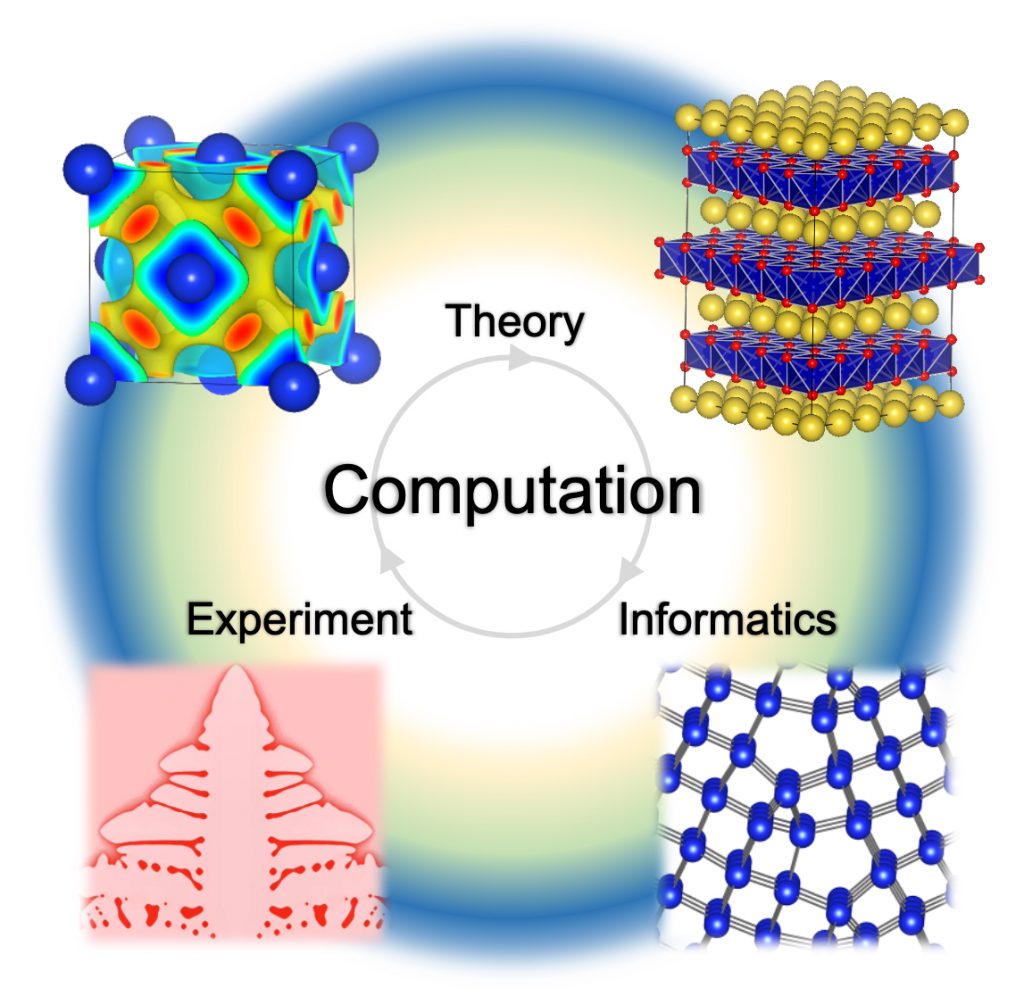
Our reseach topics is nano materials toward future electronics devices such as memory, storage and logic based on the high-quality thin film fabrication. Designing materials which do not exist naturally, fusion of electron chage and magnetism etc…, enjoy materials science in nano-world!
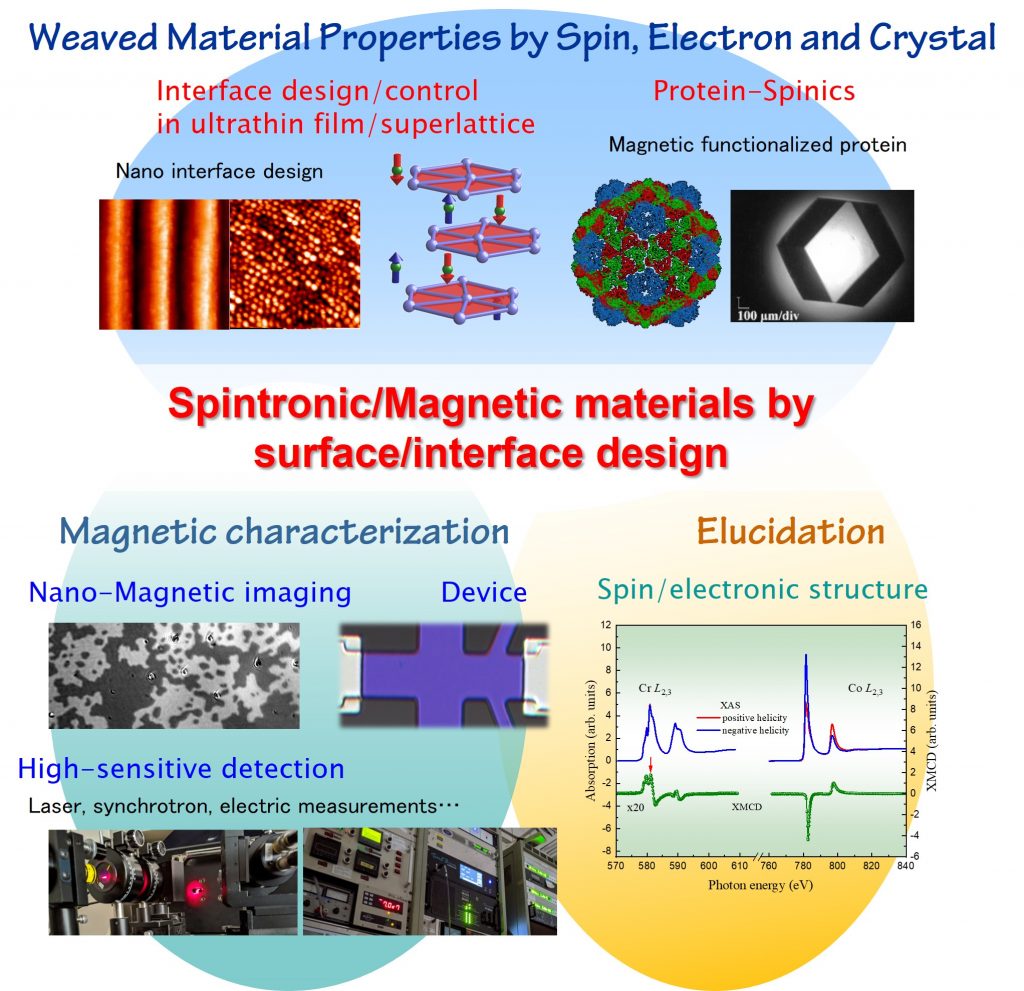
Our research target is developing novel and challenging organic reactions based on molecular catalysis, with structural modification of transition metal catalysts and organocatalysts, We have achieved (1) selective synthesis of chiral molecules using asymmetric catalysts, (2) efficient construction of functional molecules through C-H bond activation, and (3) direct transformation of unactivated aromatic compounds using designed sulfide catalysts.
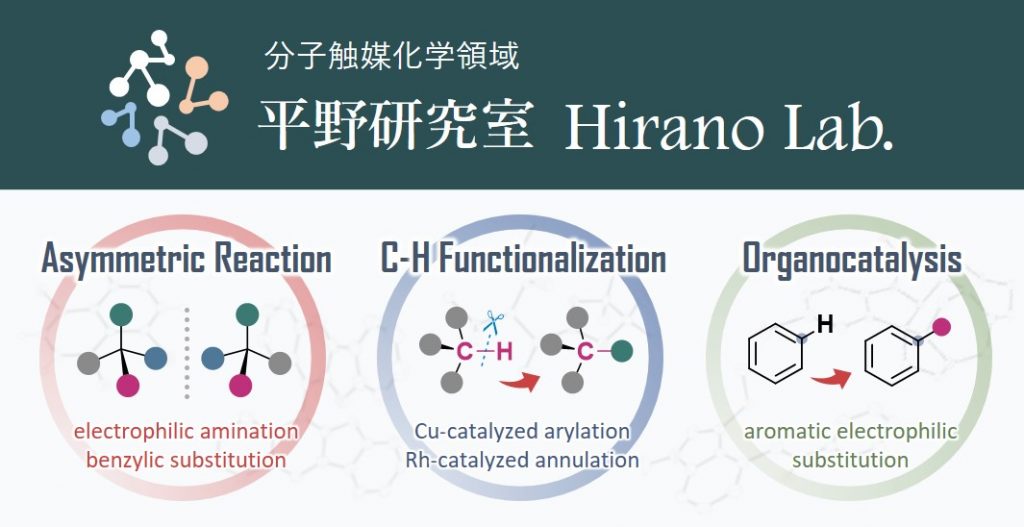
Our research is targeting toward designing unique and original metal complexes as catalysts for new organic transformations and clarifying their roles during the catalytic reactions. We especially focus on the development of transition metal complexes that can utilize readily available starting materials for complicated molecular synthesis with short reaction sequences and transform a targeted functional group within multi-functionalized organic molecules by using thermal, light, and electric energy. We also work on the catalyst development by combining both experimental and computational methods to optimize catalyst structures and elucidate the reaction mechanism.

We create functional materials that are useful for environmental protection and medical care and are friendly to humans and the environment, by using an appropriate combination of organic synthesis and molecular interactions. Currently we focus on (i) the development of molecular recognition materials that can efficiently remove harmful substances from water and oil, (ii) the development and application of micro- and nanostructures using self-organization of molecules, and (iii) the development and applications of highly efficient light-harvesting supramolecular assemblies.
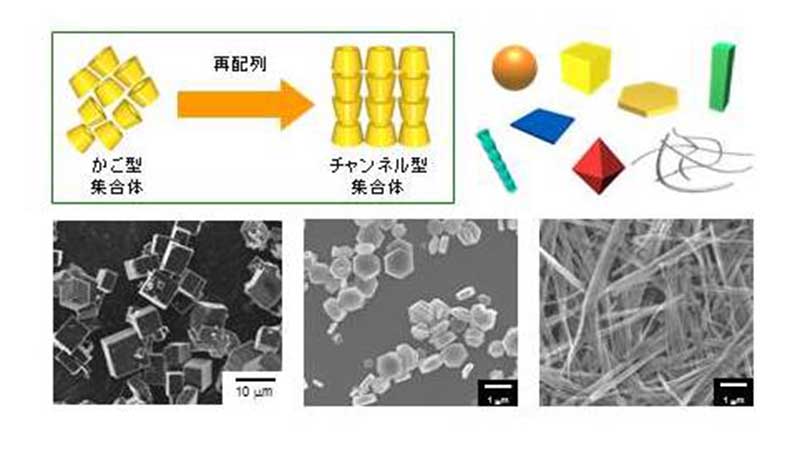
In our laboratory, we design and create high performance materials on the basis of molecular design in consideration of developments at an industrial level for the development of three dimensional (3D) tissues for drug discovery and regeneration medicine. The extracellular matrix (ECM) is the main component of cell microenvironments in all tissues and organs. ECM regulates cell microenvironments and various cell functions. Inspired by the function of ECM, we regulate microenvironment of cell surface using novel polymer materials to control cell functions for construction of 3D-tissues with functions and structures similar to natural tissues or organs.
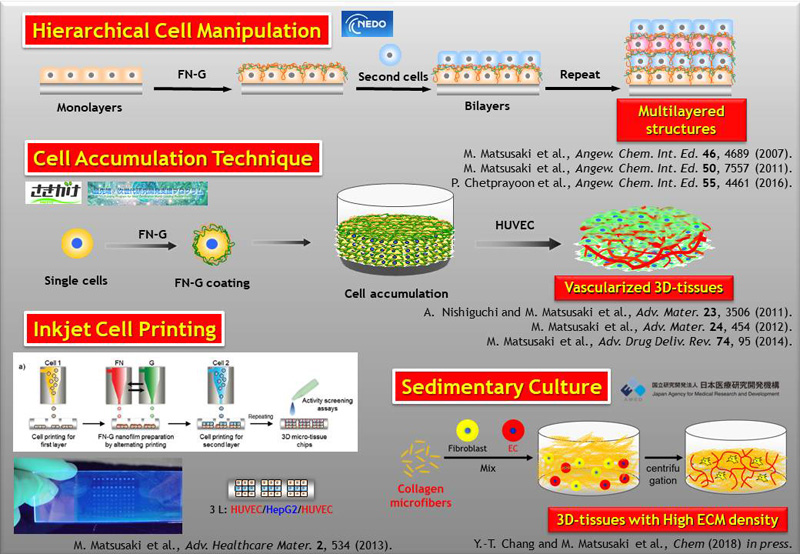
Our research is currently focused on designing a methodology for organic synthesis using novel organometallics and catalyst systems. Novel reactive organometallic species have been isolated and characterized based on spectroscopic methodology and X-ray crystallographic analysis. These species have been applied to the synthesis of functionalized organic compounds. Our group also focuses on utilizing characteristic Lewis acids in the conversion of carbon resources to valuable organic compounds. Metal complexes that have cage-shaped organic ligands are synthesized and used for new types of selective reactions for practical organic syntheses. We also target functionalized materials that are based on organic compounds with novel physical properties and special intramolecular interactions. All projects are supported by organic synthetic approaches that extend to various fields of chemistry.
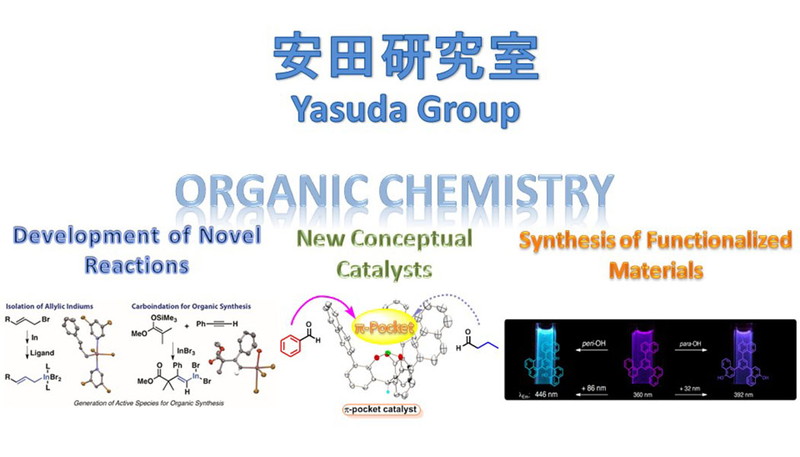
Artificial photosynthesis is a solar energy conversion technology that mimics natural photosynthesis, and considered to be one of the next big breakthroughs in the research field. Our group studies the development of functional metal complexes toward the realization of artificial photosynthesis.

Transition metal complexes serve as key players that mediate various reactions for synthesizing bioactive compounds and functional materials, and numerous transition metal complexes have been developed to date. The design of organic compounds (i.e., ligands) that support the metal center is crucial for imparting desired functions to transition metal complexes. We focus on designing original ligands and developing the synthesis and applications of transition metal complexes that maximize their external stimulus-responsive properties. We are also engaged in creating designed boron catalysts containing boron as a metalloid element and developing technologies that use crude H2.
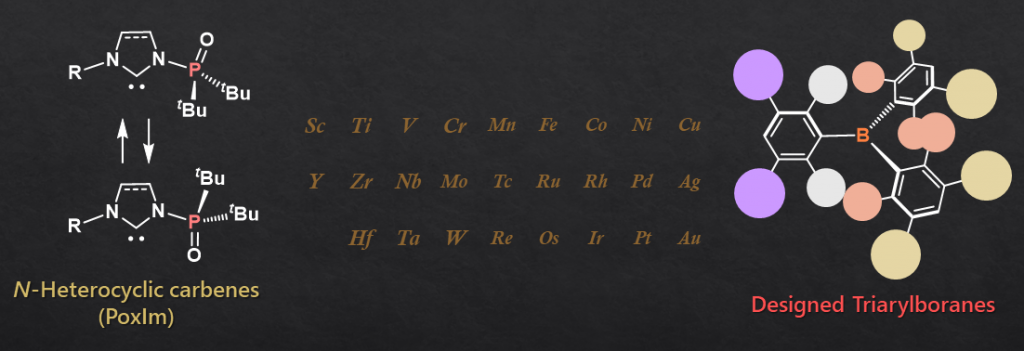
Our research interests span various aspects of organic chemistry, ranging from new reactions, new molecules, and new functions. Regarding the reaction development, our goal is to invent the synthetic methods that involve unprecedented mechanism or unusual bond transformation. We are also exploring design and synthesis of new functional complexes ligated with unique p-conjugated systems. We believe that the diversity of our research projects facilitates generating breakthrough ideas.
Representative research subjects include:
(1) Catalytic Reactions Involving Activation of Strong Chemical Bonds
(2) Unusual Reactions Using Main Group Elements
(3) Design and Synthesis of Complexes with Open-shell π-Conjugated Ligands
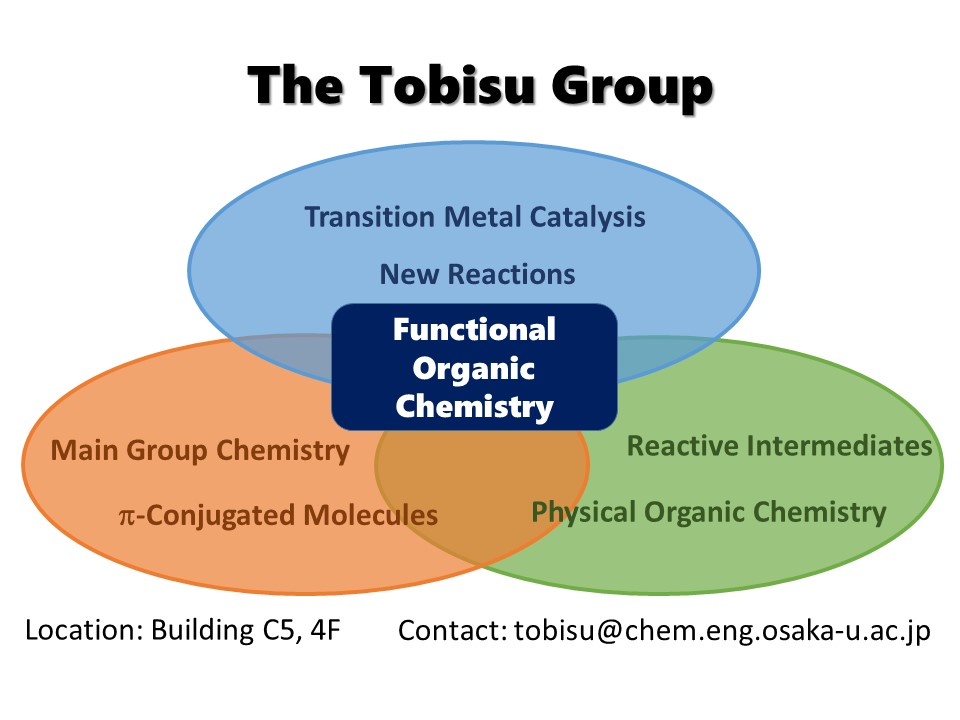
Chemical biology is an interdisciplinary research field, which focuses on elucidation of biological phenomena by utilizing “chemical tools”. These chemical tools are developed by the combinatorial use of organic chemistry, nanotechnology, and genetic engineering. In our group, we design and synthesize novel fluorescence and magnetic resonance imaging (MRI) probes that are applied to answer various biological questions. The representative examples of our chemical tools are fluorescence probes for detection of protein localization and enzymatic activity and MRI probes for in vivo imaging of cancer and gene expression. We develop new tools to give new findings that are not verified by conventional biological methods. By using these tools, we are currently studying various biological fields such as epigenetics, immunology, and cancer biology.
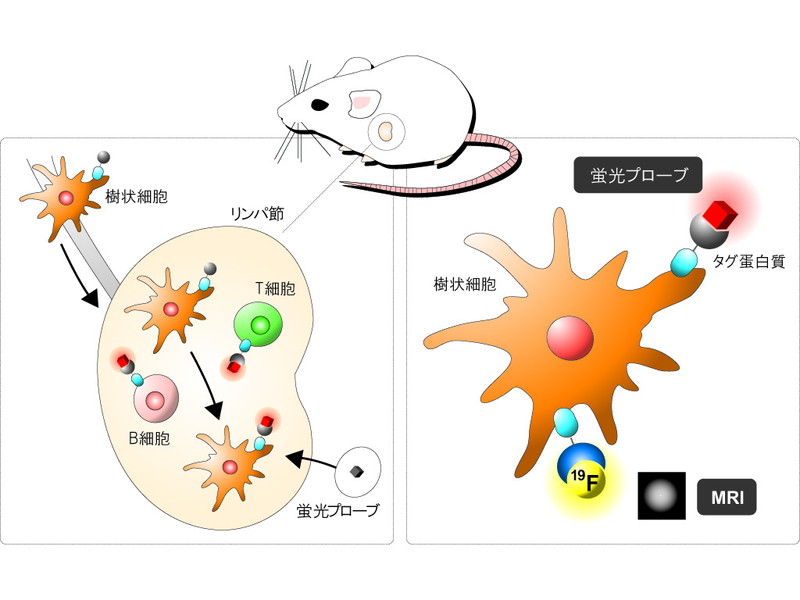
The general goal of our research is to understand enzymatic catalysis at a molecular level and develop environmentally benign bioinspired catalysts. Particular attention has focused on the redox chemistry of transition-metal reaction centers in biological systems. Our main approach involves synthetic modeling, i.e. biomimetic chemistry, including rational design and syntheses of ligands allowing formation of appropriate active site models for metalloenzymes. Enzymatic studies using advanced molecular biology techniques are also performed to develop metalloenzyme catalysts that can be applied to organic synthesis.
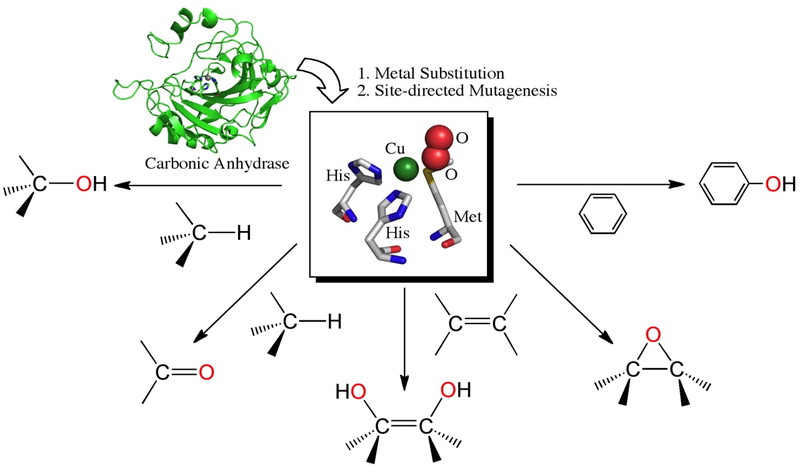
Molecular Reaction Chemistry Area
We are developing innovative materials by manipulating surfaces and interfaces through electrochemical approaches. Our current focus includes semiconductor nanoparticles that exhibit photoluminescence, aiming to visualize the flow of electrons via light. In addition, we are conducting fundamental research on binder-free electrodes and solid-state electrolytes to contribute to the development of next-generation batteries.
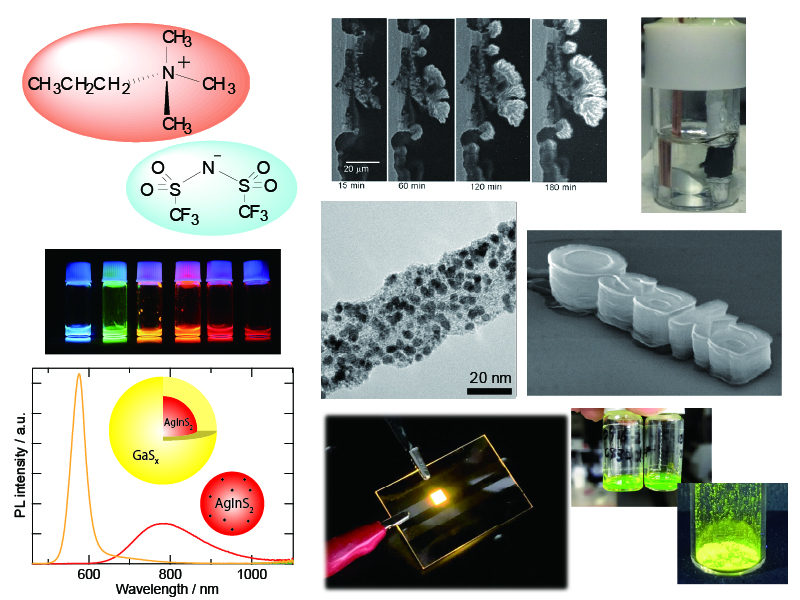
Our aim is to understand structure/function relationships of proteins. We visualize their three-dimensional structures at an atomic level by X-ray crystallography. To do this, we crystallize proteins and collect X-ray diffraction data from the crystals at SPring-8 or SACLA, and process the data with computers to reveal the electron-density maps. We then speculate the structure/function relationship and design novel molecules that control its function. Development of small-molecule medicines, the 3rd generation antibody drugs, and improvement of global environment and crop productivity are now in study.

Bowl-shaped π-conjugated compounds including partial structures of the fullerenes, which are called “buckybowls”, are of importance not only as model compounds of fullerenes but also as their own chemical and physical properties. Very few buckybowls has been achieved for preparation mainly due to their strained structure. We develop the rational route to the various buckybowls and investigate their physical properties. We also investigate to develop novel catalytic properties of metal nanoclusters. We focus on the following projects: Preparation of size-selective gold and gold-based alloy nanoclusters supported by hydrophilic polymers and its catalytic activity: Development of designer metal nanocluster catalyst using the highly-functionalized protective polymers.
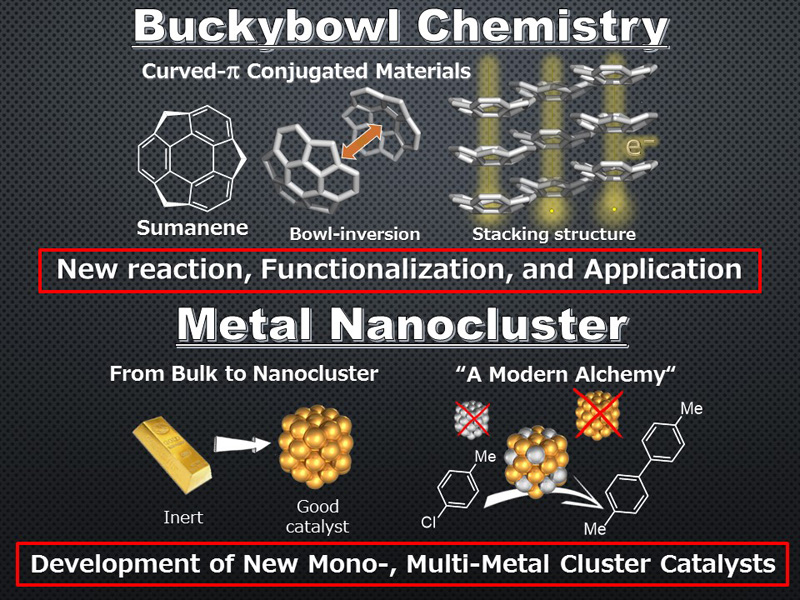
The main goal of our research is to develop a new scientific field based on “organic/inorganic chemistry” and “biotechnology”. Toward this goal, we are challenging to generate new biocatalysts and biomaterials beyond the scope of nature by using various organic compounds, transition metal complexes, biomolecules (such as proteins and DNA), and microorganisms. Current topics of our group are divided into the following three subjects: (1) Synthesis and evaluation of new porphyrinoids with well-designed cofactor structures, (2) Generation and evolutionary engineering of artificial metalloenzymes with synthetic metal cofactors, (3) Construction of highly-organized protein assemblies to provide new functional biomaterials.
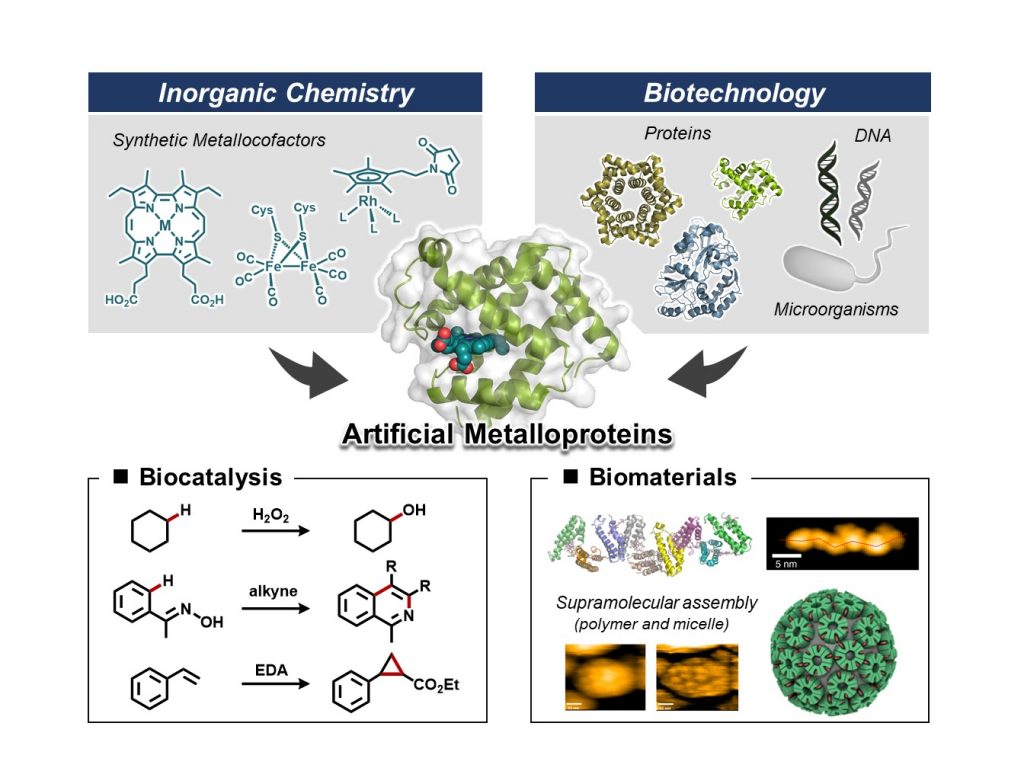
Research in our group seeks to bring the experience and tactics of strategies of organic methodology development based on synthesis of potential molecules. Especially, our interests are focused on efficient, selective, and environmentally benign methodologies for synthesis of valuable molecules. The new methods have been developed for the synthesis of useful molecules as building blocks for organic synthesis, fullerene derivatives directing toward functional materials, and natural products.
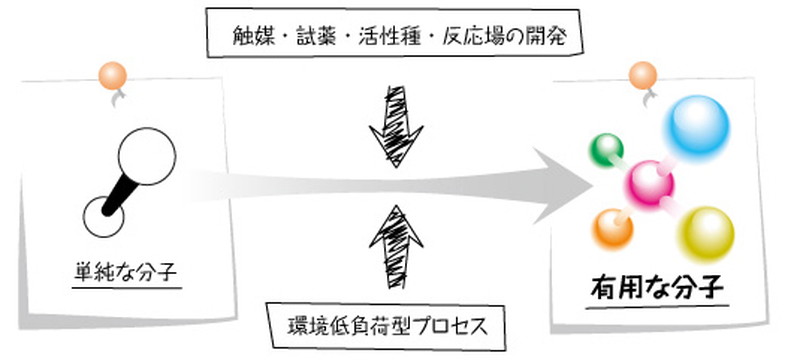
When atoms condense, solids form and exhibit physical properties that we cannot imagine. We focus on inorganic solids, such as transition metal oxides, and promote solid-state chemistry research by synthesizing epitaxial films and bulk samples with atomically controlled structures and exploring their physical properties. We are developing various functional materials such as two-dimensional ferroelectrics, hydrogen storage oxides, ion-conducting solids, and environmental catalysts.
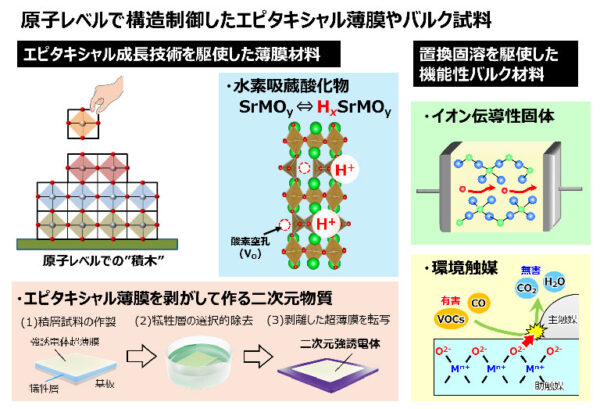
Polymer materials chemistry area deals with new functional polymeric materials on the basis of our original designs and syntheses. We have developed a new class of biomass plastics from renewable resources including originally designed cellulose nanofibers and biopolyesters, a new fabrication method of nanoporous polymer monoliths and their applications in medical, environmental, and energy fields, and adhesive method for hydrogels.
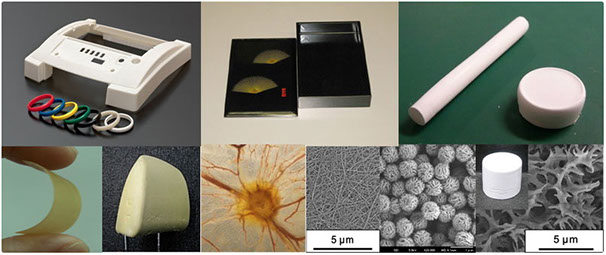
Our research targets are (1) formation of hierarchical nanostructure of soft materials such as polymers, molecules, and organic-inorganic hybrid materials, (2) development of novel measurement technique, and (3) design and synthesis of conjugated polymer materials having optical, electrical, and magnetic response aiming at application such as organic photovoltaics and functional devices. These materials are utilized in nano-structuring and functionalization, which is characterized at single molecular level.
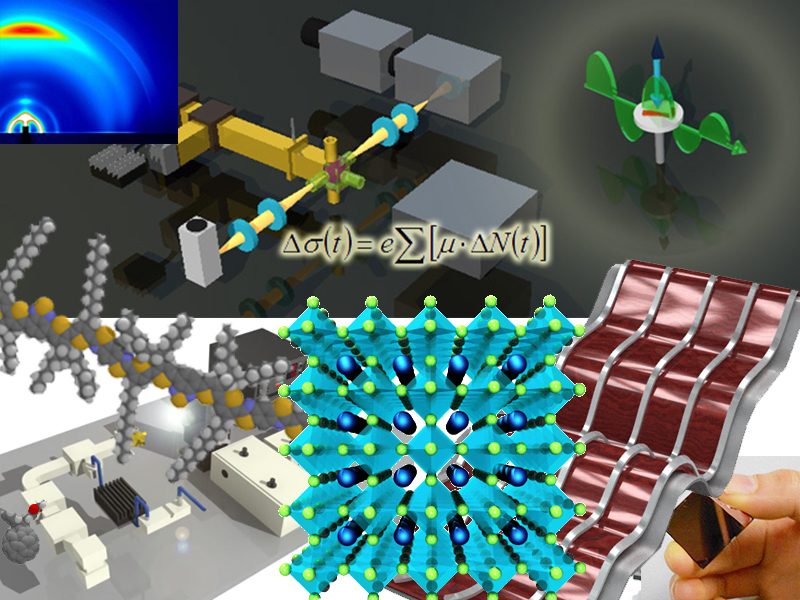
Organic Electronic Materials Science Area
We have been studying organic electronic materials and their application to electronic devices such as organic light-emitting diodes, organic thin-film transistors and organic solar cells. We intend to develop new concept devices and materials by understanding fundamental properties of organic materials. This interdisciplinary field includes a wide range of academic area from organic chemistry for designing one molecule to physical chemistry for understanding solid state properties, and device physics based on semiconductor engineering for improving performances.
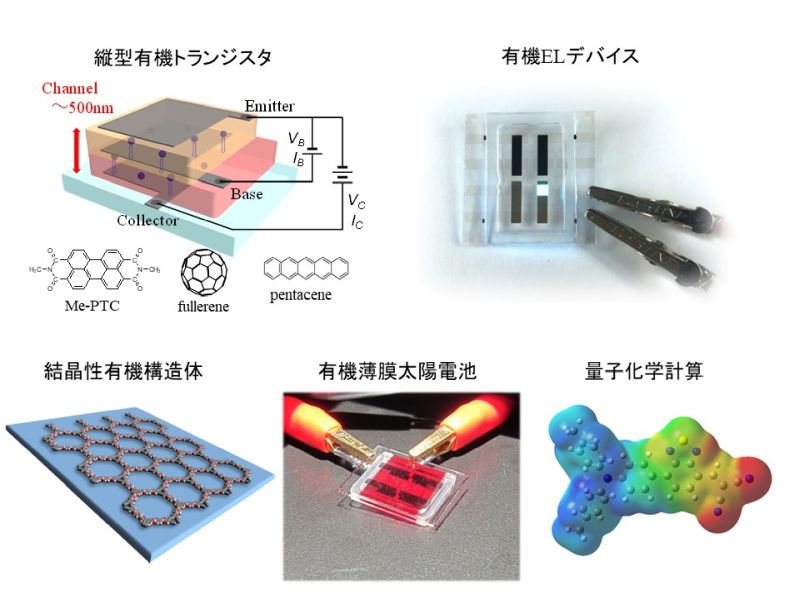
We design and synthesize a wide variety of new inorganic solid materials, mainly alloys and ceramics, to develop innovative catalysts. The reactions include effective utilization of shale gas and CO2, hydrogen production, and nitrogen conversion, aiming to create catalysts that can contribute greatly to the development of the chemical industry and the improvement of the global environment. We also aim to elucidate the principle of catalysis in detail in an atomic level from a physicochemical viewpoint, and to pursue and advance fundamental science.
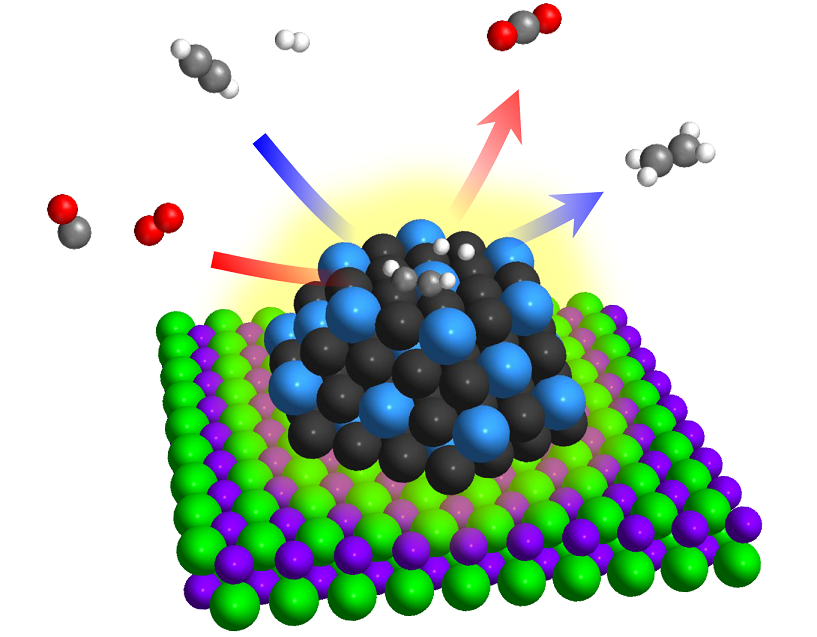
Based on photo- and radiation-induced chemistry of organic and inorganic compounds, we are studying chemistry of highly reactive intermediates, new synthetic chemistry, and new molecular devices and functional materials including photofunctional surface and biomolecular systems.
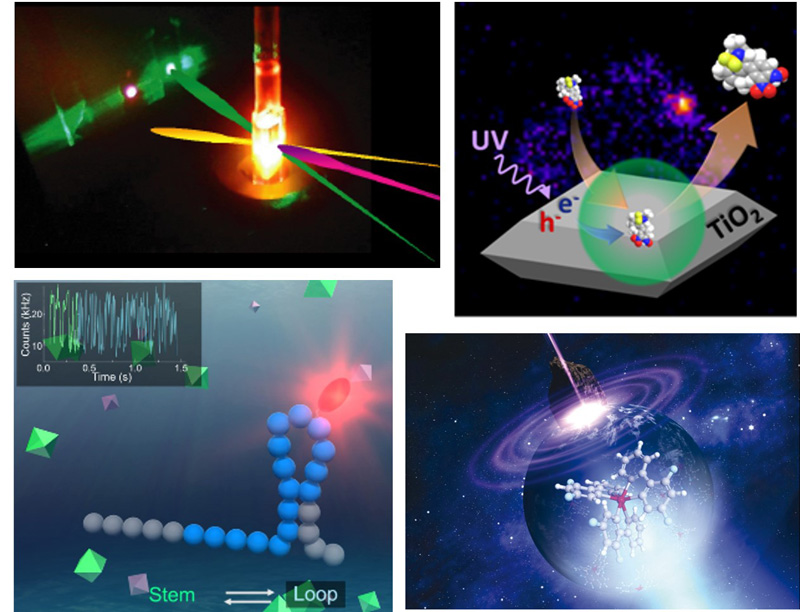
Our main subject is the development of novel molecule-based materials with promising electronic and photoelectronic properties for organic and molecular electronics. The research is based on the elucidation of the relationship between molecular structures and physical properties to control and improve the functions. We conduct integrated research: molecular design/synthesis, physical/chemical properties, and application of these organic semiconductors to electronic devices such as organic field-effect transistor (OFET), organic solar cells (OSC), and single-molecule electronics.
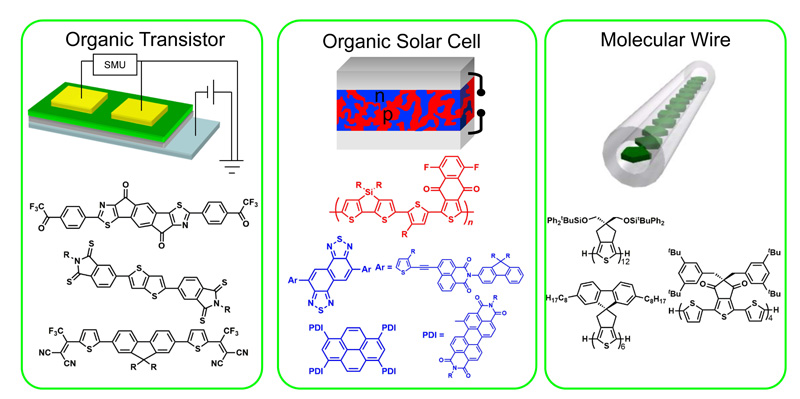
This center is currently investigating the asymmetric photochemistry and chiral luminsecence materials, and highly selective and sensitive methods for the analysis of hazardous chemical substances.
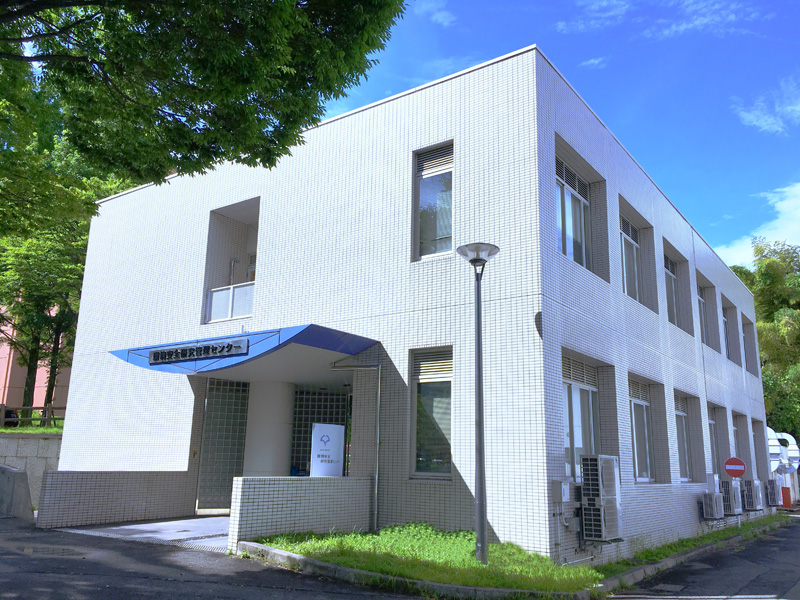
Department of Functionalized Natural Materials [The Institute of Scientific and Industrial Research]
Cellulose is the most common and abundant bioresources, mainly originating from higher plants. We extract cellulose nanofibers with widths of 3-15 nm from wood pulp, and are currently conducting the development of various cellulose nanofiber-based materials, such as transparent paper, for electronic, catalytic.
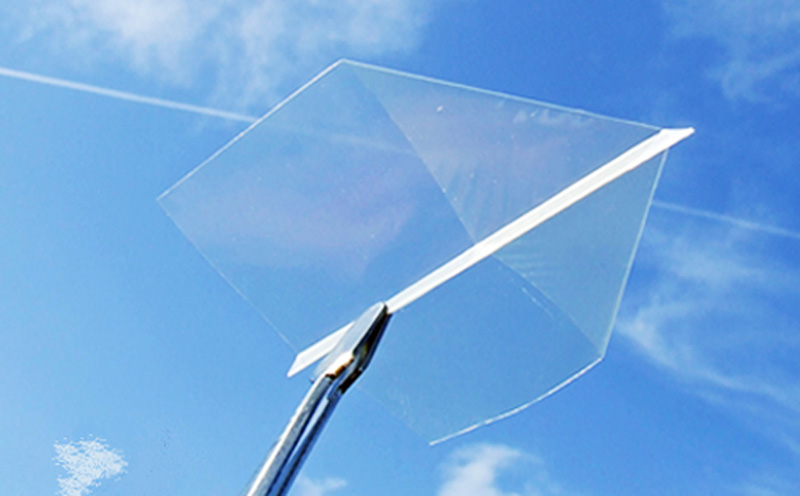
The industrial application of quantum beam will rapidly expand in the field such as high-volume production of semiconductor devices. In Department of Beam Materials Science, the radiation-induced chemical reaction and reaction field have been investigated using state-of-the-art quantum beam (electron, extreme ultraviolet radiation, laser, synchrotron radiation, X-ray, gamma-ray, ion beam). We have studied the chemical reaction system from the energy deposition on materials to the expression of material function. On the basis of these studies, we have designed a noble chemical reaction system.

Biochemical engineers are required to possess an integrated knowledge of governing biological properties and principles of chemical engineering methodology and strategy. We deal with the design, operation and optimization of bioprocesses concerned with the production of biological product by microbial and mammalian cells, including up- and down-stream processing working with industries. Current topics are mammalian and microbial cell and cell culture engineering for the production of biologics. Target biologics are enzymes, cytokines, therapeutic antibodies, vaccines and stem cell for cell therapy and drug evaluation.
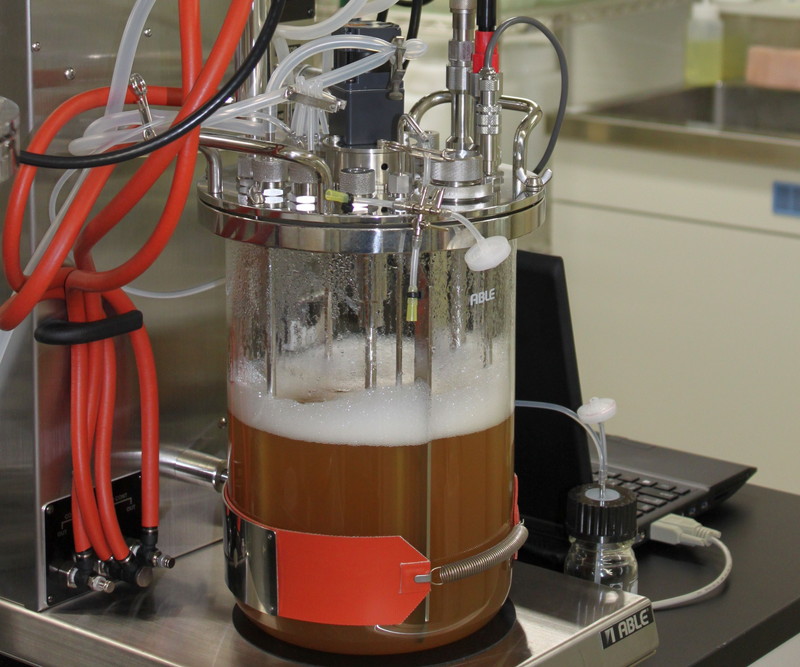
In a turn of the century, environmental, food and energy problems are becoming more inevitable. Now is the time to develop an environmentally friendly and sustainable socialsystem; biotechnology plays a key role in this challenge. Bioresource Engineering is a technology in search of a “core biological agent”, and to evaluate its practicality. Our laboratory challenges the issues utilizing metabolomics and imaging mass spectrometry as our core competence. Our mission is to raise human resources, who will be the international leaders of the Biotechnology field.
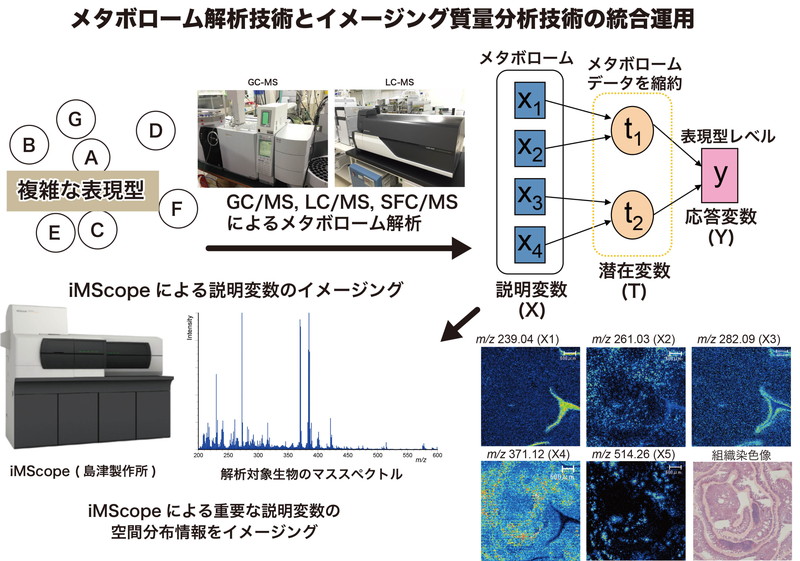
Many chemicals have been released into the environment in our modern society. However, despite much concern about possible harmful effects of the chemicals, their actual biological effects on humans and wildlife remain unclear. Our laboratory studies the biological responses elicited by environmental chemicals and is also establishing a new system for detecting chemicals using biological materials.
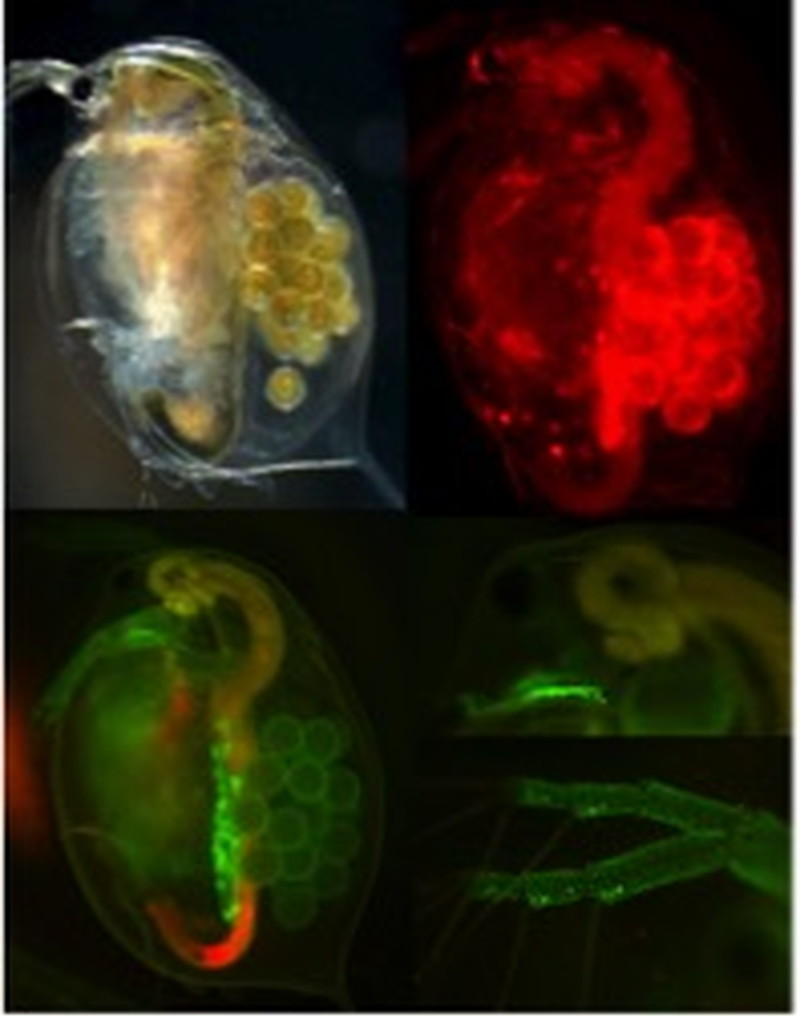
Foods and drugs are produced by using biotechnology approaches. Our laboratory aims at contribution to produce food and drugs with higher quality and more safety though understanding physico-chemical properties and functions of biopolymers such as proteins, nucleic acid oligosaccharides. We are also engaged in the development of states-of-arts methods including mass spectrometry and modern analytical ultracentrifugation for deep and total understanding of the systems. Biophysical and biochemical analyses of food and food products are also conducted.
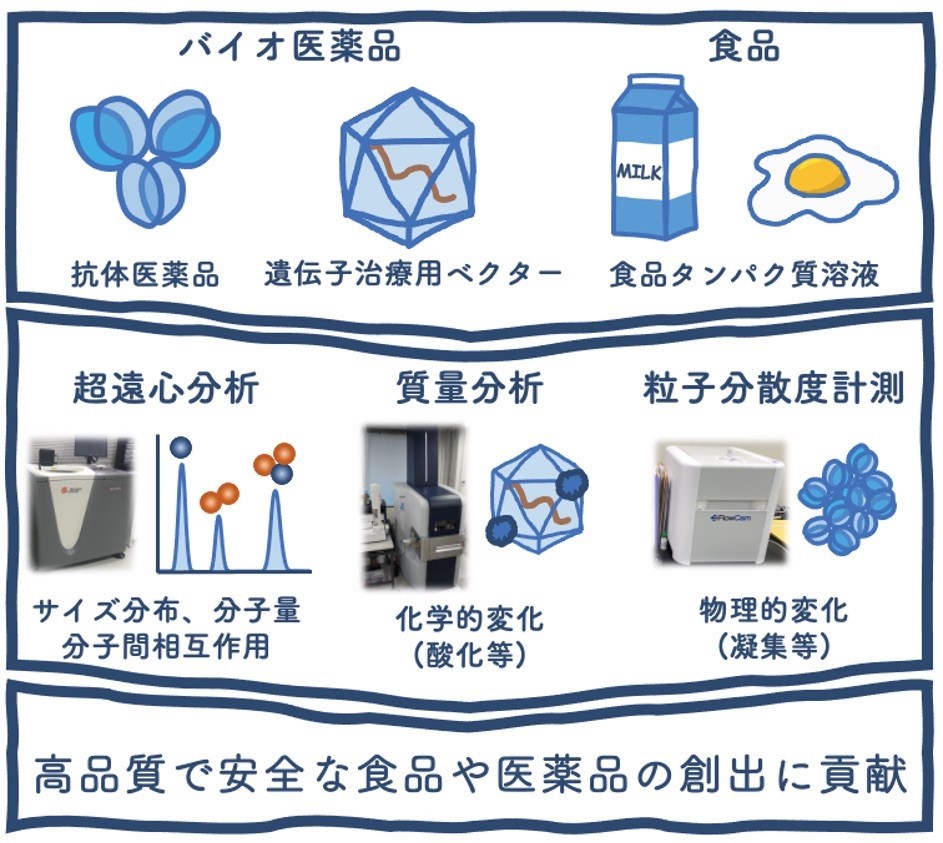
Plants produce a huge variety of specialized metabolites with different biological activities. Our primary interest is to understand the regulation and the synthesis of these compounds in plants identifying the genes involved in its biosynthesis and producing them using genetically modified organisms (bacteria, yeast, algae and model plants). More recently, we are promoting the study of valuable crops in a changing environment by combining genomics, metabolomics and genome editing technologies. Our goals and findings may contribute to promote health and increase food production in a climate-changing world.
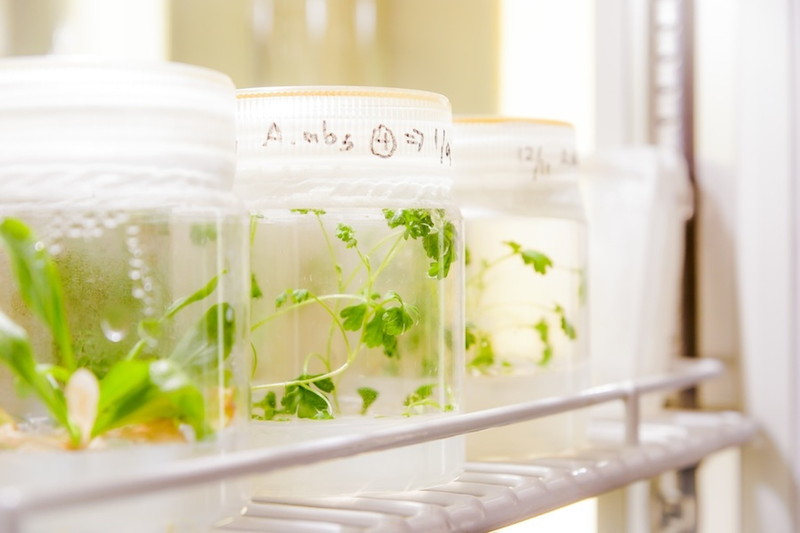
We are conducting applied research on cell manufacturing such as modeling, optimization, measurement, and process development by elucidating biological phenomena for human tissues. In particular, we are working on the design, quality evaluation, and stabilization of stem cell manufacturing processes, including iPS cells and mesenchymal stem cells, which are expected to be applied to regenerative medicine.
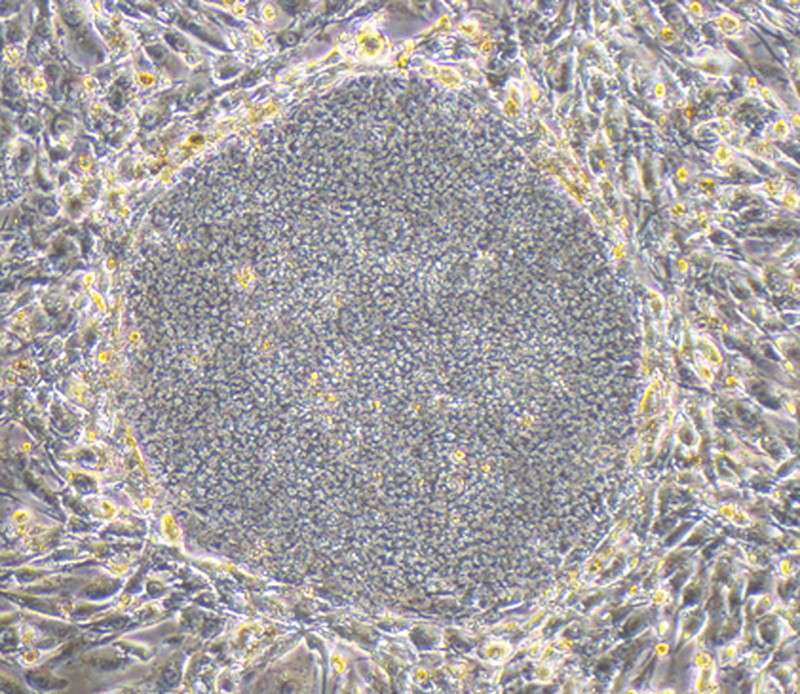
Functional Microbe Technology Area
The vision of our laboratory is to create innovative biotechnologies to realize a society where everyone can live in comfort. To realize this vision, we are developing next-generation biotechnologies by analyzing, reconstructing, and applying the extremely diverse functions of microorganisms by expanding the framework of omics science, information science, and synthetic biology.
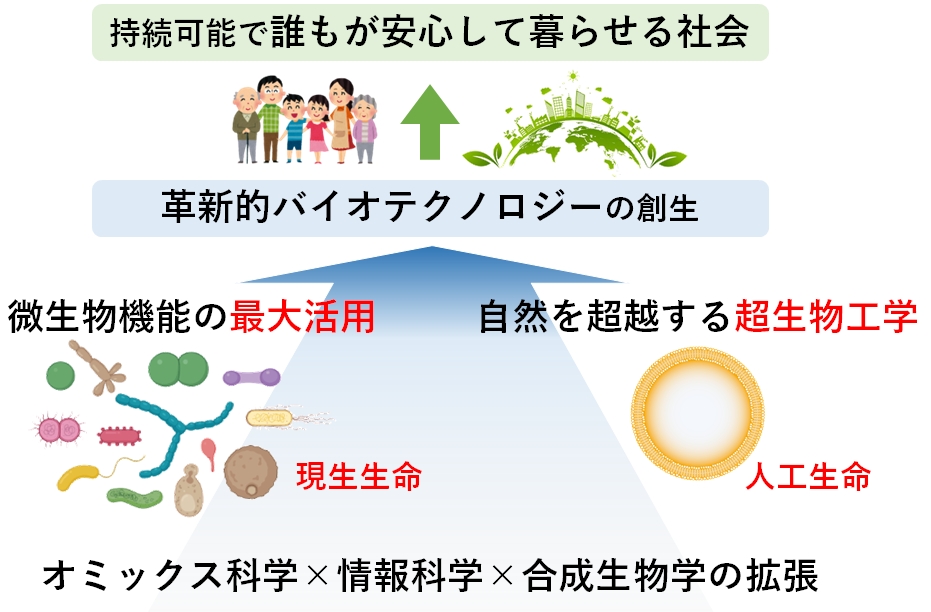
Among a wide variety of living organisms, our group is focusing on microorganisms owing to their great diversity and unique physiology. We are working on (i) the identification and characterization of biomolecules underlying the unique physiology of microorganisms, and (ii) their application to the development of industrially useful technologies (e.g., those for chemical/pharmaceutical manufacturing, waste treatment, and energy production). Currently, we are particularly interested in biomolecules derived from extremophiles, such as thermophiles.
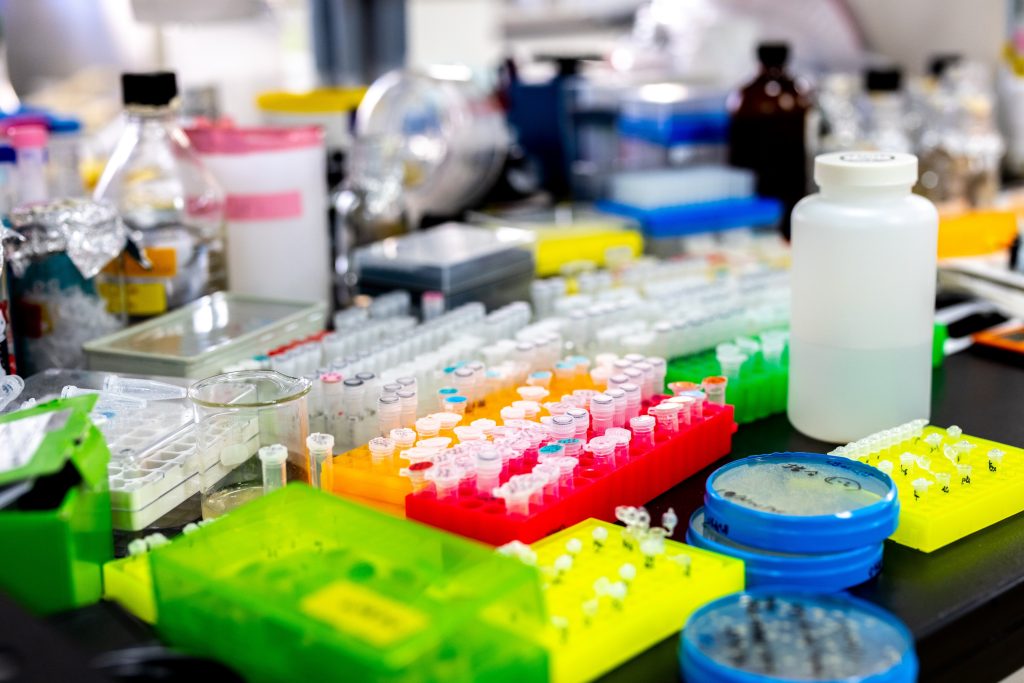
We are studying the development of human pharmaceutical protein production systems in various bioreactors such as plants, insects and microorganisms. Especially, we are focusing on the glycosylation that affects the drug efficacy. Our challenge is to produce human friendly-recombinant pharmaceutical proteins with basic glycoscience and glycoengineering. We are in progress toward discovery of microorganisms with new and remarkable potentials with the international cooperation among Southeast Asian countries in the aspects of research and educational advancement.
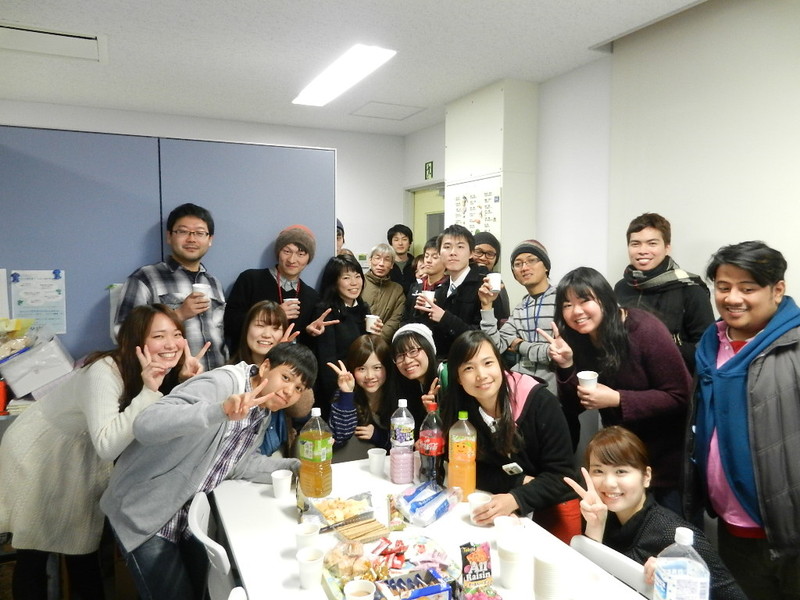
For the progress of advanced technology and basic science, it is indispensable to improve the performance of functional materi-als, and also to create materials with new functions. The aims of our researches are 1) to develop new Earth-conscious technol-ogies for the formation of high-quality functional thin films, 2) to create new functional materials, the surface, interface and bulk properties of which are controlled at atomic level, and 3) to fabri-cate highly-functional thin films and to apply them to actual elec-tronic devices. At present, by using atmospheric-pressure, very high-frequency (VHF) plasma, we focus on developing high-rate, low-temperature and ecoclean film growth technologies and also on studying their applications to the production of solar cells, thin film transistors, thin film sensors, and new functional devices.
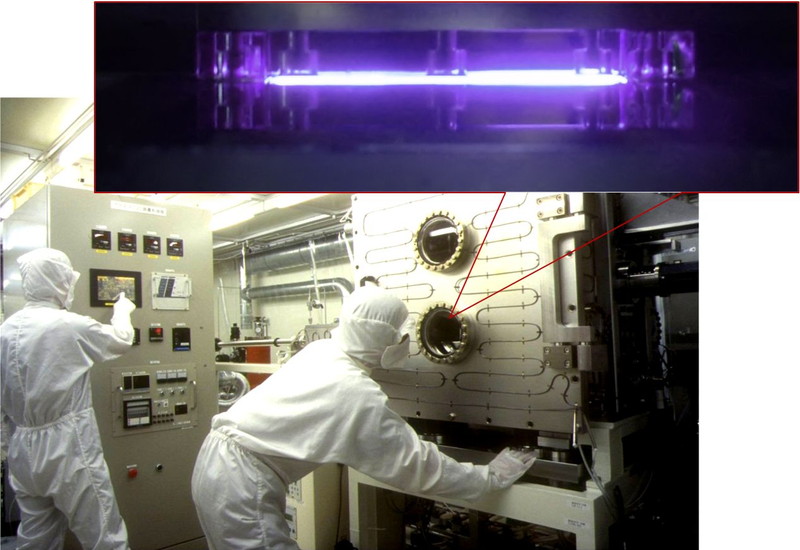
In order to realize manufacturing technology with extreme precision, it is essential to understand the interactions between solid-liquid and solid-gas interfaces at the atomic and molecular level and to control them based on science. Our laboratory conducts research on ultra-precise surface measurement using microscopes that can visualize atomic arrangements, spectroscopic analysis that is sensitive to a few atomic layers on the surface, and high-precision simulations based on quantum mechanics. We also aim at creating high-performance semiconductor nanomaterials by novel etching phenomena and developing new surface processes. Through these efforts, we would like to contribute to the dramatic sophistication of production technology and the realization of a clean and comfortable energy-using society.
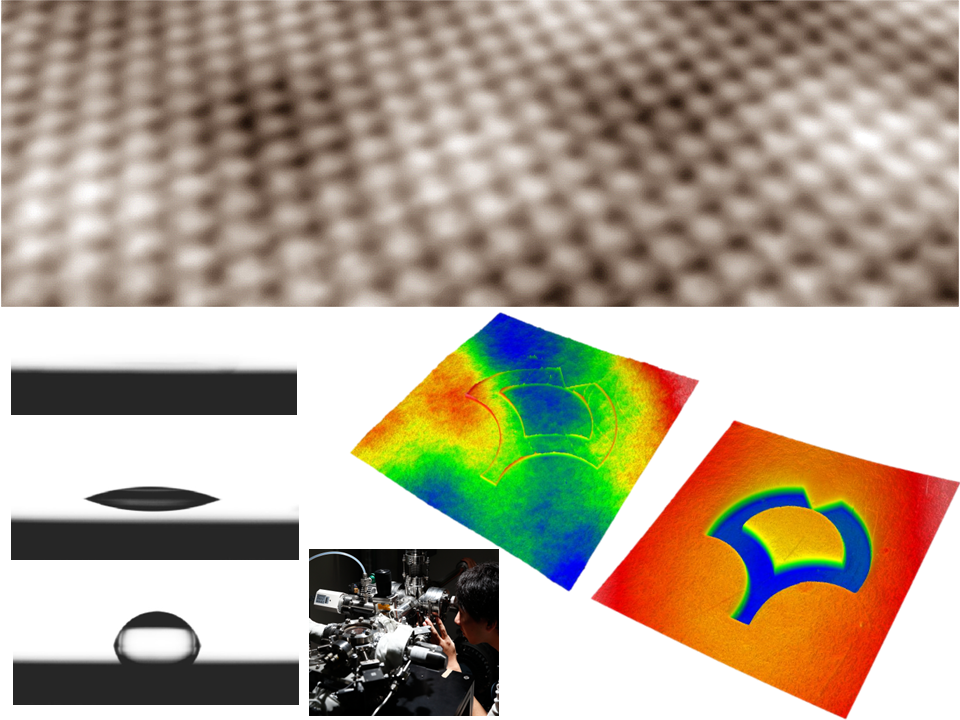
Using our original optical-acoustical measurement systems, we study mechanical behavior of nanomaterials and kinetics of biomolecules, and develop instruments for diagnosis and drug discovery. One important keyword is “resonance”. At resonance, information on mechanical and electromagnetical properties are highly enhanced, allowing high-sensitive measurements in material-biological science. We control sound via light and vice versa to investigate thermodynamic properties in nanofilms, nanowires, and nanodots, and binding and aggregation reactions among various biomolecules. We also study application of our original phonon-photon measurements for biosensors and diagnosis for neurodegenerative diseases, including Alzheimer’s disease.
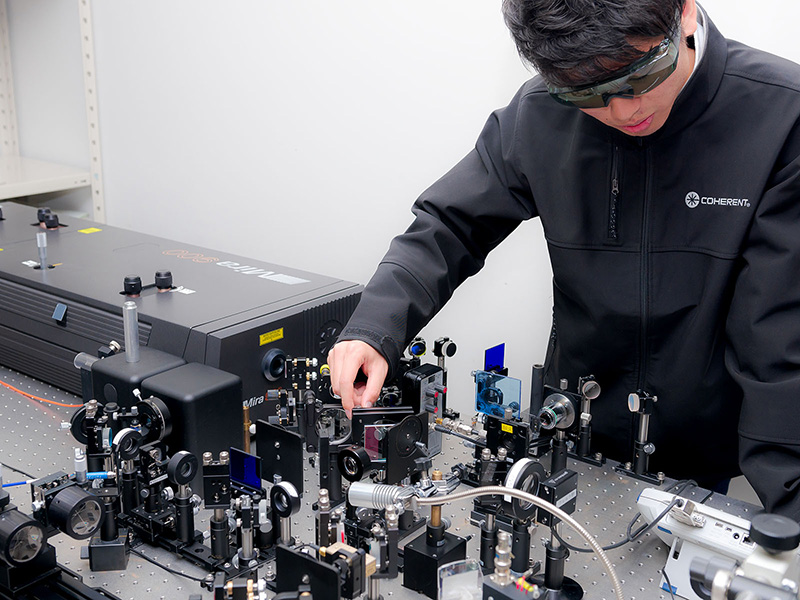
It has become possible to actually view, touch, and move atoms and molecules in the nanometer world, thanks to advances in science and technology. Today we can assemble atoms and molecules to construct synthetic nanometric structures, which do not exist in nature. In such a microscopic world, we expect to discover various special physical phenomena, states of electrons, electron transport properties, and quantum effects, which are currently unknown. Our laboratory is developing new equipment to precisely measure minute physical and chemical quantities of atoms and molecules. Based on the knowledge gained through these measurements, we are developing novel devices that work on new concepts, thereby contributing to the ultimate “product realization” using atoms and molecules. We consider the synthetic creation of novel nano-materials an important innovation frontier for the future of an advanced information society.
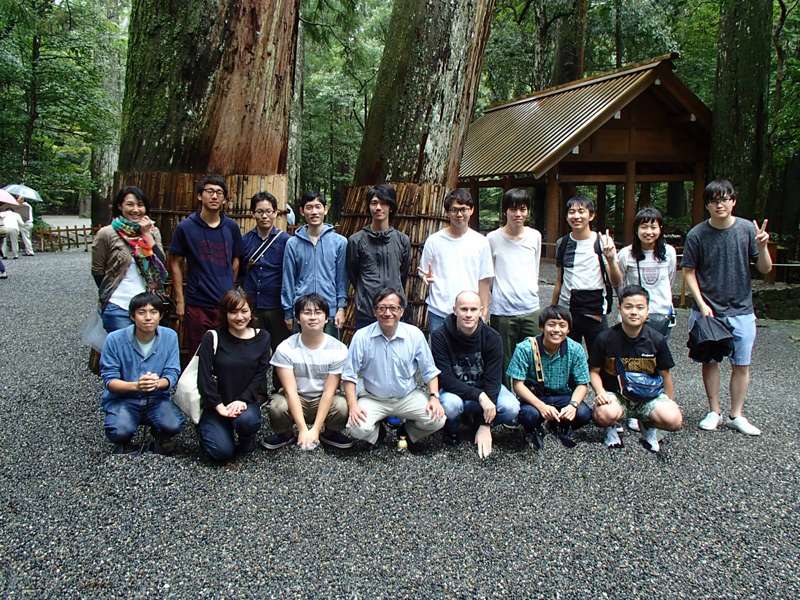
Science makes great progress when turning the invisible into the visible. The “atomic-scale surface creation” we have studied is the core technologies that contribute to the progress. By utilizing active molecules in plasma and active nanoparticles in a solution, our laboratory has succeeded in creating the ideal shape with an accuracy of 0.5 nanometers and making the surface the most smooth in the world. We have established technologies to fabricate X-ray mirrors and semiconductor substrate surfaces at the atomic level. X-ray mirrors, which are installed into X-ray microscopes that can observe nanostructures and cells, and X-ray space telescopes that advance astronomy, have enabled us to explore new frontiers of science.
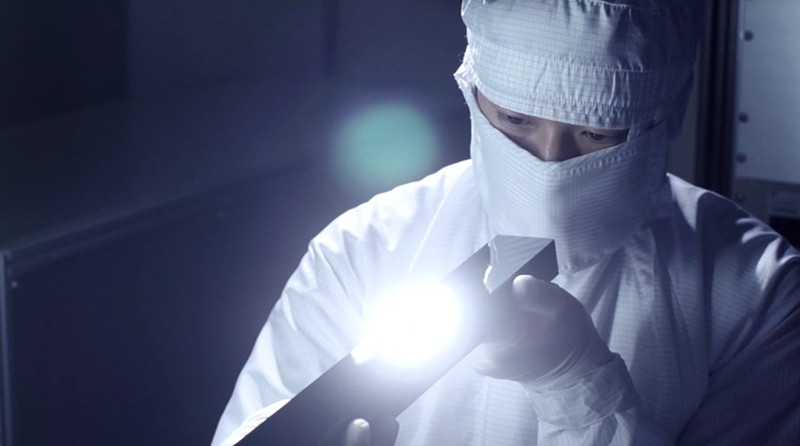
To develop highly functionalized materials for various applications such as electronic devices, solar cells, highly efficient fuel cells, organic devices, and so on,it is important to clarify behaviors of electrons and atoms in materals in detail. However, it is often difficult to elucidate such microscopic phenomena experimentally. To this end, we employ first-principles computer simulations and observe electrons and atoms in atomic scale and predict properties of new materials. We develop computer simulation programs based on “Quantum Mechanics” and by using those programs on super computers, we investigate physical and chemical properties of materials and clarify the origins for those properties. Based on these investigations, we propose important factors to desing new efficient materials and contribute to fields related to industry, energy and enviroment which are important in fugure of our society.
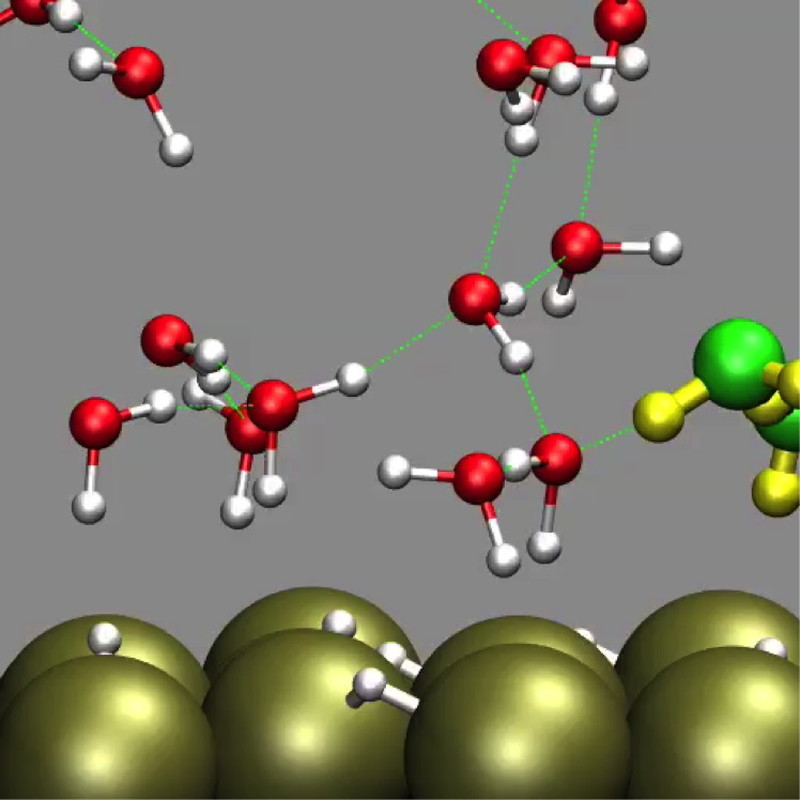
Humanity is confronted with many global-scale issues that include depletion of fossil energy and other natural resources, food shortage and population explosion, climate change and natural disaster, and urban development and poverty. Technology has the potential for significant impact to overcome these challenges and build a sustainable society. In response to the hopes, dreams, and wishes that people find through family, friends, and community, we believe that science and technology should be developed to enable humanity to responsibly coexist and thrive with nature in environmental harmony. To realize a sustainable and prosperous future, we aim to facilitate technological innovation by designing new materials, combining dissimilar materials, and introducing new structures with wide-range of capabilities contributing to next-generation of green nanoelectronics.
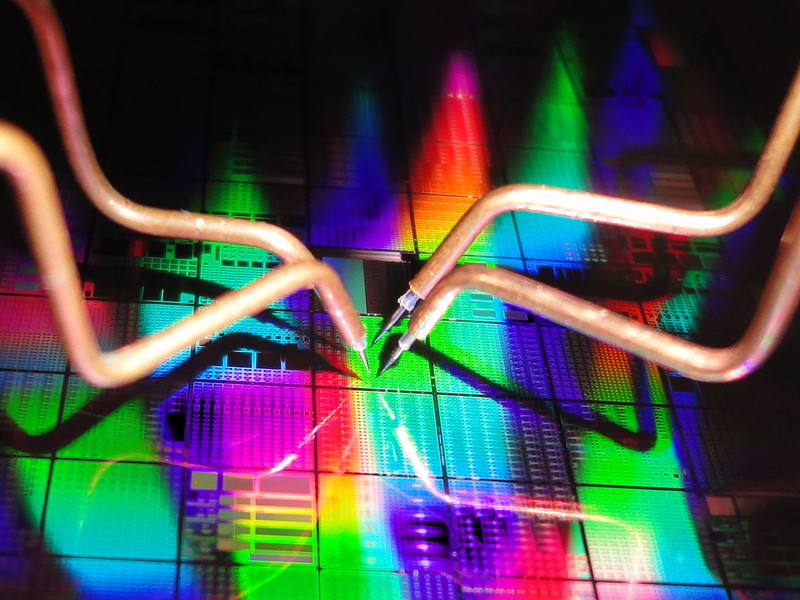
While developing innovative nanoscale imaging techniques, we are exploring and elucidating the unique physical and chemical phenomena that occur in nanomaterials. Specifically, using photo-induced force microscopy to image the induced polarization patterns of electronic transitions in molecules, we are pursuing research to understand the nature of the interaction between light and matter. In addition, we are exploring and elucidating novel catalytic reactions occurring on solid surfaces. Furthermore, we are developing techniques to visualize and analyze scattering centers and interfacial charges at semiconductor interfaces with nanometer spatial resolution, which is indispensable for the development of low power consumption and ultrafast bias.
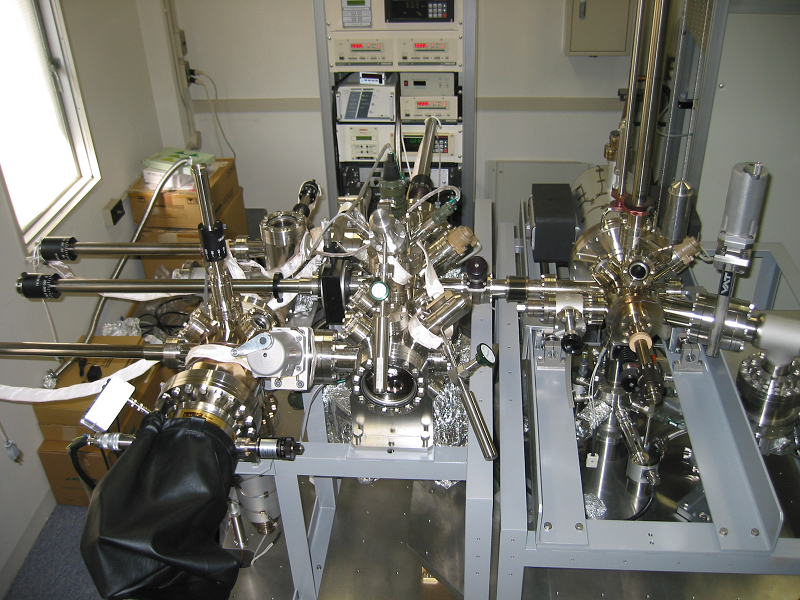
Nanomaterials, such as carbon nanotube (CNT) and graphene, have attracted considerable attention because of their unique and practically useful physical properties completely different from “bulk” materials. Our laboratory promotes the research to create novel functionalities from the nanomaterials by manipulating their structures and to apply them to future nanoelectronics. Our fabrication processes utilize originally designed apparatus such as multi-temperature zone CVD and solar furnace for ultrahigh temperature process, and are constructed by combination of top-down and self-organized bottom-up approaches, based on fundamental understanding of atomic processes on surfaces.
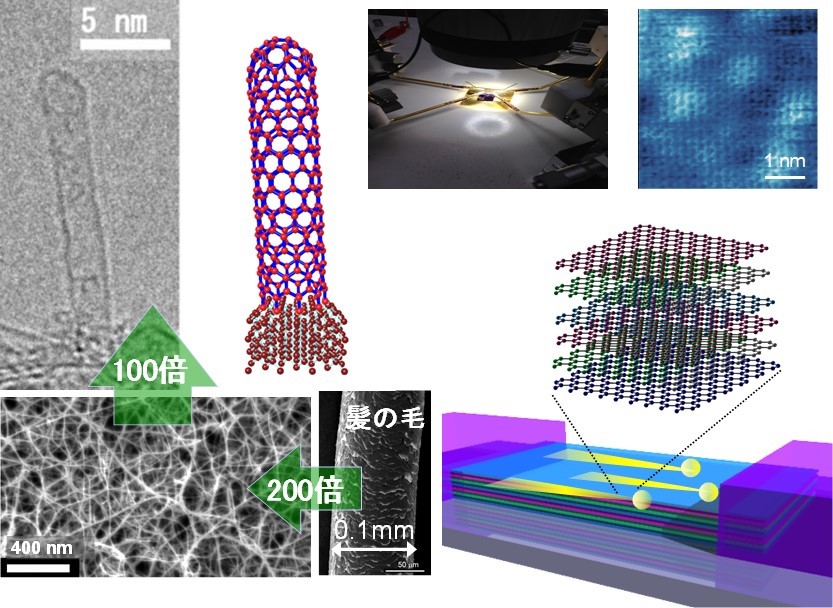
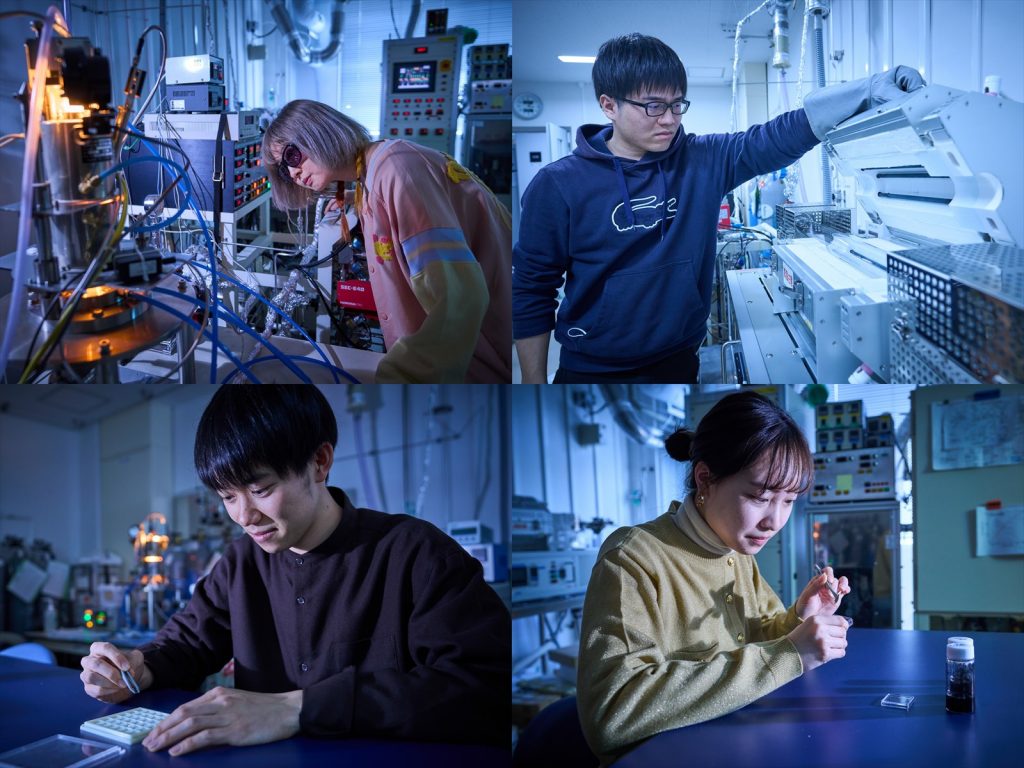
It is interesting to see nanoscale objects with light. Because the light directly interact with objects, it is possible to obtain rich information about molecular components in objects. Our group has been developing a spectroscopic technique with nanoscale spatial resolution. By combining plasmonics or near-field effect with some spectroscopic methods such as Raman scattering or photoluminescence, we can see nano-world with the visible light.
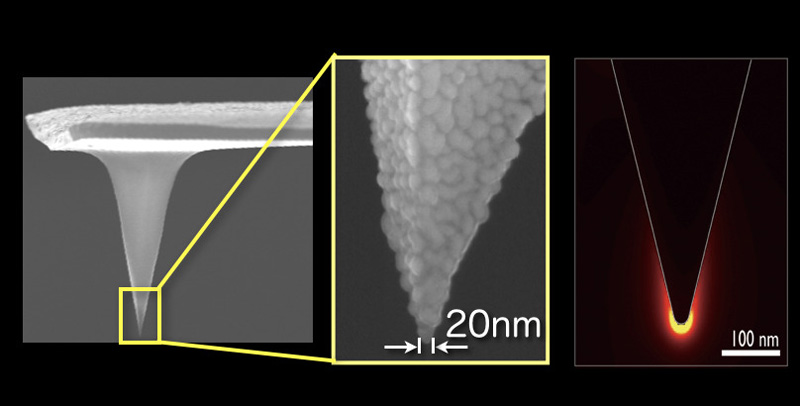
Fujita group studies light-molecule/light-ion/light-atom interaction and explore nanophotonics to visualize and manipulate the nanoscale world. The nanophotonics technologies are expanded to create brand-new technologies for imaging, sensing and devices used in material and biomedical researches.
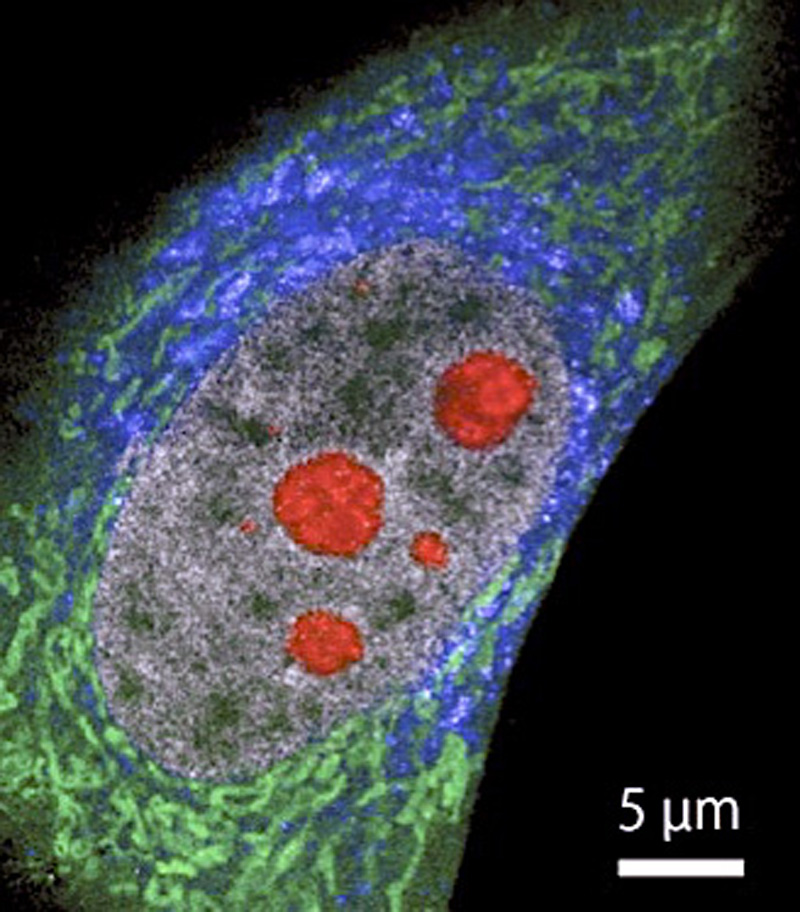
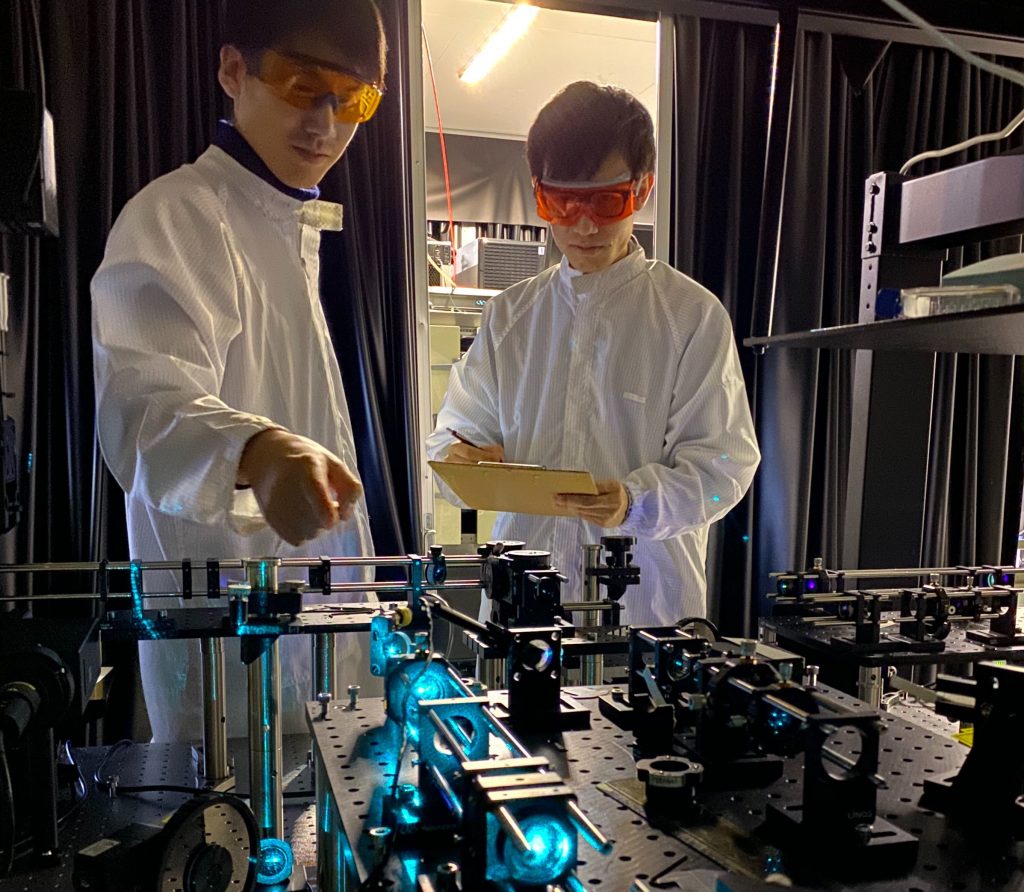
Our research interest is to investigate the unique and exotic physical phenomena of nanometer scale materials, which are formed on solid surface and do not exist in nature, and to open a new avenue toward the realization of next generation devices with high efficiency. In addition to the on-campus equipment that we have developed, we are actively conducting research at different facilities, such as synchrotron radiation facilities located all over the world.
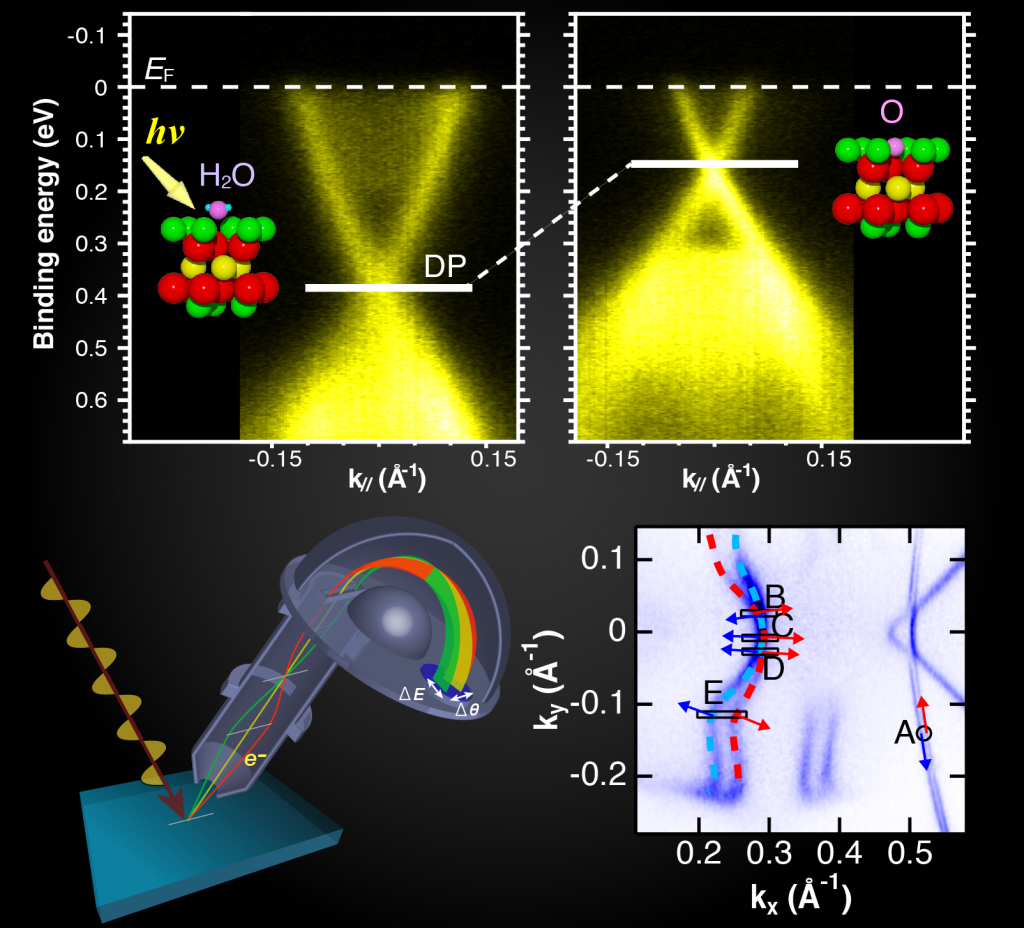
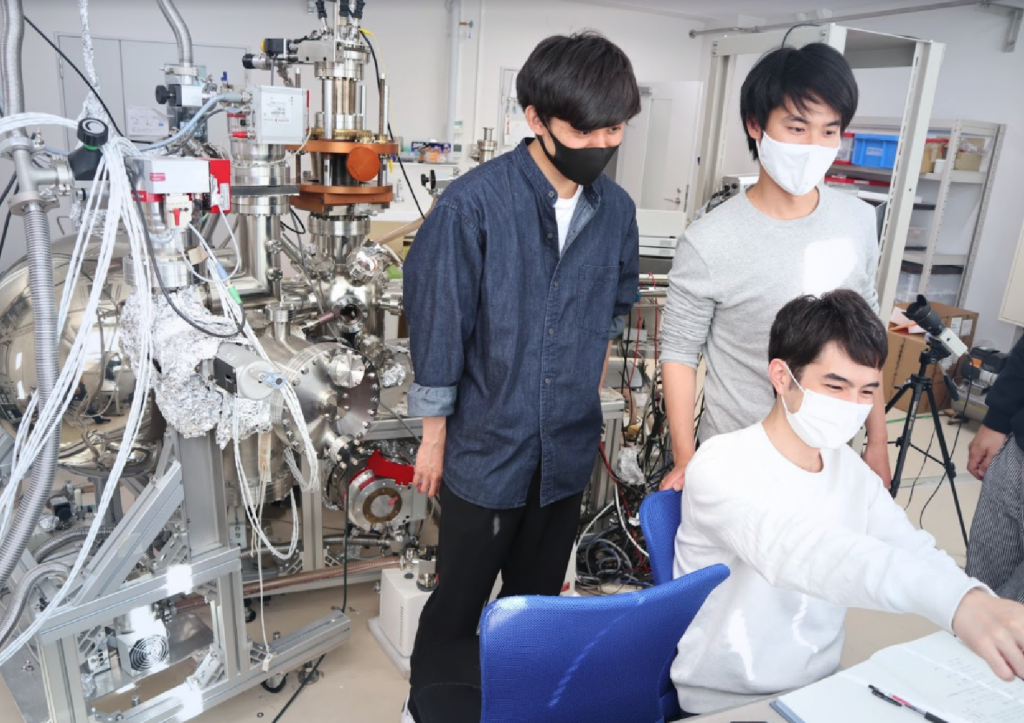
Our laboratory aims to realize innovative nanophotonic devices through basic research based on plasmonics and/or metamaterials. In metamaterials, we are conducting research on metasurfaces, which are two-dimensional metamaterials. This is an array of metal nanostructures and/or high-refractive-index dielectrics as Mie resonators arranged on a planar substrate. By controlling the scattering and absorption of meta-atoms, we have succeeded in realizing various functions such as color printing showing a diffraction limit resolution, perfect absorber and infrared emitter. At plasmonics, we are researching plasmonic waveguides and hyperbolic metamaterials. In this way, we aim to realize an ultra-fine and low power consumption photonic device that was considered impossible in principle due to the diffraction limit. In addition, by applying the metasurface-based perfect absorber to a thermal radiation filament, we have realized a prototype of a high-efficiency eco-light bulb that controls blackbody radiation.
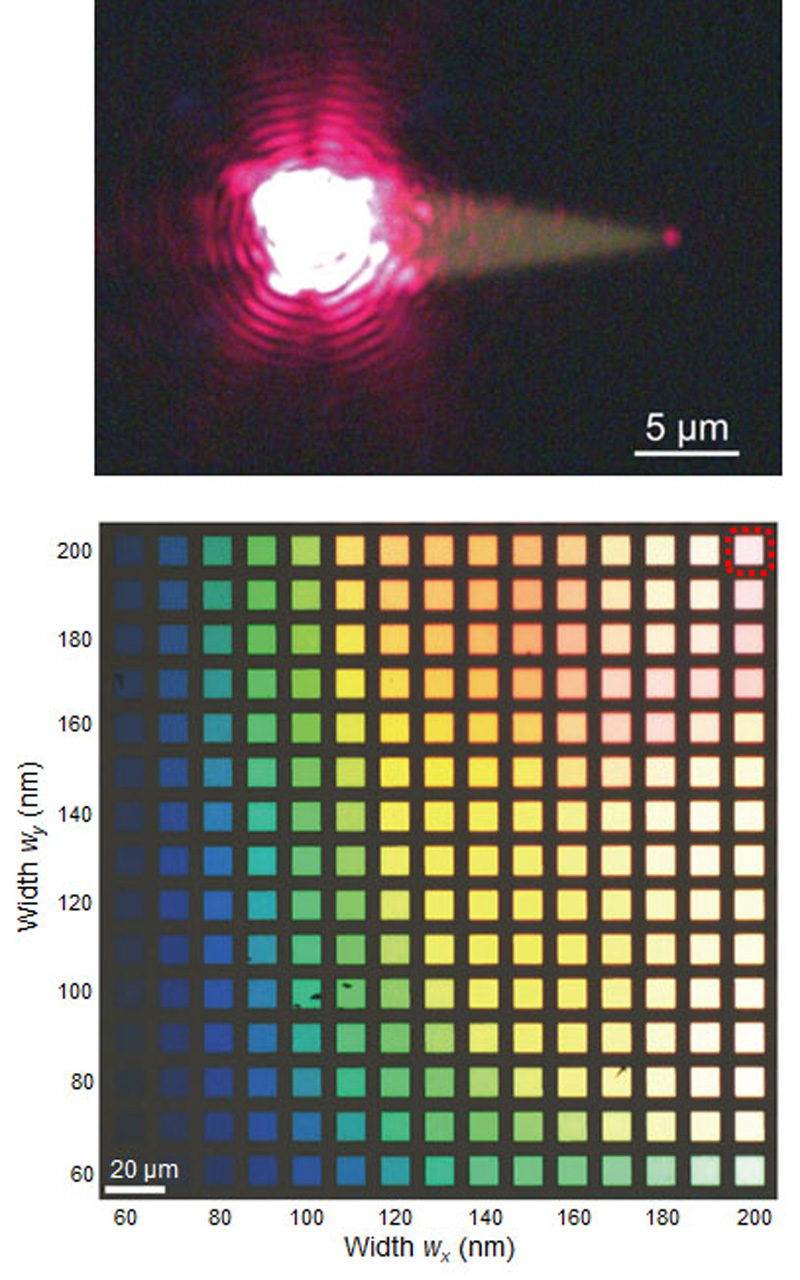
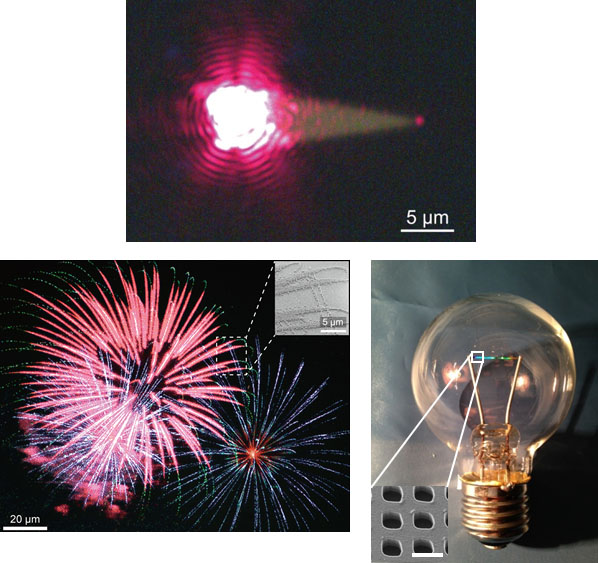
We are exploring novel materials and biological functions by using adavanced optical manipulation and measurement techniques.
1) Production of highly ordered organic and biological matters by using laser:
By utilizing physical stimuli of lasers (e.g., heat, electric field, etc) that enable us to control assembly and allighment of micro- and nano objects, we are trying to create innovative materials (electronic devices, pharmaceuticals, artificial cells, etc.) with desired structures and functions that cannot be produced by conventional methodologies alone.
2) Elucidation of unique structures and functions of soft matter:
We are investigating unique structures and functions of soft matter such as biological membranes, gels, and cellular tissue (organoids) by using non-invasive optical measurement techniques that do not disturb weak attractive and/or repulsive forces in the system.
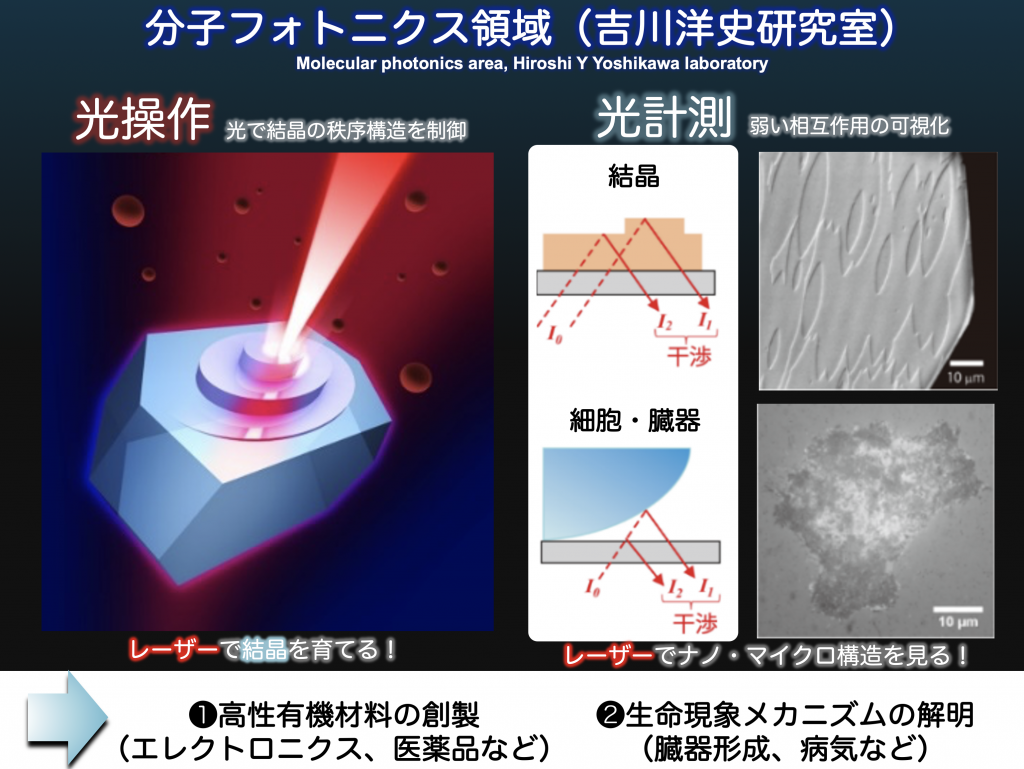
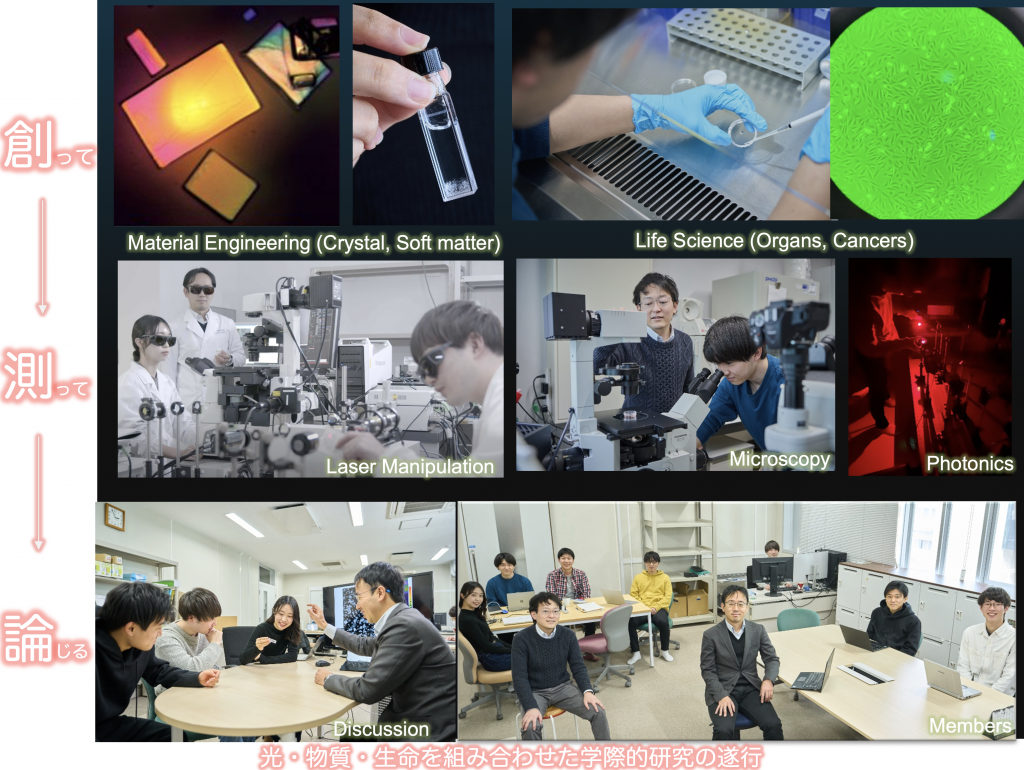
Advanced Engineering Physics Area (Ono Lab.) focuses on developing advanced advanced measurement and analysis techniques using quantum beams such as X-rays and neutrons, in combination with informatics technology. Our projects include X-ray microscopy for multi-scale characterization, machine learning-aided data analysis, laboratory automation, and AI optimization of experimental parameters.
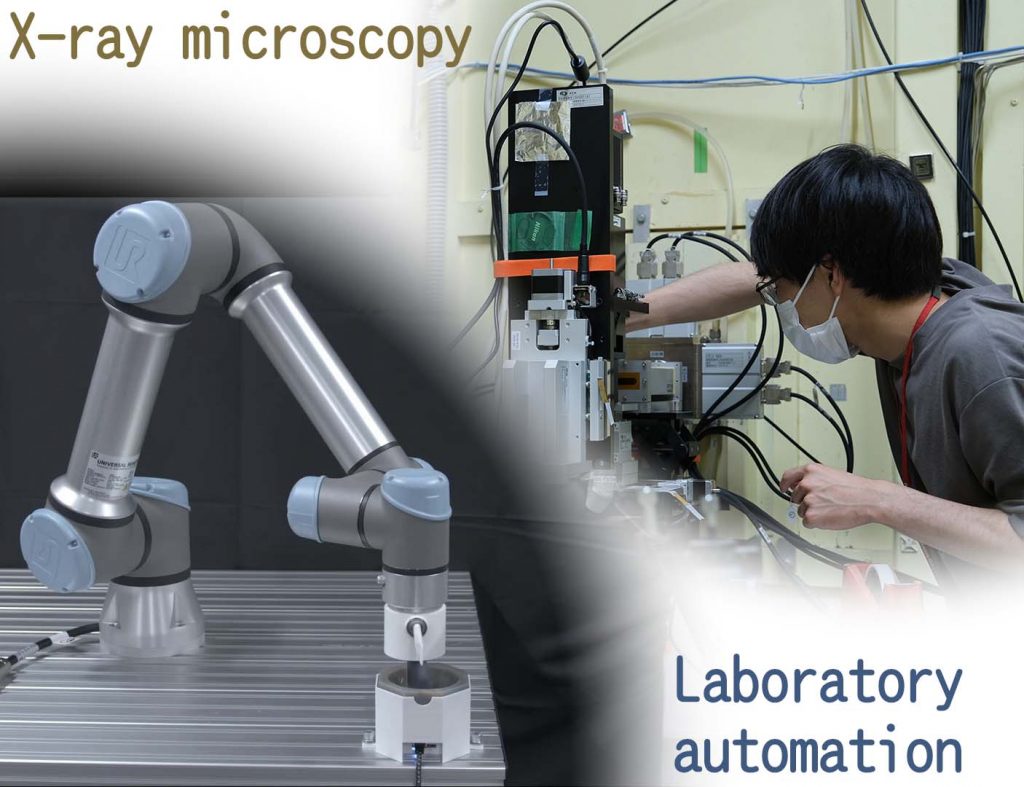
To find universality, understand the physical mechanism behind natural phenomena and the emergence of function, we conduct research and education in theoretical condensed matter physics, supported by cutting edge experimental techniques. We focus on dynamical processes and related properties at Surfaces and Interfaces of materials, size and complexity ranging from the nano-scale to biological processes. We also develop novel and practical techniques, whenever the need arises, and pro-actively make the resulting know-how available for immediate industrial implementation.
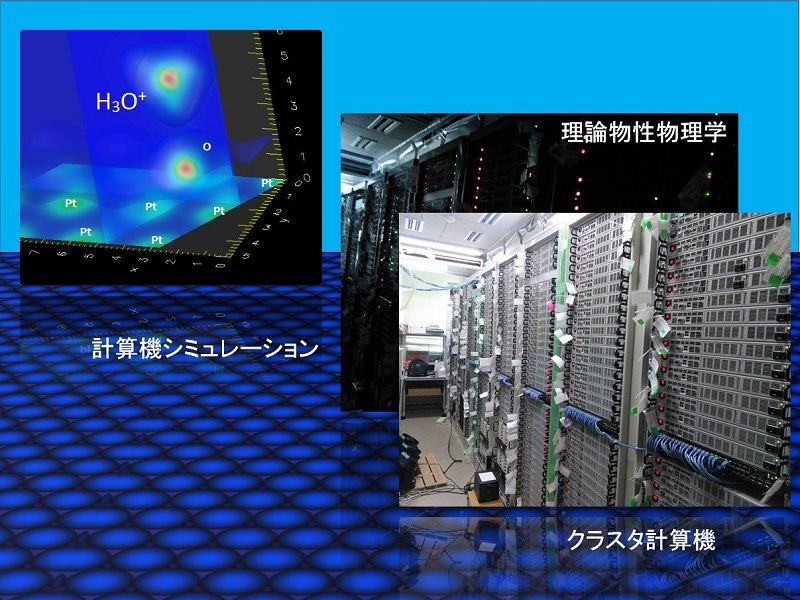
The semiconductor photocatalyst has the high resolution function for the organic matter, a self-cleaning function and photoexcited hydrophilic function, which carries the important role to various environment purification. However, the reaction mechanism has not been understood completely. We use the scanning probe microscopy (SPM) such as atomic force microscopy (AFM) and Kelvin probe force microscopy (KPFM) etc., to investigate the properties of physical and chemical, to explore and elucidate the new physical phenomena such as the photocatalyst process of the photo induced surface carrier on solid surface, liquid-solid interface. This research relates the discovery of the novelty materials with new properties of matter and can develop the catalytic design with the new function, which is different from conventional catalyst. Target one is Au NPs deposited on rutile TiO2(110) surface under gas condition at low temperature. Target two is Au NPs deposited on anatase TiO2(001) surface at low temperature. Target three is Pd nanoparticles (NPs) deposited on Al2O3/NiAl(110) surface under carbon monoxide gas (CO gas) condition.
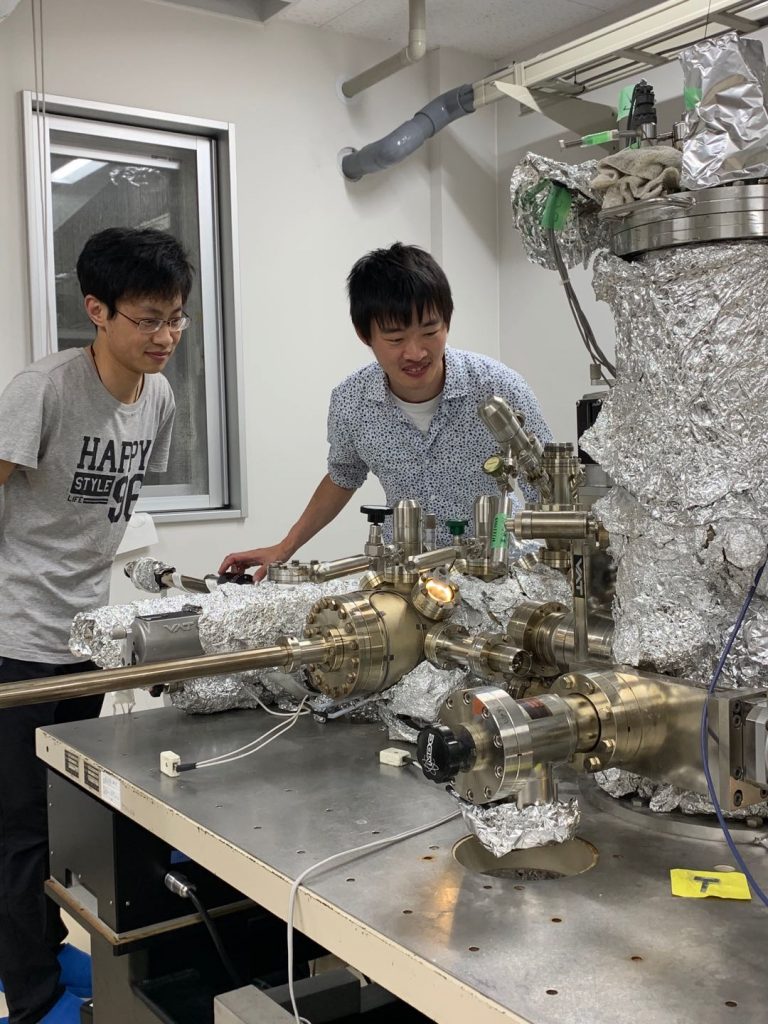
We carry out research on nano-biophotonics, a new research field that spans the fields of nanotechnology, biology, and photonics. We develop techniques to observe living cells and biomolecules with an ultra-high spatial-resolution and sensitivity by utilizing nanotechnology, vibrational spectroscopy, and non-linear photonics.


In our laboratory, we aim to solve real-world problems by gaining an understanding of the underlying mechanisms that cause changes in the electrical, optical, and magnetic properties of materials when they undergo deformation or phase transitions. Based on our findings, we are trying to create nanostructures with adjustable electrical resistance in response to deformation, as well as highly sensitive hydrogen gas and molecular sensors. These developments will contribute to the creation of sustainable societies.
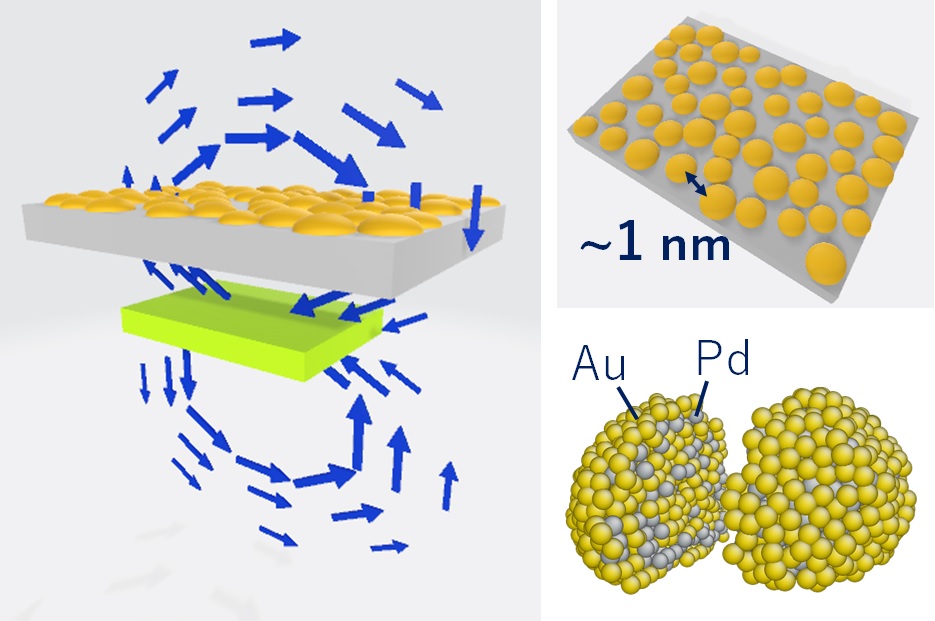
Establishment of computational theory and methodology of multiscale dynamics for microscopic open systems, which incorporates surrounding environmental effects to isolated systems.
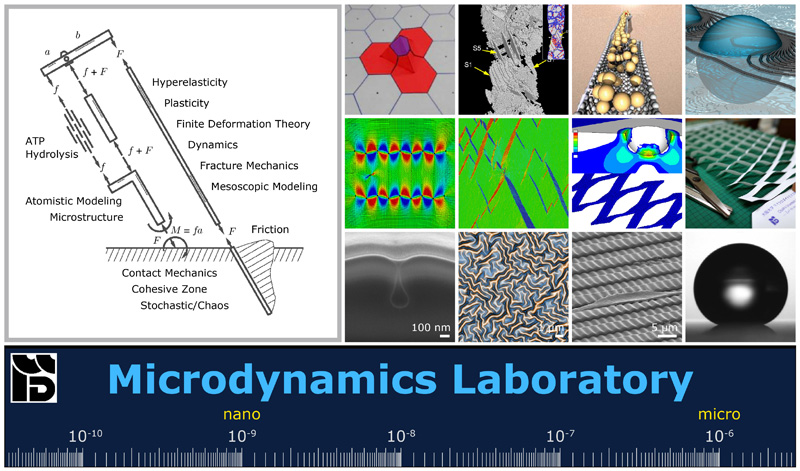
Based on analytical studies of elastic wave and ultrasonic wave in solid media, new material evaluation technique and sensing technique have been developed. In particular, studies on guided wave propagating in plate-like structures range from research of new calculation technique to development of advanced non-contact vibration measurements such as laser ultrasonics and air-coupled ultrasonics.
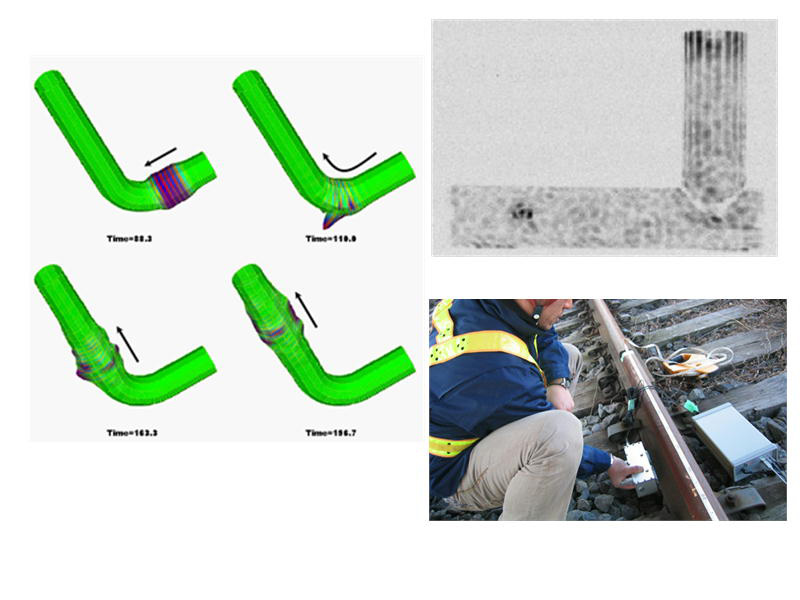
We study the physics of fluid flow, mainly turbulence, fluid-solid interaction and interfacial phenomena, using numerical simulation. The study includes development of new numerical techniques and their application to practical systems. Potential application of our expertise covers broad situations from analysis of existing fluid machinery to development of brand-new mechanical complex.
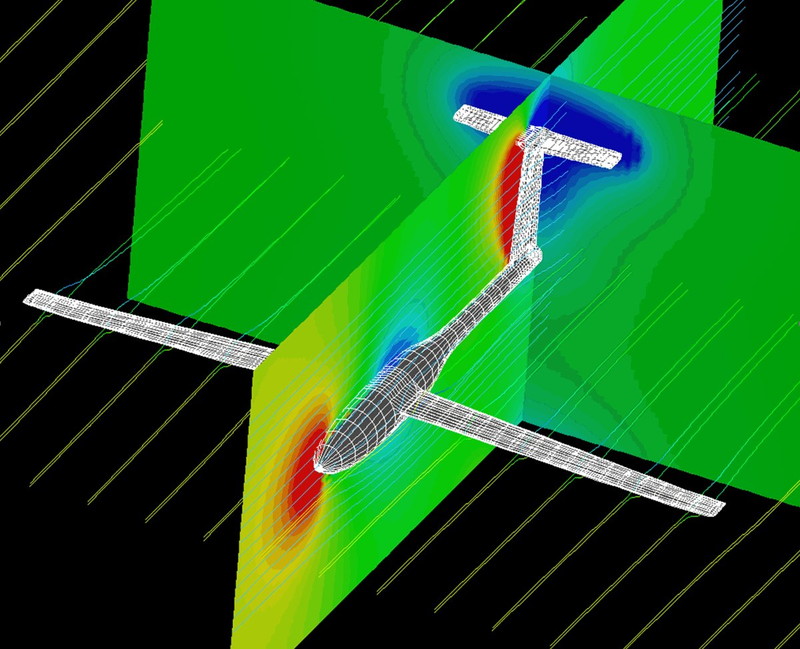
Research in our group encompasses a wide range of nonlinear and nonequilibrium fluid phenomena from molecular to macroscopic scales, focusing on the fundamental aspect, and aiming at the establishment of novel nonlinear and nenequilibrium fluid mechanics.
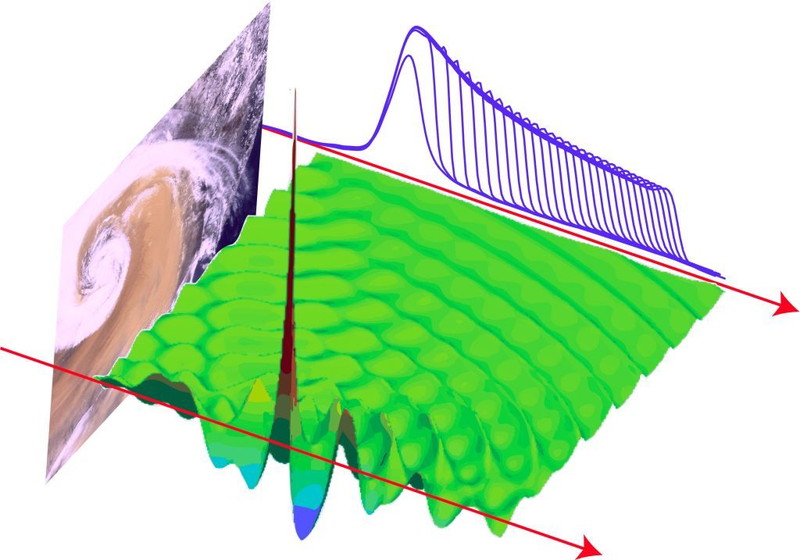
Aiming at the technological advance of the next-generation energy conversion devices such as fuel cells and flow batteries, we perform rearch to elucidate chemical reaction and transport phenomena in the devices.

Studies of the highly efficient and clean combustion, the plasma assisted combustion/ignition, the utilization of biomass, the ammonia combustion as an energy carrier, the effective use of combustion field are conducted in the combustion engineering laboratory of Osaka university.
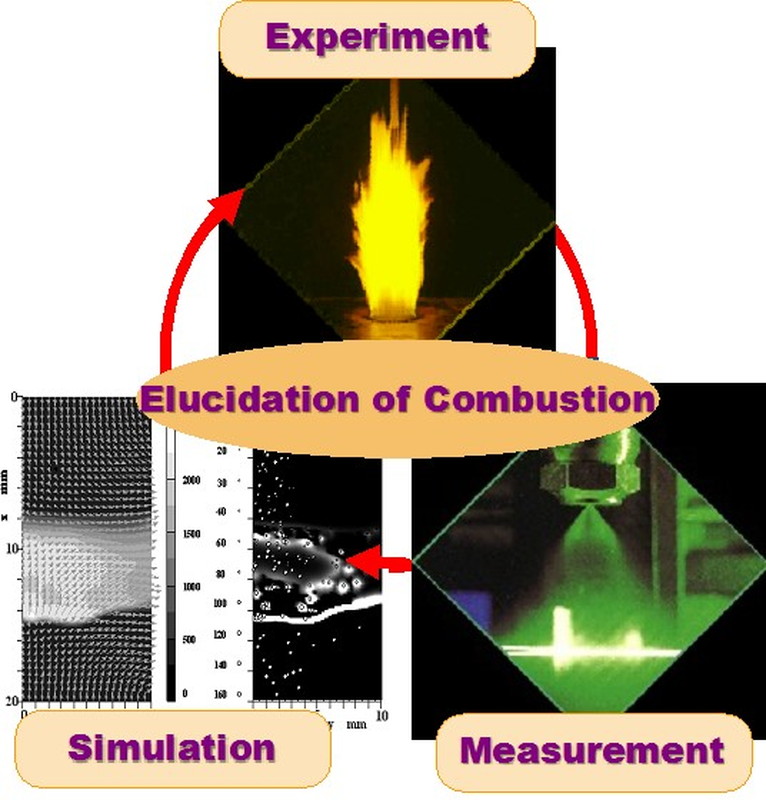
We study principles of heat and mass transfer from nano- to macro-scale to make efficient use of heat energy from the view point of thermal engineering. (Key words) Control of heat and mass transfer, Control of thermophysical properties, Thermal resistance, Interfacial phenomena, Phase change phenomena, Nanostructed interface, Nanofluidics, Molecular simulation, Machine learning.
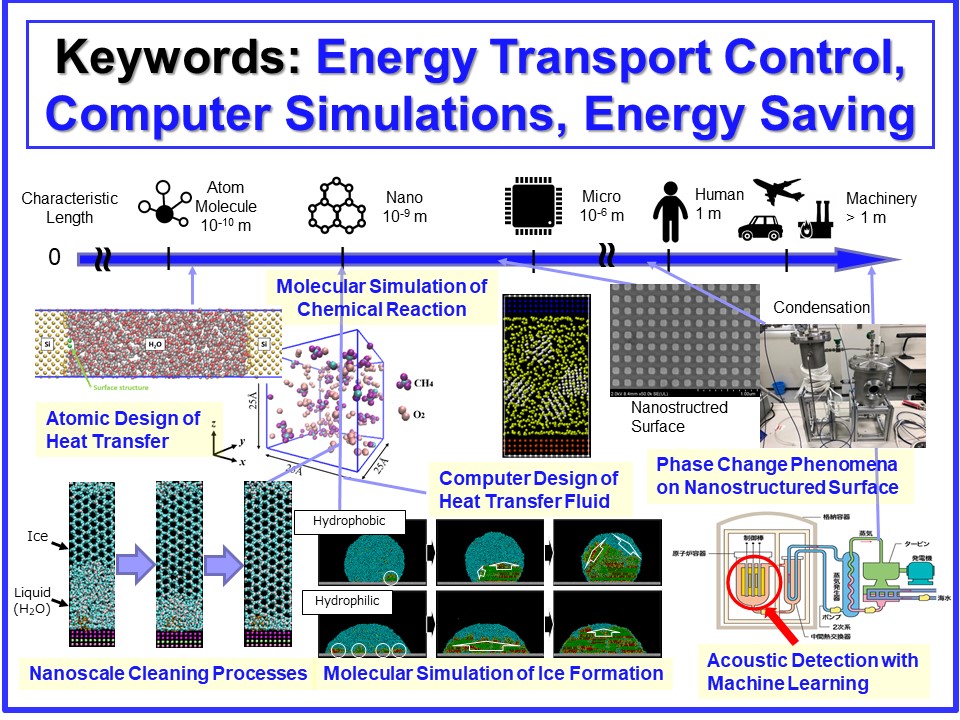
This laboratory is in charge of research and education on theories, methodologies and computer-based techniques for rationalizing the process of product design and development. They are aimed to create superior innovative designs in a totally compromised way among values, functions, cost, time, etc. This laboratory delineates the four research directions, i.e., Products, Process, Function & Structure and System of Systems.
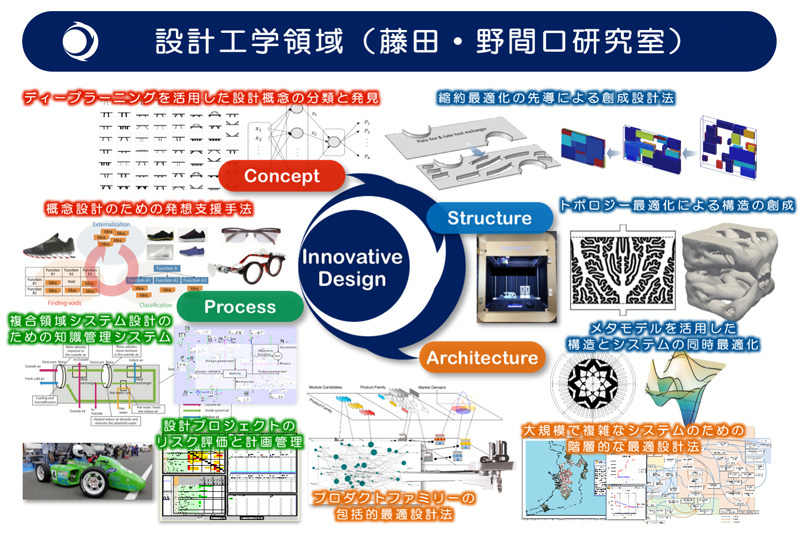
Precision Processing Subarea
Enomoto Laboratory conducts education and R&D activities of precision/ultra-precision machining, especially cutting, grinding and polishing. The targets of our laboratory are to “achieve ultimate manufacturing” and “create new values” in the precision processing area.
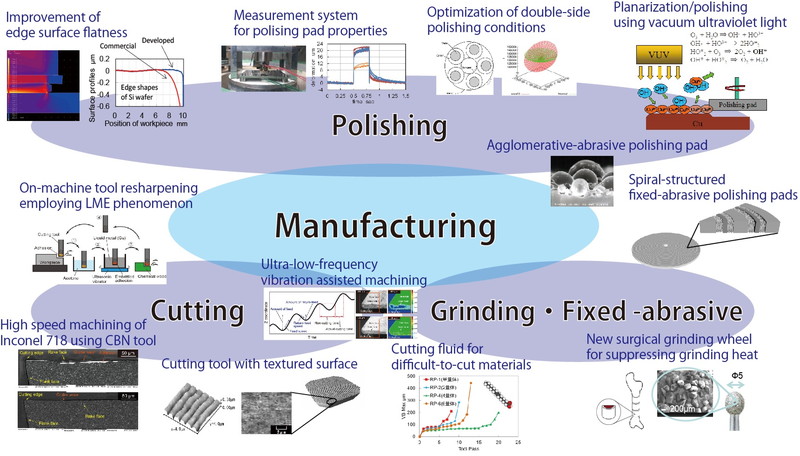
We integrate nano measurement and fabrication in order to establish the highly developped nano production system. Our research are based on the laser applied measurement and fabrication techniques. One of the typical research topics is developping nano-CMM system for nano in-process measurement. Optical radiation force is applied for controlling the sensitive non-contact probe in the integrated nano maching system. This probe is expected to realize better than 10nm resolution during 3-D coordinate measureing.
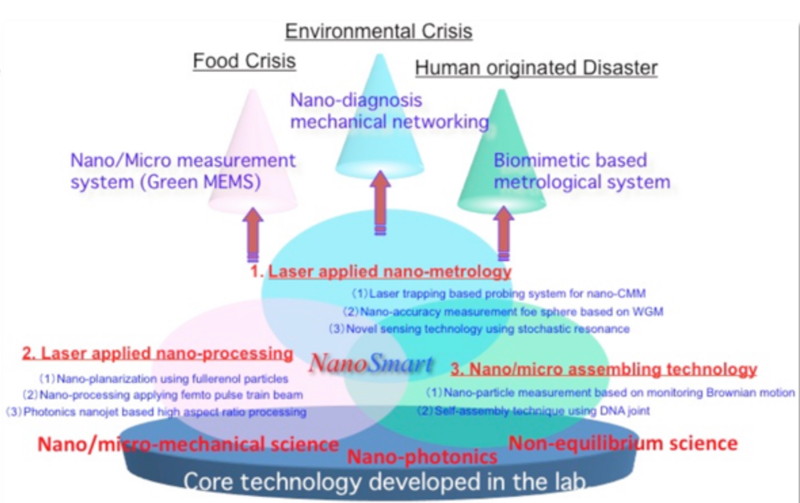
This laboratory conceptualizes the nature of artifact systems desirable for a sustainable society and systematizes design methodologies for artifact life cycles and product service systems from the environmental, social, and economic aspects. The basis of our research is design engineering, life cycle engineering, and ecology.
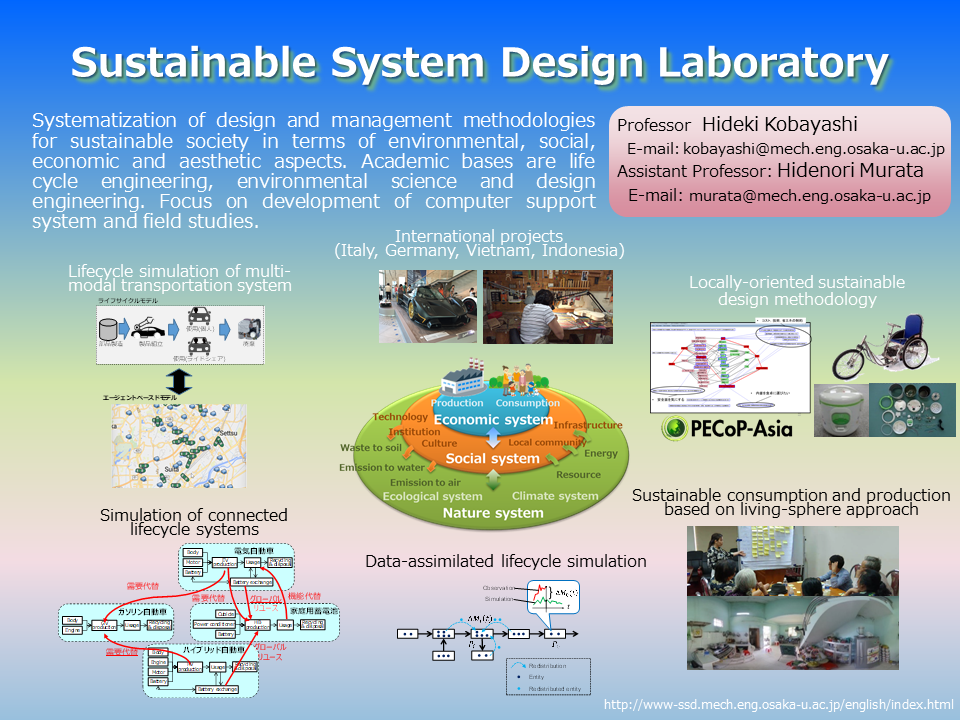
We are studying various types of quality-of-life technologies based on human physiology, psychophysics, and biomedical engineering that can support the daily life and rehabilitation of persons with disabilities and elderly individuals through multidisciplinary collaboration. The research areas include assistive technologies for eating, mobility, and communication, healthcare techniques for prevention of frailty and lifestyle diseases as well as sensing and actuation devices for human augmentation.
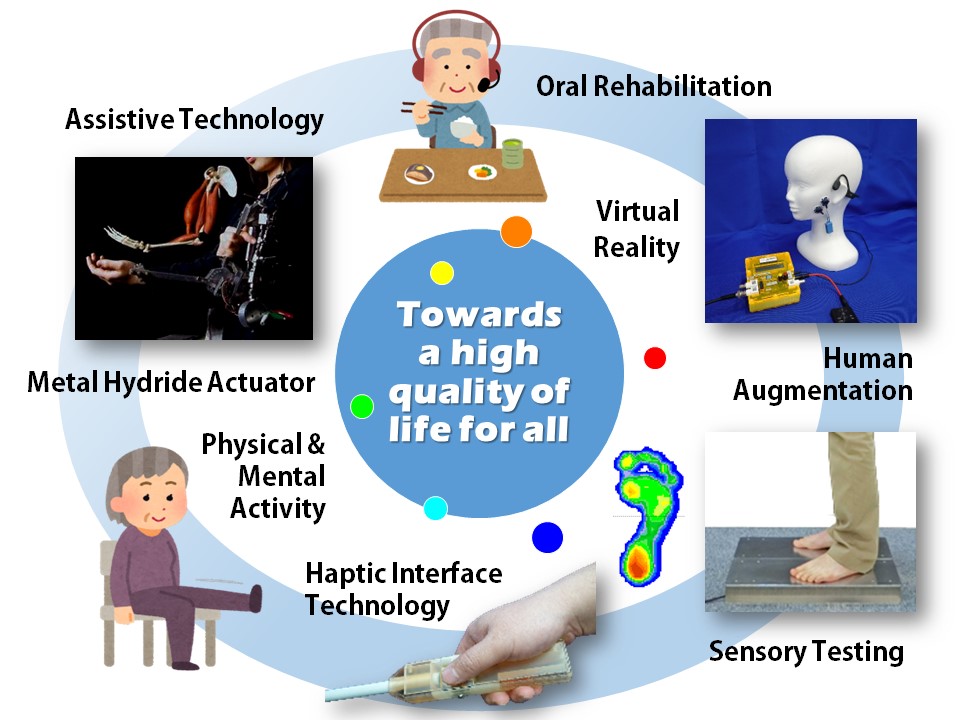
Walk, Swim, Rock and Roll —. We exploit every aspect of “motion”, with full aid of deepest understanding in classical mechanics, dynamical system theory, nonlinear control, robotics, mechatronics, or even in zoology, linguistics, etc. Our recent interest is centered at the principle of locomotion, induced by contact constraint between the body and its environment. We equally put importance on unbiased observation, mathematical thinking and rapid manufacturing.
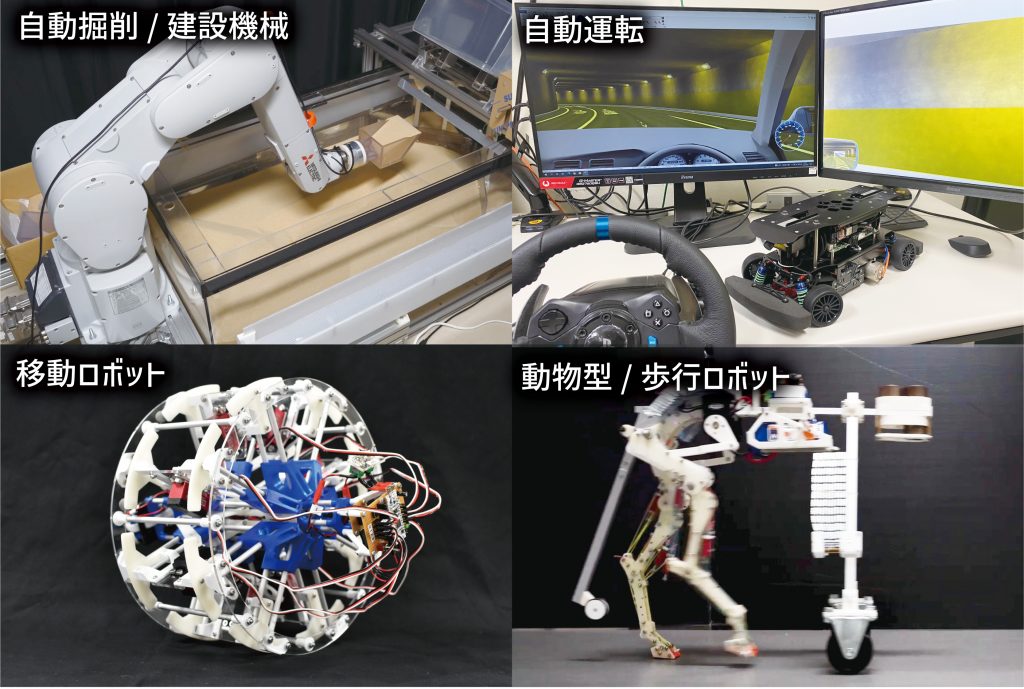
We conduct cutting-edge research in robotics and mechatronics, with a central focus on manipulation—the art of controlling and handling objects. Our aim is to establish a distinctive academic framework that spans fundamental theory, the development of numerical simulation techniques, and experimental validation with real-world systems.
In addition, through interdisciplinary collaboration with fields such as dentistry, and food science, we strive to explore unprecedented challenges and novel approaches in manipulation and sensing, ultimately developing theoretical foundations for system design and implementation.
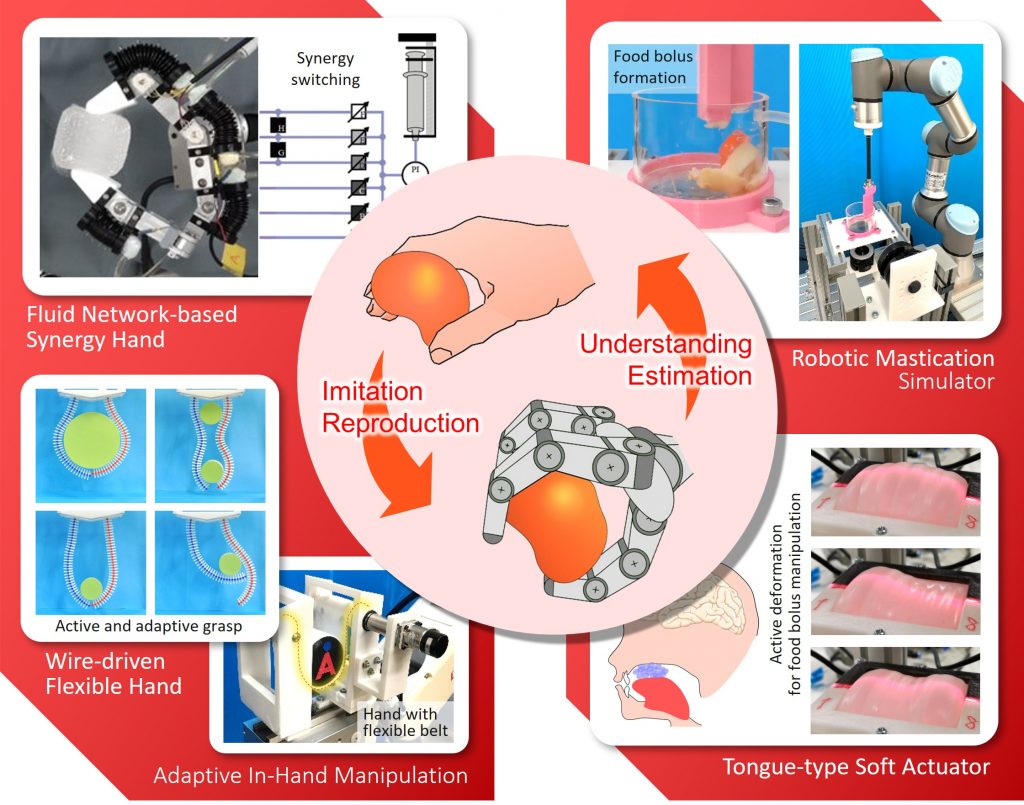
We have demonstrated an environmentally robust biotic-abiotic robotic system that uses living components, called “Cellular Build Up Wet Nano Robotics”. To utilize robust biological components as a functional systems and self assembly process and their emergent functionality, and to build up such a soft and wet machines will lead us an innovative fundamental change and produce a new principle and design to future man-made systems.
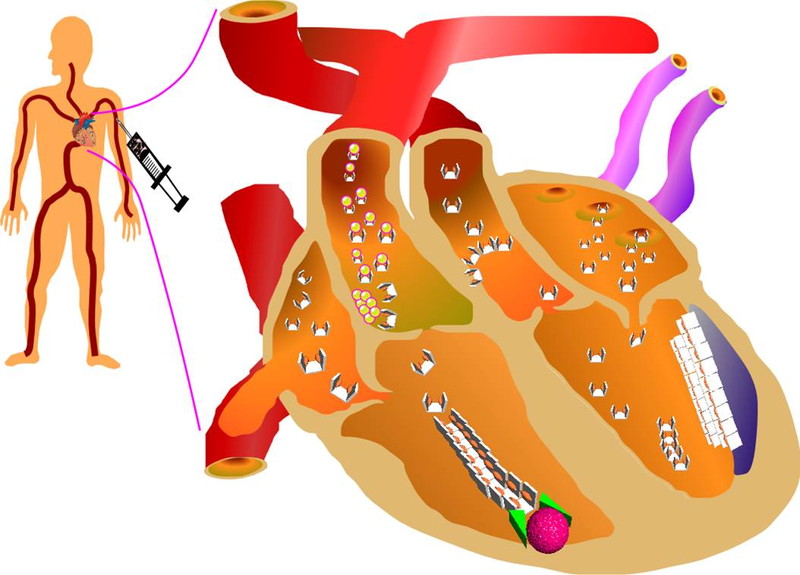
We are making research on the stability and control of spacecraft based on the spacecraft orbital and attitude dynamics and nonlinear control theory. We are developing an efficient orbital control and an agile attitude control of spacecraft using thrusters or control moment gyros.
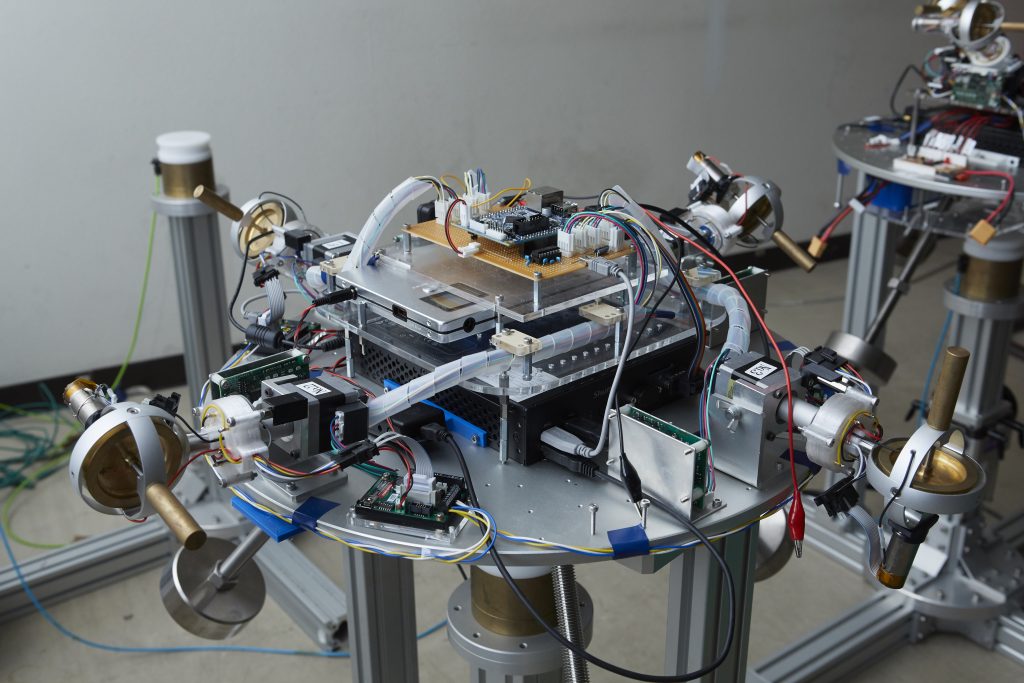
This research group is investigating the relationship between microstructures and material properties using advanced transmission electron microscopy and spectroscopy with nanometer and nanosecond scales. The research subjects include materials design by elucidating inhomogeneity such as lattice defects, low dimensional materials, metastable states formed by electronic excitations, and so on. We are conducting education and research aimed at elucidating universal common principles that approach the basis of materials science.
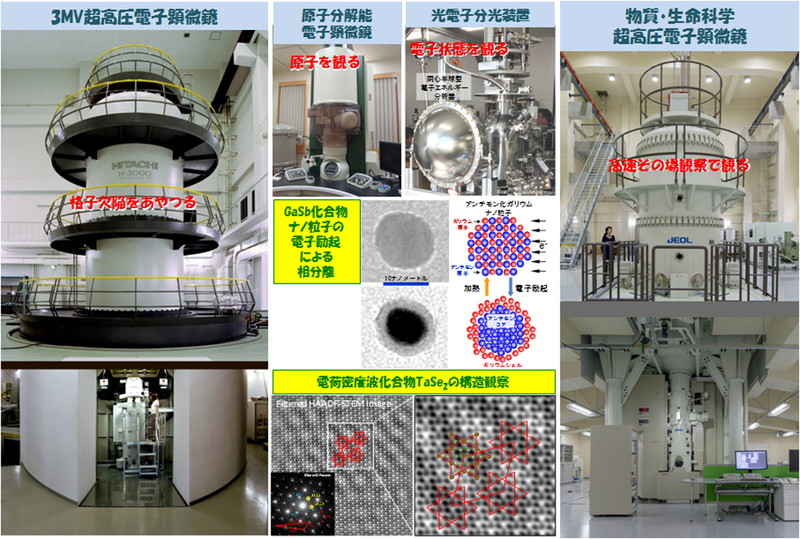
Positrons allow us to examine the atomic-scale internal structure of materials. We have examined the origin of excellent properties of metallic materials such as hydrogen storage alloys and aluminum alloys in automotive applications and ceramics materials such as perovskite-type metal oxides, by using positron annihilation spectroscopy and computer simulation in order to design new materials.
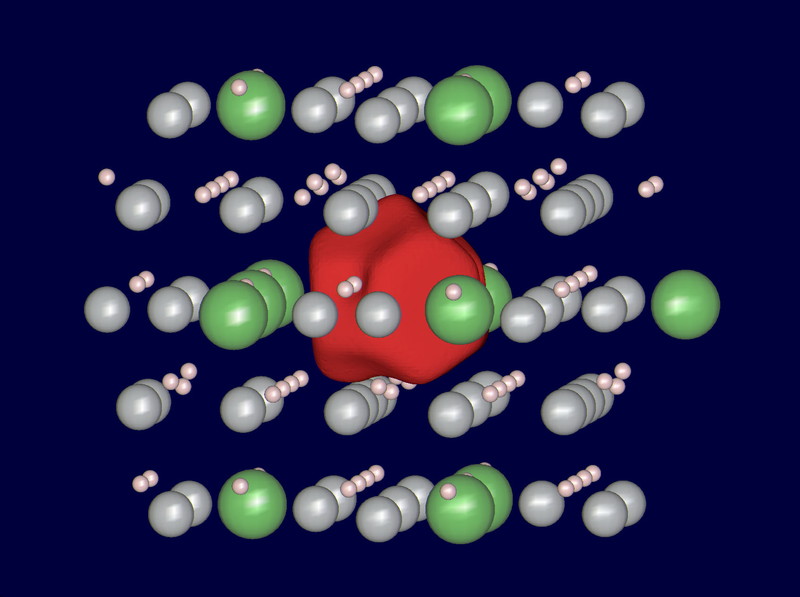
Toward the achievement of a sustainable society, we aim to develop low-carbon process for iron-steel and non-ferrous metals, and to develop processes for semiconductor materials and ceramic materials which support energy-saving technology. We design and evaluate the materials processes based on metallurgy such as thermodynamics, kinetics and high temperature melt properties. Moreover, we visualize various reaction processes using the newly-developed visualization technology.
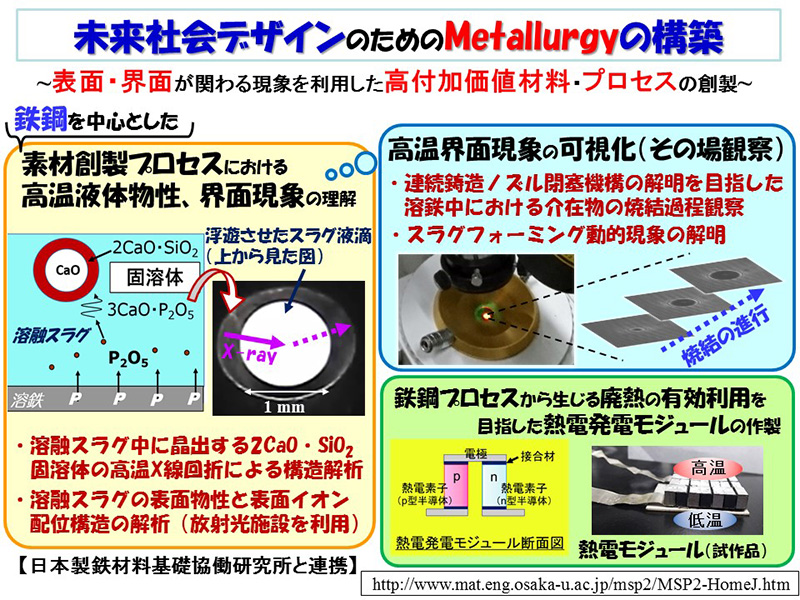
The design of materials that exhibits desired functions and the development of their production processes have always been the foundation of manufacturing industries. Nowadays, the establishment of a sustainable society is an urgent global issue, and therefore, the reduction of environmental burdens, such as energy savings, CO2 emissions reduction, and recycling is also an important factor in material design and process development. On the other hand, the digitization of manufacturing processes, as represented by 3D printers, has brought about both new possibilities and challenges to material design and process development. There are various phenomena that can not be predicted or explained by existing science. We aim to contribute to the establishment of a sustainable society and the innovation of our daily life through the creation of new materials by novel technologises, including computer simulations and data analysis for designing materials and optimizing processes via the combination of computational techniques and experimental methods. Also, we aim to systamatize the new scientific knowledge as the metallurgy of new age.
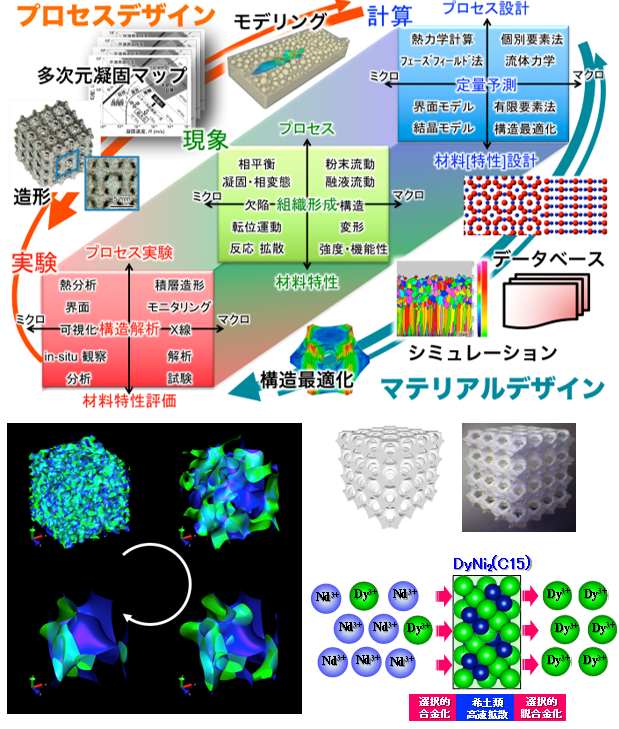
・ We provide computational materials design of functional materials and demonstrate its validity by performing experiments. Particularly, we try to describe various physical phenomena related to the electronic excitation (such as finite temperature magnetism, entropy change due to the external field, electronic, thermal and spin transport phenomena) from first-principles. To realize this purpose, we develop quantum simulation methods by combining various theoretical methods. Those methods are applied to designing materials for effective energy conversion and conservation. For providing guidelines for effective search for ideal materials, we also apply statistical data analysis to simulation and experimental results.
Research topics
・ Development of first-principles quantum simulation method
・ Computational materials design for efficient energy conversion and its demonstration, such as solar cell materials, light emitting materials, thermoelectric materials, magneto-caloric materials.
・ Computational materials design for efficient energy conservation and its demonstration, such as spintronics materials, heat-resistant and high strength materials and superconductors.
・ Computational modeling of material properties of multi-component alloys and its application for materials search.
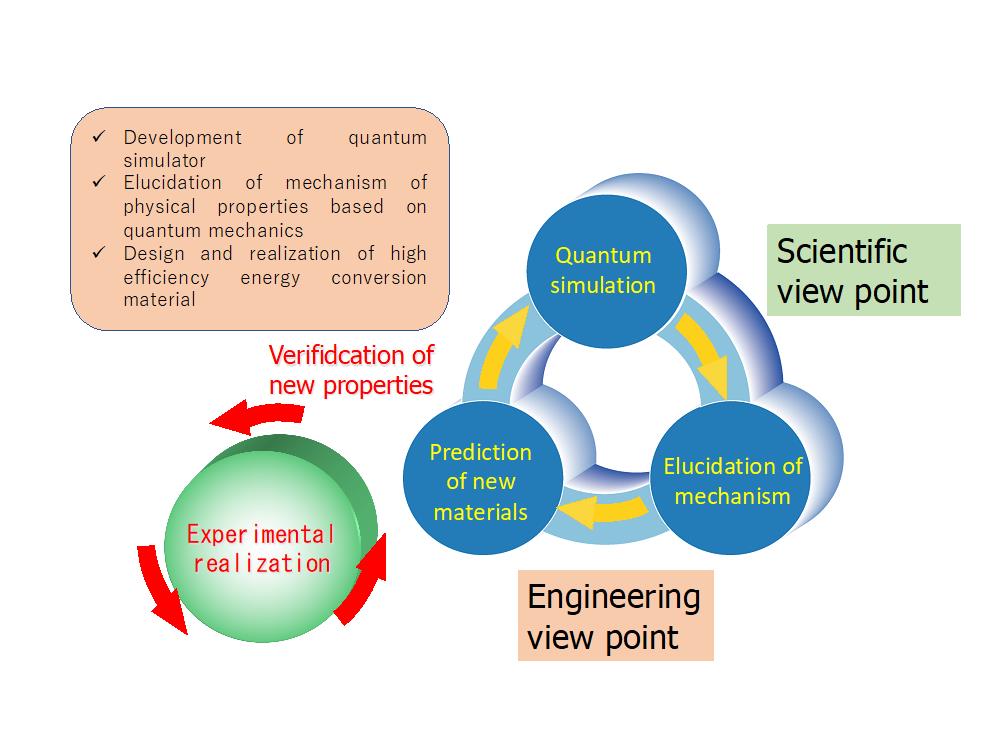
Plasticity of crystalline materials such as metals and ceramics depend strongly on behavior of lattice defects such as dislocations and grain boundaries. We aim to develop and design the advanced structural and functional materials such as heat resistant alloys, permanent magnets, superelastic alloys and metallic glass by controlling lattice defects in nano- and micro-scale.
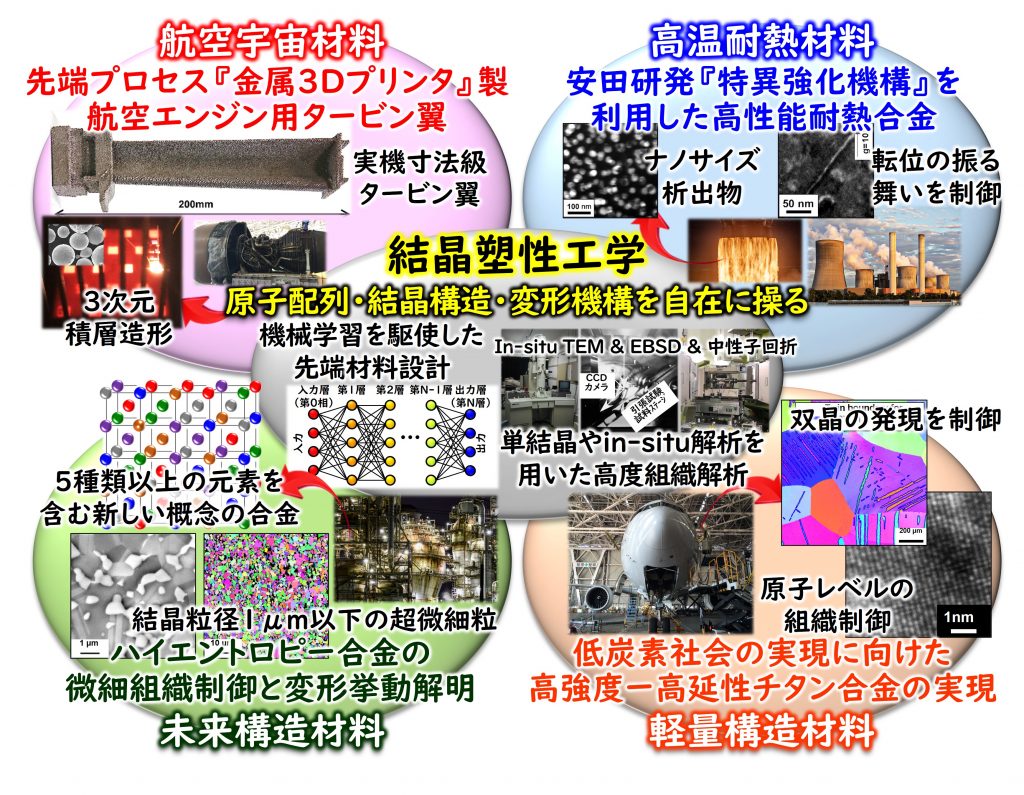
The mechanical properties of materials—such as elasticity and strength—are governed by micro- and nano-scale factors that span multiple length scales, including crystal structure, the directionality of interatomic bonding, crystallographic texture, and the morphology of two-phase microstructures. Identifying which of these factors dominate at each scale, and translating that knowledge into new design principles for achieving superior mechanical performance, is essential for the development of next-generation materials. Our group views materials as hierarchical, complex mechanical systems extending from the nanoscale to the macroscale. By combining elasticity theory, thermodynamics, and machine-learning techniques, we study the mechanics, phase transformations, and microstructural evolution of materials. Through this work we aim to establish novel design rules that will enable the creation of advanced materials for applications in biomedicine and aerospace engineering.
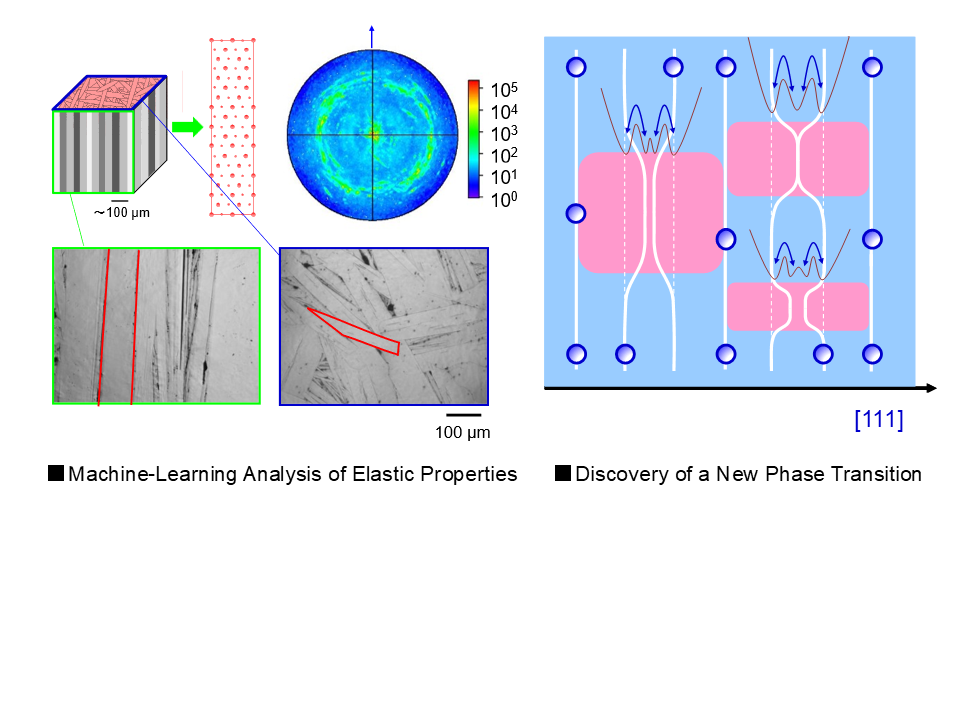
We study plasma in order to control and use it in various applications that will help the world to solve energy/biological/environmental problems. We generate various plasmas in various environments (gas, liquid, or supercritical fluid) and use advanced diagnostic methods to control and understand them. Current studies in applications include thin film deposition, surface modification, nano-structured materials synthesis, treating biological molecules, and environmental treatments.
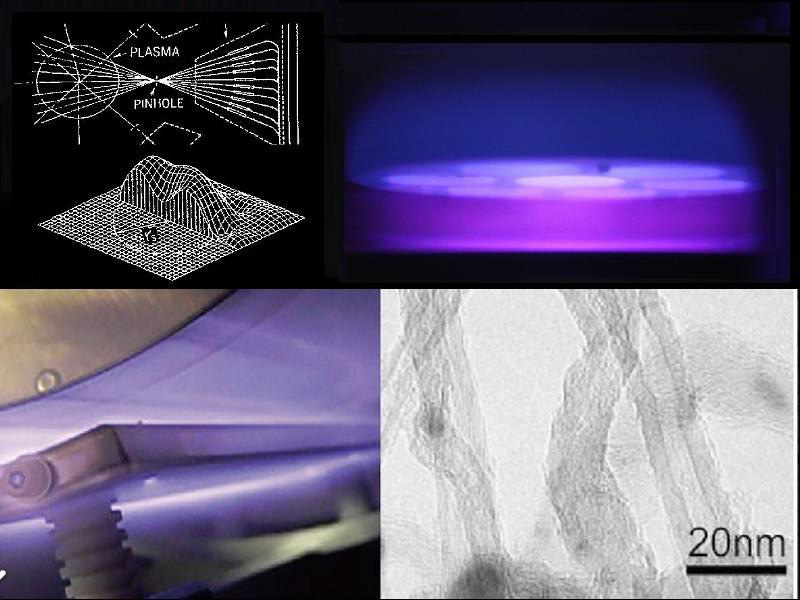
Materials deterioration and damage caused by the interactions with diversified and severe environments are one of social issues. We study the interactions between materials and environments such as aqueous environments and high-temperature atmospheres and also aim to develop new materials with high corrosion and oxidation resistance. A wide range of characterization techniques including electrochemistry is used to examine the properties of metal and semiconductor surfaces. Tailoring the interactions between materials and environments often leads to the formation of unique surface structures. We target on the fabrication of highly ordered nano-scale structured surfaces with enhanced functionalities.
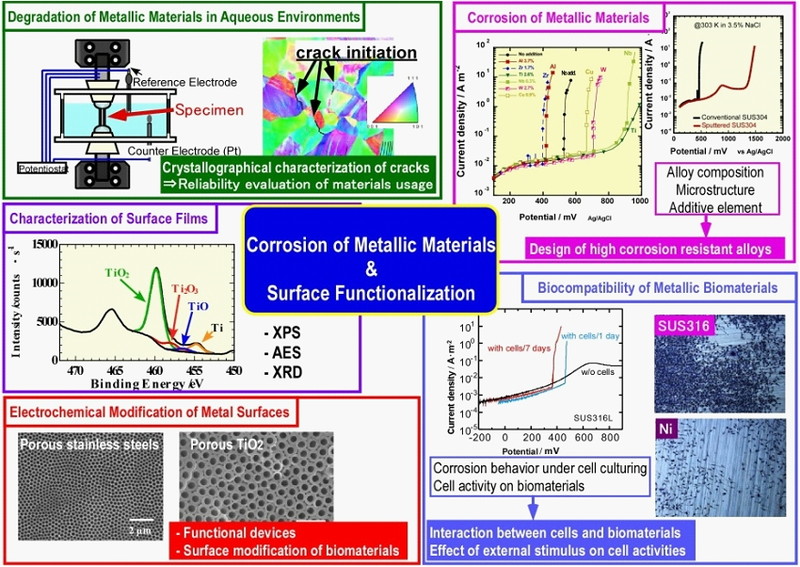
Towards the realization of green/life innovations, we are challenging to clarify the mechanisms underlying the functionalization of biological tissues and organs, and further the development of innovative biomaterials and aerospace materials, based on Materials Scientific approaches. We focus on the anisotropic hierarchical microstructures that determine the mechanical functionalization in biological system and develop novel materials which can realize superior functions even under extreme environment involving biological conditions, super high temperature by using additive manufacturing (AM) and computer simulation technologies. The aim of our research is to develop a new scientific principle “Materials Science for Anisotropy”.
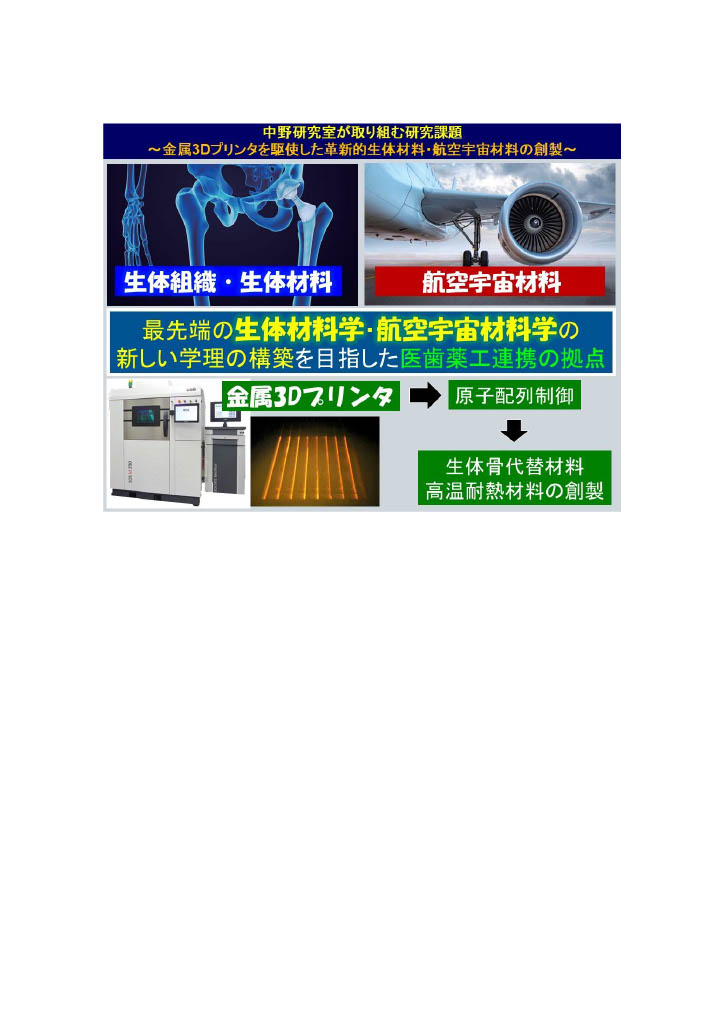
Control of Materials Function and Morphology Area
This laboratory is developing novel processes for new materials such as eco-materials, high-strength materials, materials with formability. The evolutions of microstructure, texture and properties during the processes are investigated academically. Tribology in the process is also studied.
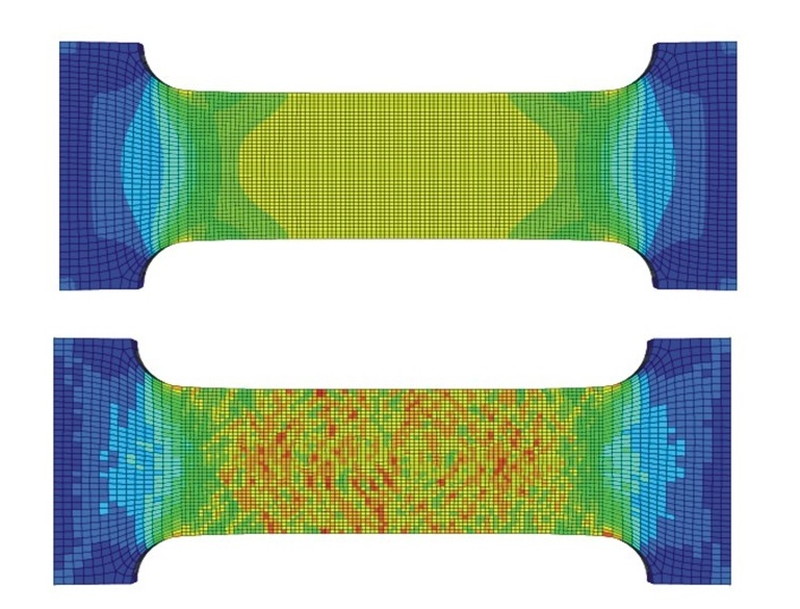
From the perspective of fundamental properties of surface/interface physics, we have performed education and researches to improve the electron-determinate functionalities, including magnetism/electron transport/tunneling properties, of nanomaterials; metallic thin layers/multilayer films/artificial lattices/nano-magnets.
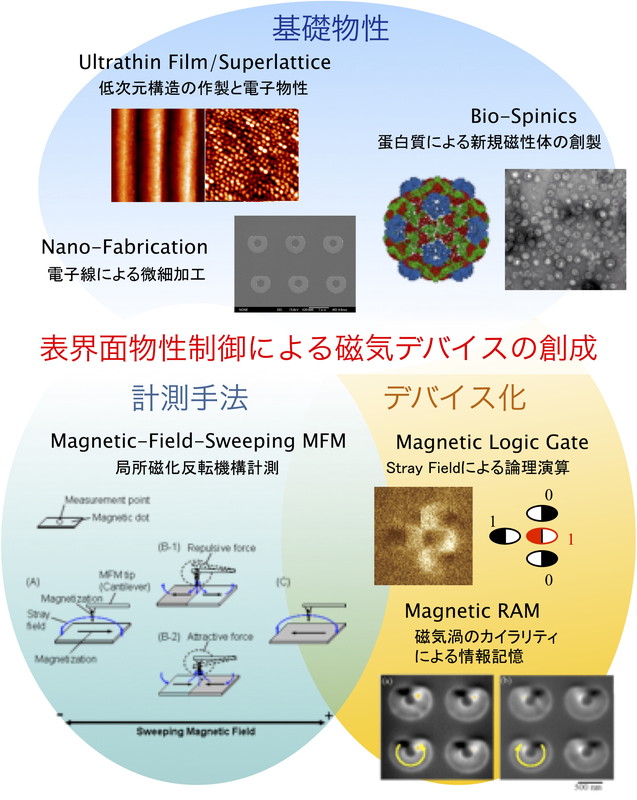
We are promoting studies to elucidate, predict, and control the phenomena in materials processing using laser and plasma based on the physics of the process by combining and making full use of an advanced measurement and a numerical simulation technology. Utilizing the knowledge obtained, we aim to develop a unprecedented process based on the universal truth.
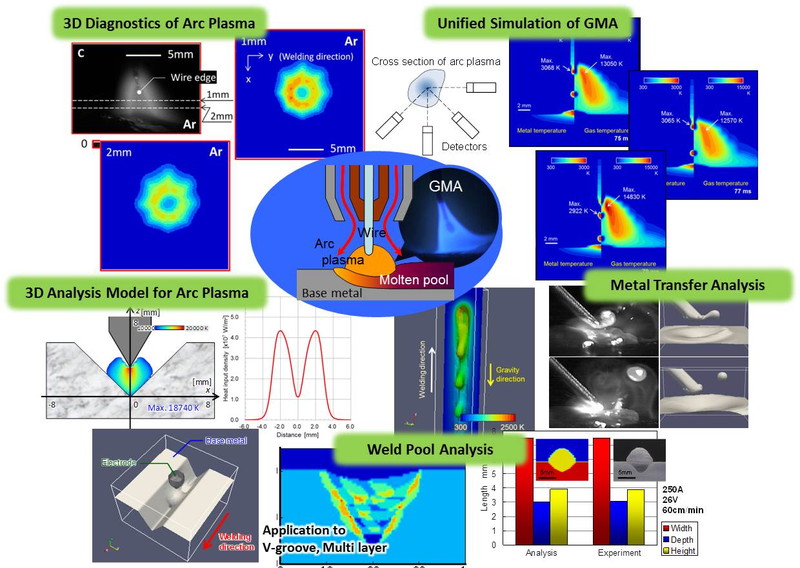
To respond to technological demands for development of future society, mission of our lab is to aim at advancement in materials design and processing, baring in mind the nano-meter length scale structural/interface control at affordable MEGA-scale production. In particular, making the best of and advancing the knowledge “Plasma Materials Engineering”, we challenge to propose novel materials/processing that attain both high quality and low-cost, multi-functionality and low environmental load simultaneously. Current research targets include; control of plasma spray co-condensation for nano-composite materials production for next-generation all-solid state lithium-ion batteries, design of multi-functional interface and development of low-temperature nanoparticle-assisted sinter-joint for wide-bandgap power device, development of dissimilar material joints to proceed “multi-material” technologies.
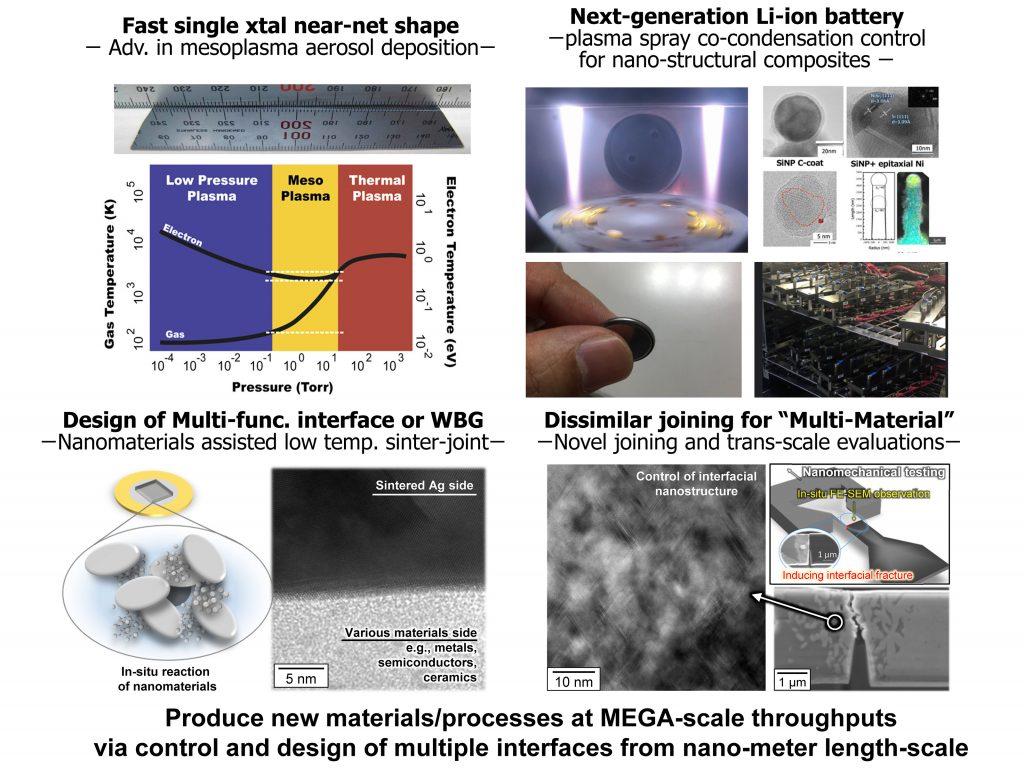
To advance the material science research in welding/joining, 1) Clarifying the multi-scale material behaviors for visualization comprehension with atomistic approach, 2) Evolving the interfacial bonding for material science approach to advanced materials & processes, 3) Promoting the collaborative research in material mechanics process for comprehension & prediction of welding/joining phenomena. Our mission is to systematize the “Processing Metallurgy” for optimizing the welding/joining/repair/maintenance processes.
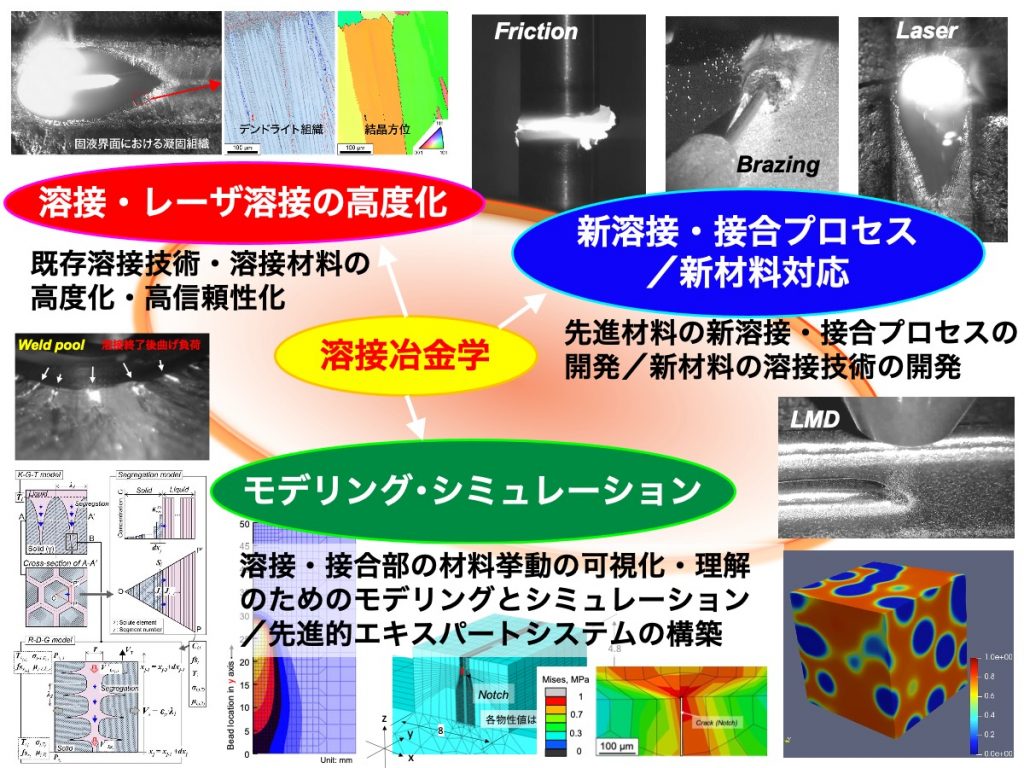
Process Metallurgy Area
Aiming to sophisticate the research of welding metallurgy, we are promoting (1) to clarify the metallurgical phenomena during welding and joining process, (2) to model it for prediction and control and (3) to improve the welded joint properties, cooperating with Welding and Joining Process Area.
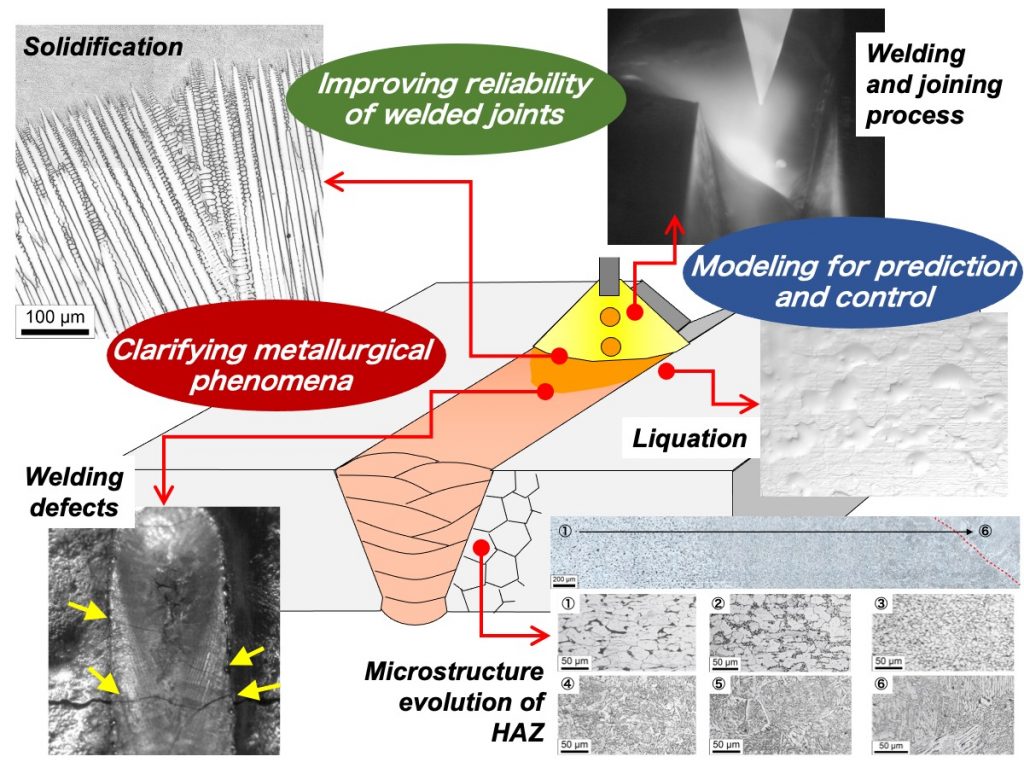
Aiming at technological innovations in processing of state-of-the-art semiconductor devices and biomaterials, we conduct research in plasma physics, plasma chemistry, and plasma-material interactions, using experiments, modeling, and numerical simulations. We perform multi-disciplinary collaborations with various research groups/institutes, including medical schools and private companies, in international research networks.
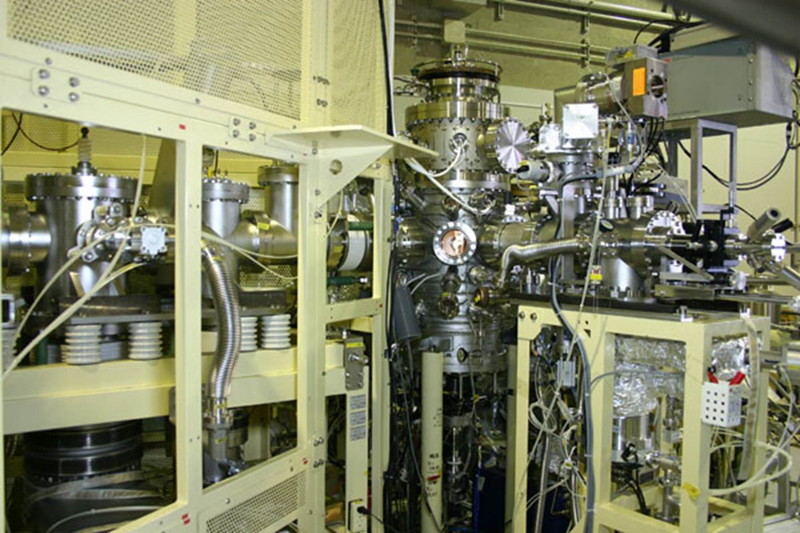
For a low-carbon society, we develop biomimetic materials and manufacturing processes that weave together “engineering knowledge” and “biological knowledge” that humans and nature have accumulated. Our research consists of three main pillars; Development and application of nanomaterials that realize energy saving and energy creation through data science, Multi-materials technology that “connects and disconnects” materials with completely different properties, Nano/micro joining of electronic materials and advanced semiconductor packaging. By making full use of theory, experiments, and simulations of manufacturing process from atomic/molecular bonding to multi-materialization, we will evolve hybrid materials and manufacturing technologies that will bring about innovations in future manufacturing “Monodukuri”.
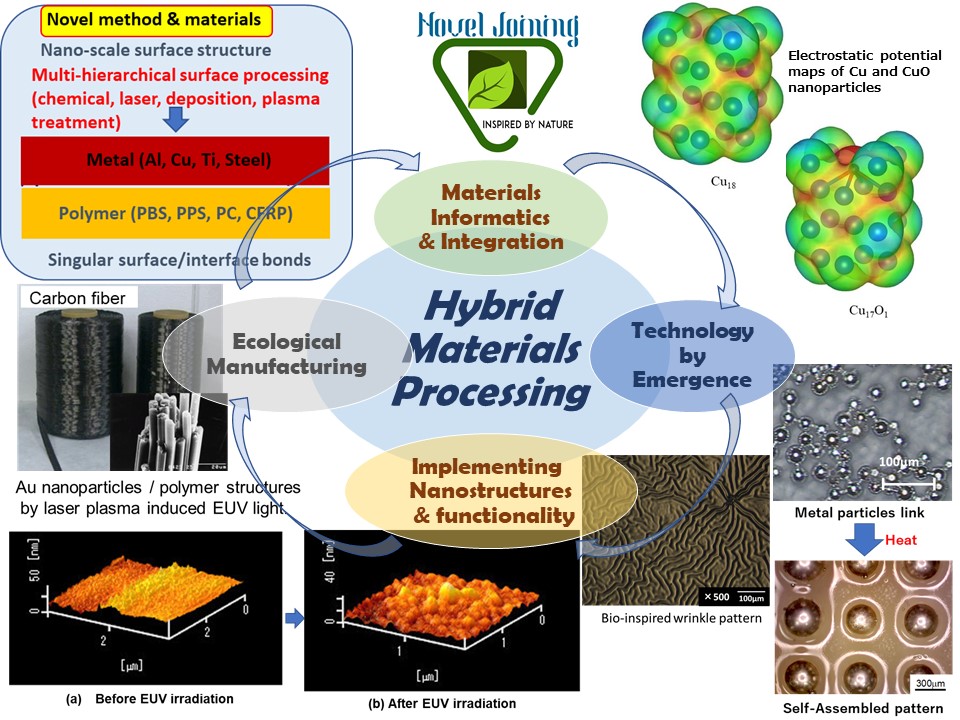
Welding and joining, cutting, machining —essential processing technologies for manufacturing—inevitably generate residual stresses and distortions, and consequently control the performance and integrity of products and structures. “Process Mechanics” is a new discipline to investigate the mechanical behavior related to manufacturing processes on the basis of materials science, physics of processes, and mechanics. Our major approaches are the development of simulation models for manufacturing processes and their application to the prediction of mechanical properties, design, and integrity assessment of components and structures.
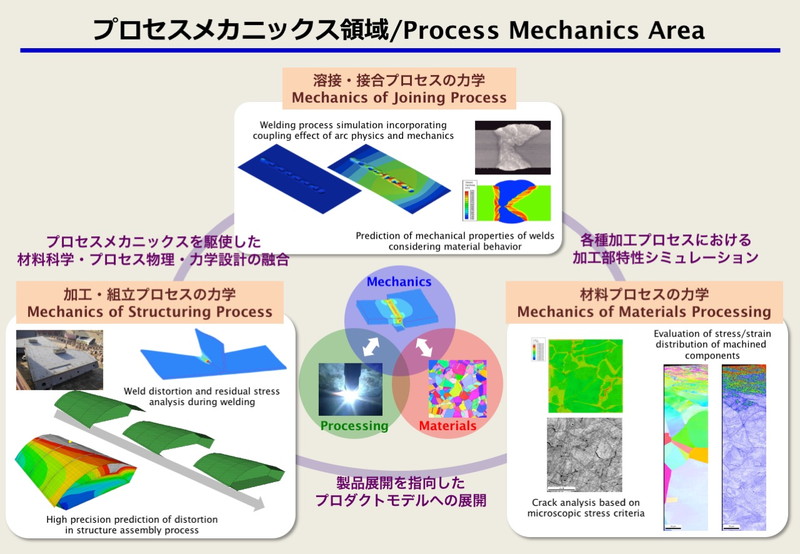
We use electron microscopes to determine the high-resolution structures of bio-molecular complexes. The determined structures can be used to understand the functions of the complexes at molecular and atomic levels for their applications. In addition, we develop the methods for high-resolution structural analysis by ultra-high voltage and cryo-electron microscopy to their wide applications by many researchers.
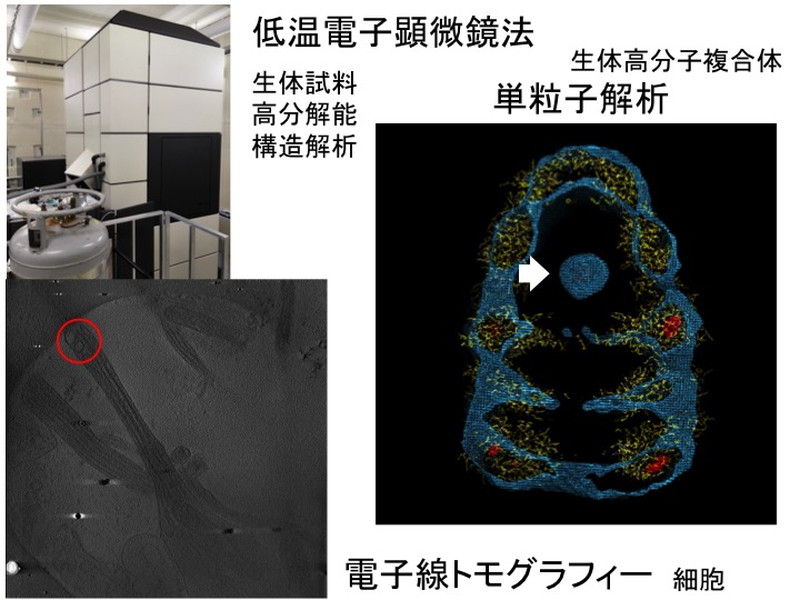
A procedure has been developing for the transferability analysis of the micro-structural properties of materials, strength of welded joints and the fracture performance of structural components, which leads to advanced multi-scale design of infrastructures as well as industrial goods. The study includes the mechanics and mechanism of ductile damage, brittle fracture and fatigue of structural steels. A computational damage simulation with modeling damage and fracture is on going, which enables the link between the materials properties and the structural integrity in terms of the resistance to unstable fracture, crack growth resistance, ductile instability and fatigue fracture.
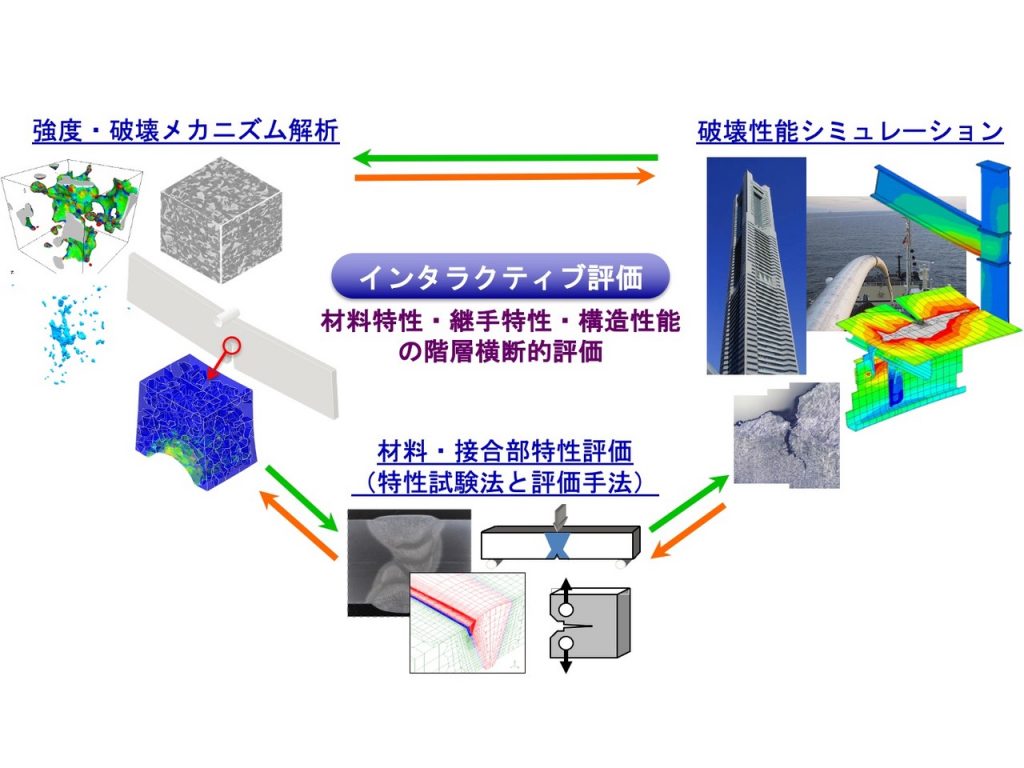
Various processes are performed at the manufacturing production site, however, inevitable disturbances may result in unintentional defects. In welding and joining, internal defects invisible from the outside occur, which deteriorates the joint performance; therefore, inspection is essential. However, there are problems such as a decrease in production efficiency due to a backtracking process after finding a defect, and the fact that some defects cannot be found because of inspection difficulty. If in-situ measuring of internal defects and in-process quality assurance are realized, a great innovation in production technology can be expected. We are studying and developing advanced measurement methods applicable to in-process as follows:
- Dynamic and non-contact in-situ ultrasonic detection by laser ultrasonic method.
- Penetration estimation that combines molten pool monitoring and AI.
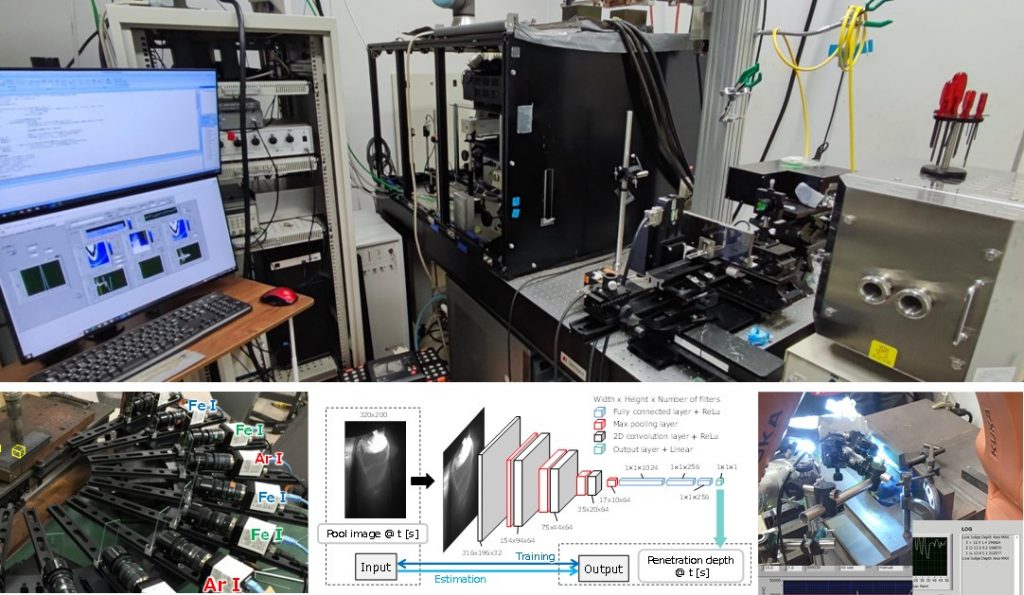
Considering the strength and safety standards in the design of materials and structures, our area provides the education and research with the aim of development of the simulation and new technology based on reliability engineering for advanced material design and safety evaluation for high reliability. Furthermore, we promote the manufacturing in several fields such as medical, energy/environment, electronics, disaster prevention/risk, and engineering education through cross-disciplinary and industry-academia collaboration.
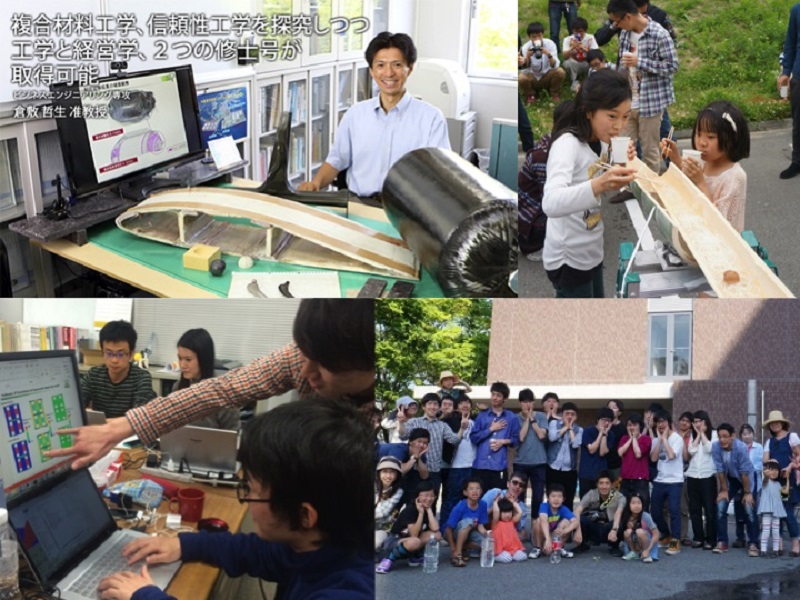
The creation of microsystems is necessary to build a safe and secure society in the advanced information age. In this area, we conduct education and research based on physical and chemical phenomena from the viewpoint of integrated process design of electronic devices, such as development of nano- and micro-dissimilar materials bonding process, design of dissimilar materials interface, development of materials for electronic devices, AI robot inspection and reliability of electronic devices.
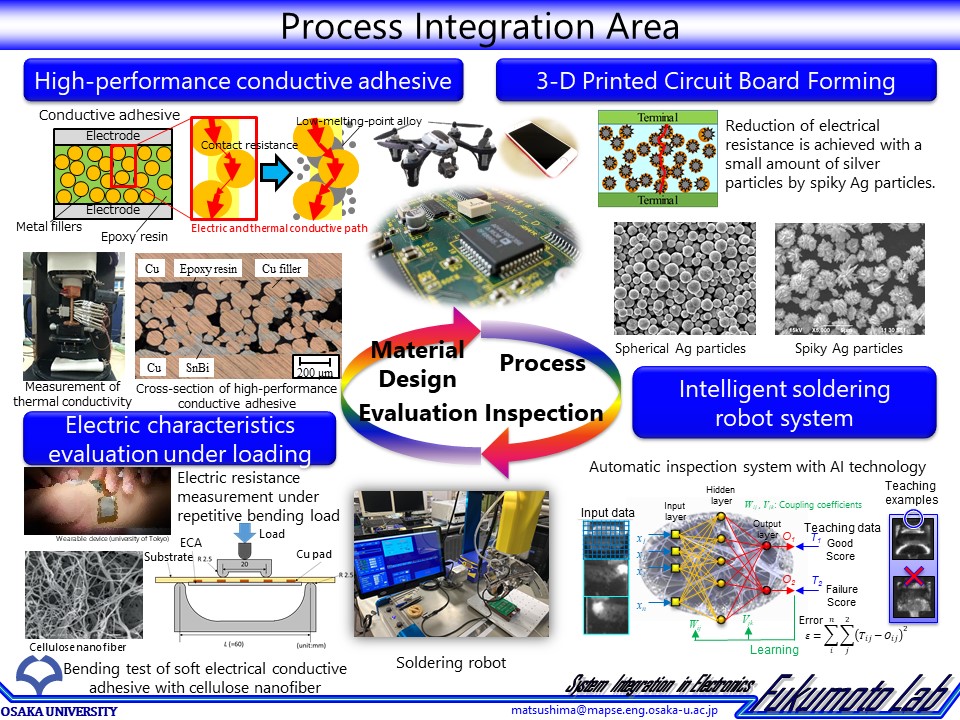
We aim to develop a methodology for intelligent support with a computer of creative human activities performed in development and production of industrial products. We have been developing computer support methods for prediction of failure occurrence during product use at the conceptual design stage, approximate stress analysis of mechanical parts using minimum training data, design and manipulation planning of flexible structures based on simulation, support with the artificial intelligence of construction and operation of the overall optimized production system etc. so that unexperienced workers can adequately perform those creative activities.
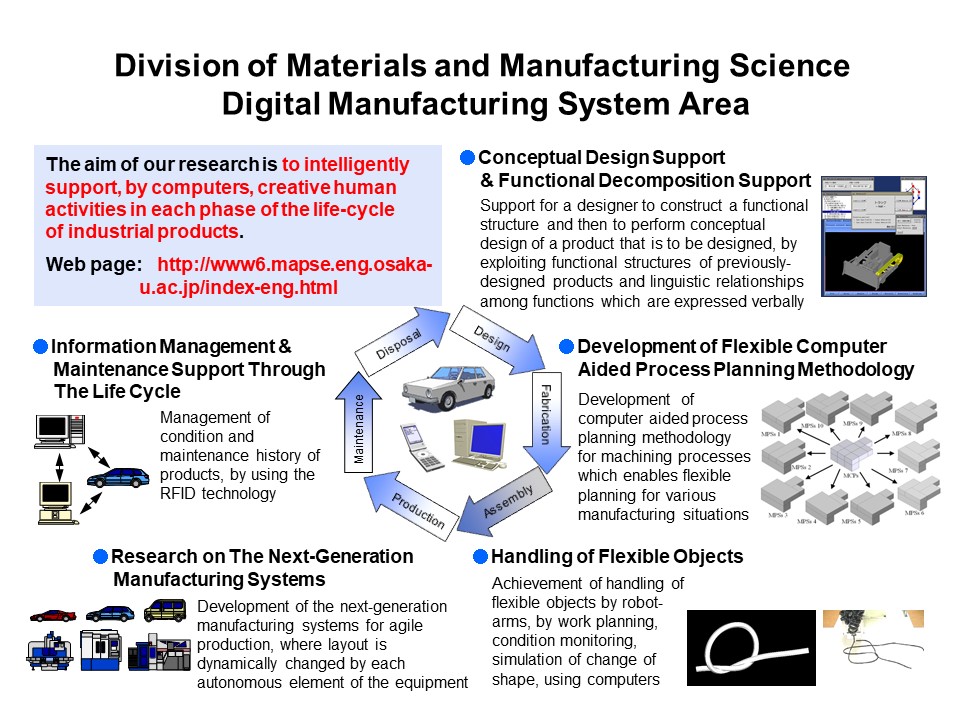
A typical existing control system consists of a physical system to be controlled and a controller implemented as a cyber system. Such a control system can be regarded as a cyber physical system in which s physical system and a cyber system interact with each other through communication network. We are interested in developing techniques for design, control, and optimization of cyber physical systems based on systems and control theory, computer science, and machine learning, and their applications.
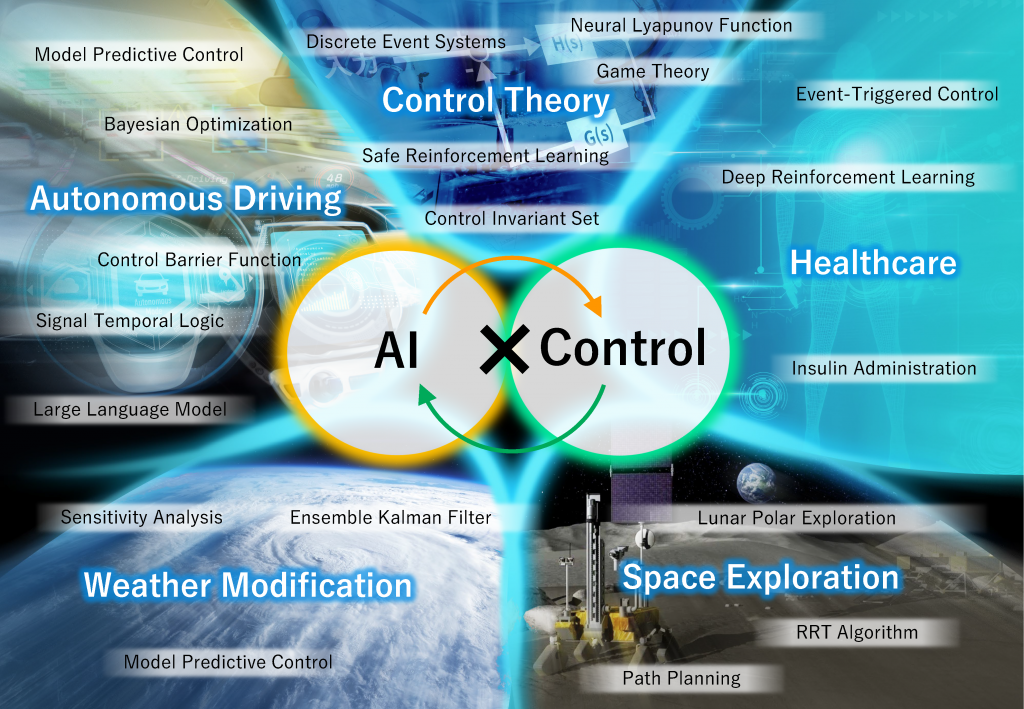
The research works in our laboratory aim at energy saving, miniaturization, and improving performance of power conversion system, which are based on the simulated analysis with evaluating and modeling of loss in power conversion circuit, electromagnetic noise caused by switching operation, and temperature rise by dissipated loss. To this end, the elements of switching device, passive component, and JISSO technology, which are used in the power conversion system, are evaluated and expanded to build system model.
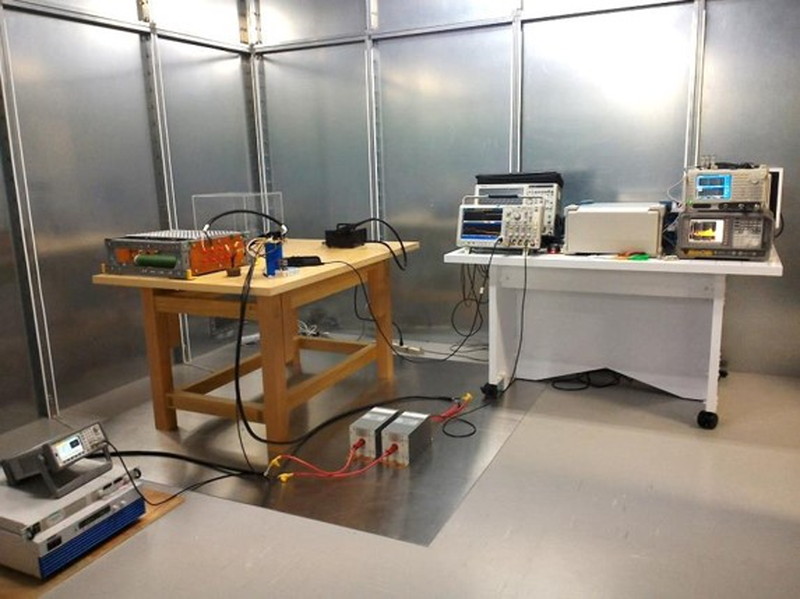
Today, human society is facing global environmental problems such as global warming. In this context, remote sensing technology is a fundamental technology to measure various variables related to the global environment. Accurate measurement, extraction and communication of information is one of the most important issues in building a safe and secure society. It has become a major part of the research and development of remote sensing systems. In this area, the research and development of remote sensing systems is the starting point for the research and development of new measurement methods. Throughout the course of the research, we develop a wide range of research from basic to applied, and from hardware to software.
In addition, as the mathematical treatment of “rational decision-making,” we are conducting research on systems engineering, mathematics and intelligent information He also conducts research in the interdisciplinary fields of academia and soft computing, including optimization, pattern identification, and His research interests include the development and application of chaos theory and group intelligence techniques.
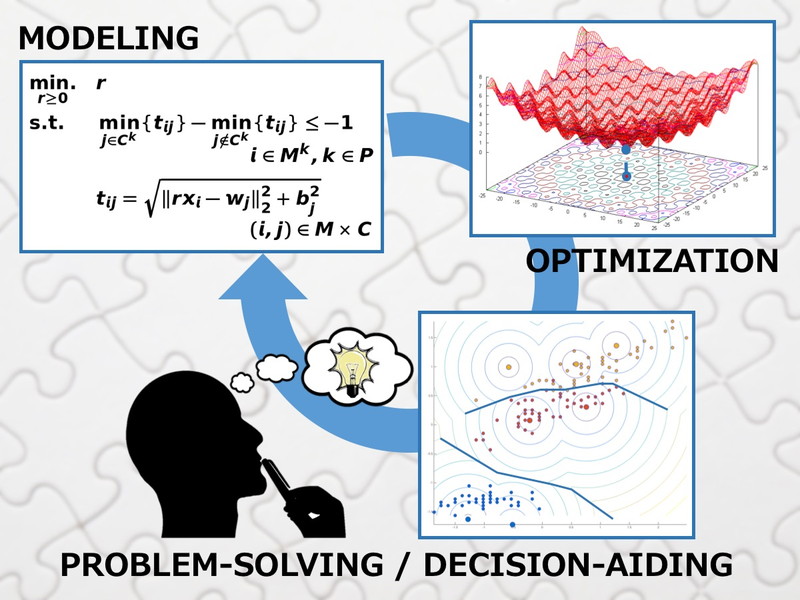
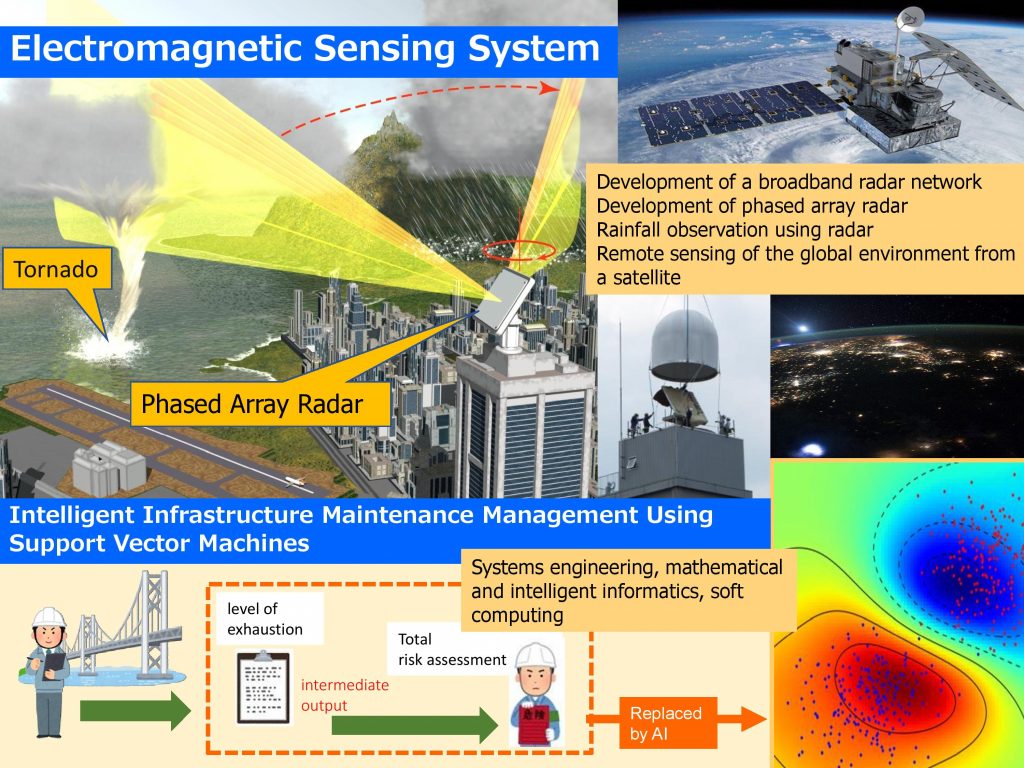
We investigate extreme plasmas from laboratories to the universe, and develop the relevant fields of science, such as astrophysics, space physics, laser and plasma physics. Based on these we develop technological innovations leading to the medical and industrial applications. We conduct experiments with intense lasers, develop mass-production skills of nano-structure targets, and perform numerical simulations with super computers to understand the phenomena. We have broad and strong collaborations all over the world, including US, UK France, Germany, China, Taiwan, India, and also with domestic universities and institutions such as National Institute for Fusion Science, National Institute for Quantum and Radiological Science and Technology, and Institute of Laser Engineering.
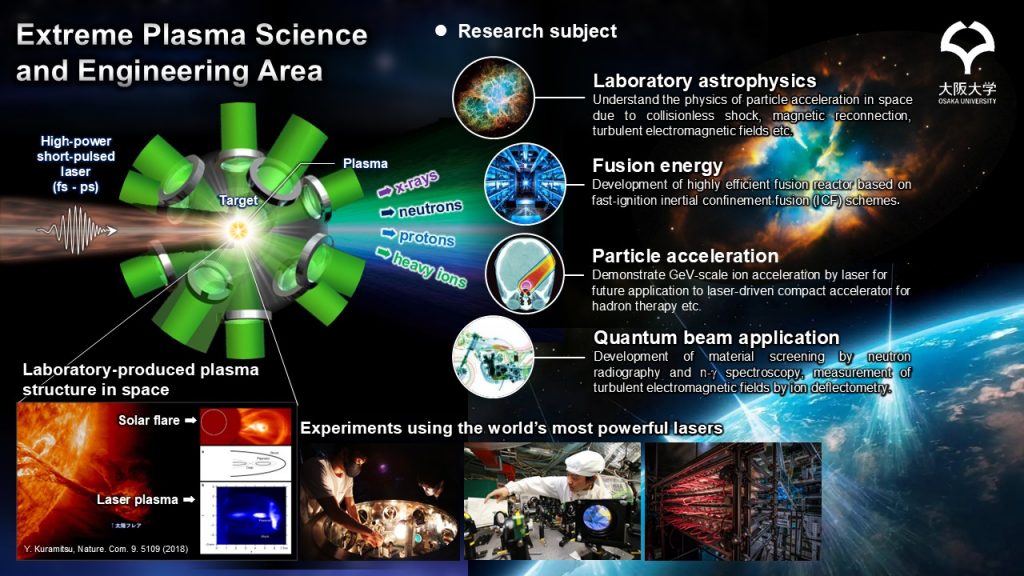
Materials are the key to unlocking nuclear fusion power as a safe and sustainable energy source. We study the incredibly complex interaction between fusion plasma and materials from both a fundamental and engineering point of view. From such framework, we pursue development of novel plasma generation technology and ion beam technology. Pulsed heat and particle loading effects on refractory materials are also our world leading research subjects.

We are conducting research on the “Science of Extreme Conditions” using power laser technology, which is “High Energy Density Science”. This research field covers from the creation of scientific and technological innovations such as laser processing to the astrophysics including planetary science. High energy density science is attracting worldwide attention as a research field related to the creation of scientific and technological innovations as well as the creation of academia. In Japan, the Science Council of Japan proposed “Quantum leap jump in power laser technology and high energy density science and the creation of industry” on June 16, 2020. In such a situation, we are going to contribute to realize a sustainable and prosperous society and to open up future possibilities by exploration the unknown world through the research of high energy density science using high power lasers. The research is being promoted through domestic and international collaborations by using the most advanced large high- power laser facilities in the world including the XFEL.
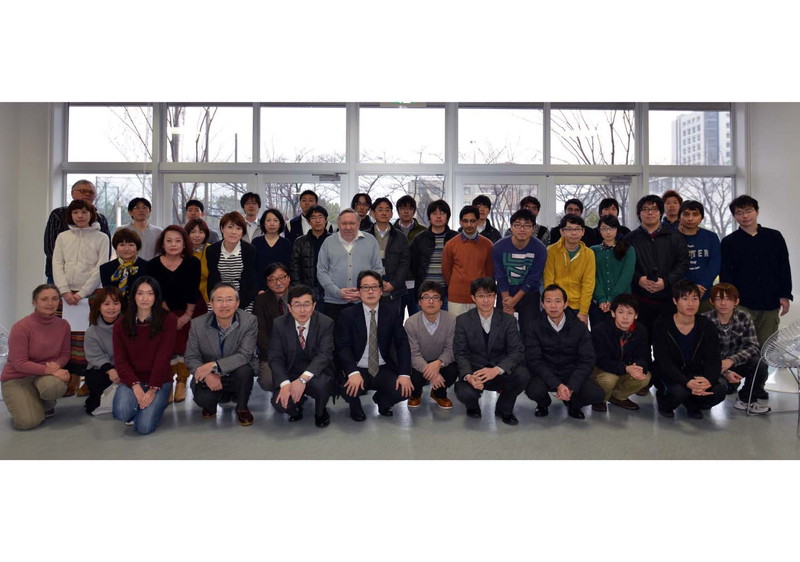
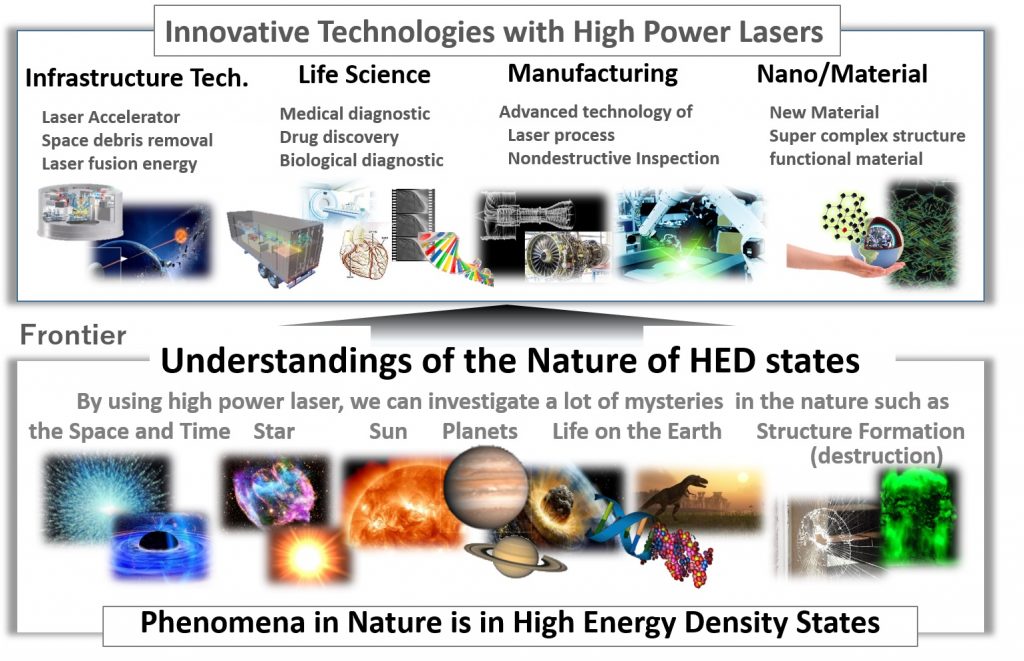
Electron cyclotron resonance (ECR) ion sources have been widely used for production of high intensity multicharged ion beams for accelerator, heavy particle cancer radiotherapy, space propulsion, bio-nano material fields, as well as implantation in industrial applications. With promoting basic and applied researches of ECR plasma, we are conducting research and development with respect to new beam source responsible for the next generation.
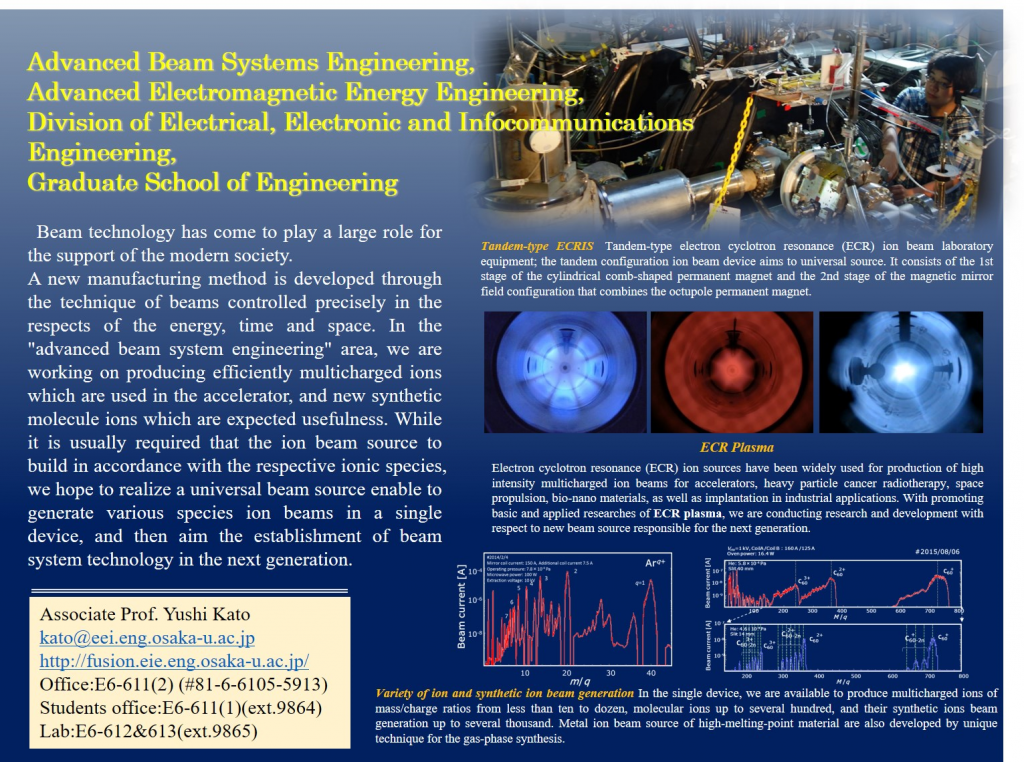
Our research interests are centered on optical materials, especially wide bandgap semiconductors, with the aim of seeking and creating singular characteristics, device structures, and systems. Specifically, we are developing a gigabit-class deep-ultraviolet LED optical wireless communication system for 6G and a unique technology for characterization of semiconductors (ODPL spectroscopy). We continue to create innovative solutions through our integrated R&D process (from basic research to application and production).
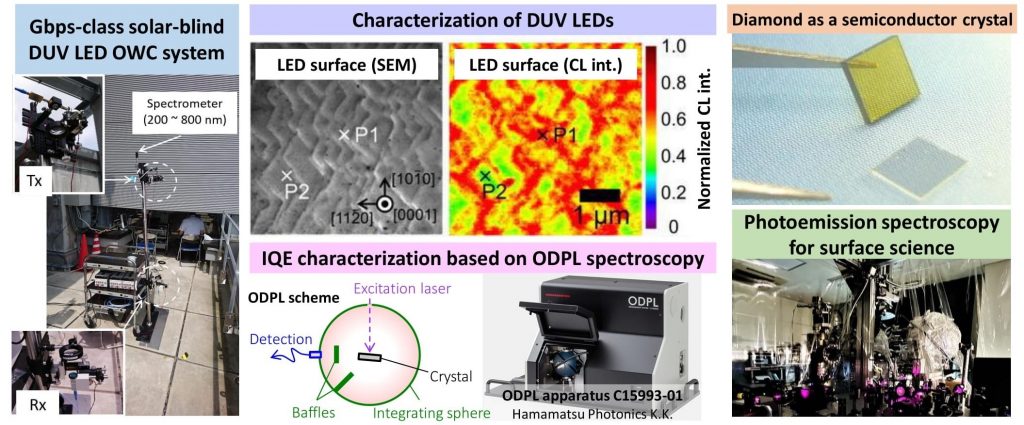
In our material innovation area, we aim to create innovations in new functional materials that hold the key to solve the problems of future environmental problems and advanced information society. Especially, we develop new wavelength conversion optical crystals and nitride semiconductor crystals, and provide an education on these researches.
Our laboratory aims to contribute to society through training of researchers and development of functional materials by practicing from basic research to practical application through industry-academia collaboration and venture creation.

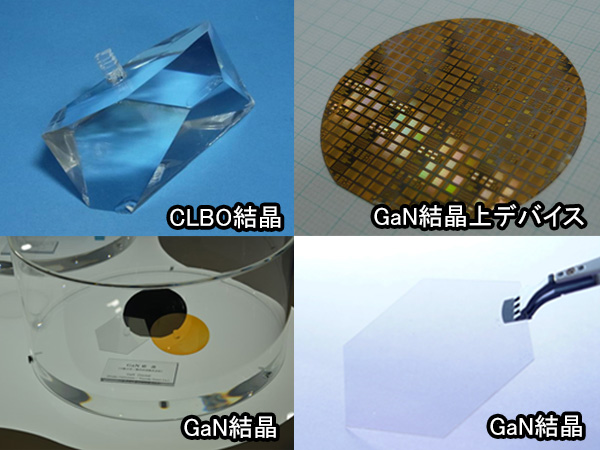
This area researches the physics of surface/interface of the materials for nano-electronics, which underpin today’s advanced information society from the hardware side.Especially, unique functions of low dimensional materials (2D nanosheets and 1D nanowires) like carbon nanotube, graphene, and other graphene-like layer materials, which are strong candidates for nanomaterials for next generation electronics, are explored and utilized for developing new applications such as sensor devices.
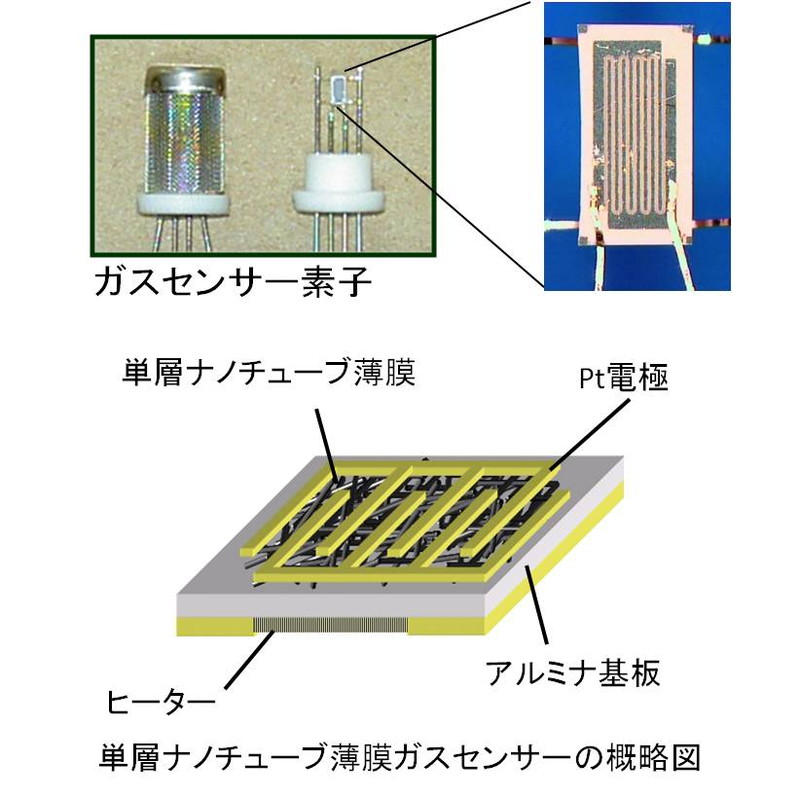
Innovative biominerals area conducts education and collaborative medical engineering research on biominerals (bones, kidney stones, vascular calcification etc.) with the aim of “future medical innovation to support healthy aging” in an aging society. In vivo, bone and kidney stones are the stage where cells and proteins play an active role. Our primary focus is on these materials, and we use electronics technologies such as laser technology, ultrasound, and optical measurement to elucidate the mechanisms of biomineralization and to develop novel therapeutic and preventive methods for bone defects, kidney stones, and vascular calcification. Furthermore, we aim to develop new crystalline material synthesis technologies by applying biomineralization strategies.
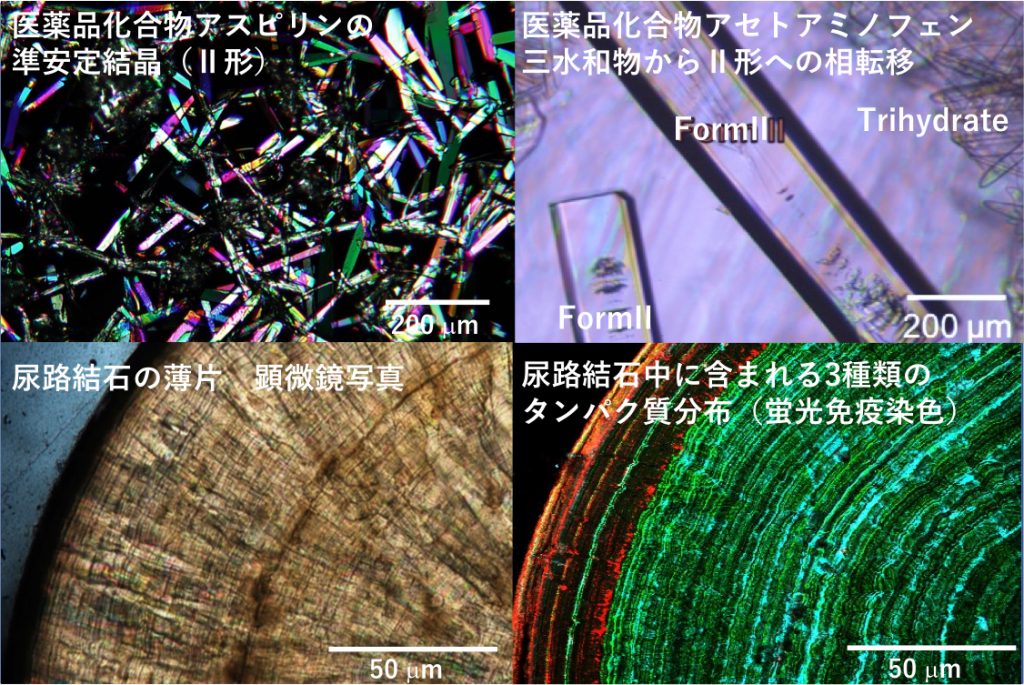
The area develops a series of quantum optoelectronic devices and systems: compact and energy-saving light sources with unachievable wavelength which contribute toward a low-carbon society, as well as ultra-high-speed quantum computation systems with high-degree of quantum superposition which enable the development of the new technologies such as big-data analysis and artificial intelligence. Current research targets are the fabrication of the nonlinear optical devices integrated with semiconductor lasers, quantum optical light sources made of wide-gap semiconductor, the exploration for the novel materials with huge optical nonlinearity, and the assembly of the above building-block devices into the novel systems.
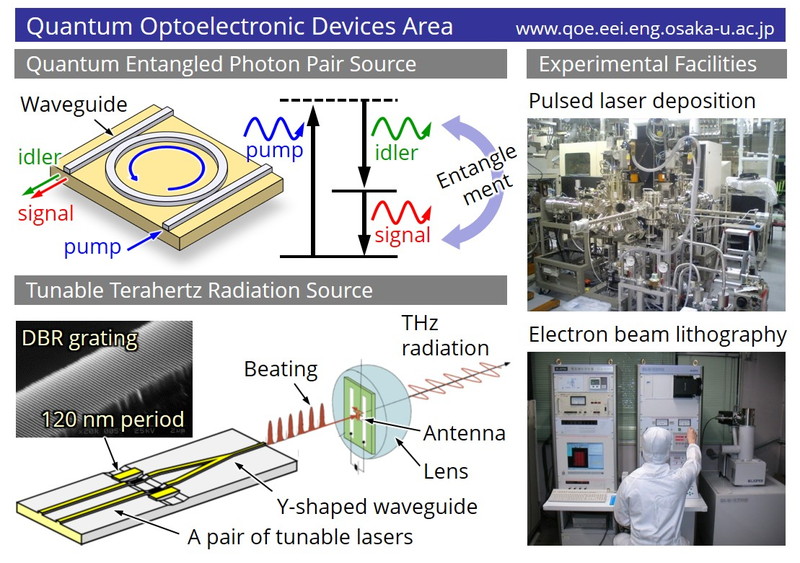
Semiconductors lasers which are familiar as the light source of barcode readers are small and high-performance theoretically. Kondow lab is developing a circular resonator with the diameter of 1μm. The left figure shows the SEM image of the fabricated resonator, and right figure shows the light distribution in the resonator. At first, on a 2D photonic crystal structure, we fabricated the circular resonator where the light was confined and amplified. Then, a waveguide used for output was set near the resonator. As a result, a semiconductor laser without any energy loss can be fabricated. If this device is accomplished, we can realize the dream of achieving 100 times current communication capacity.
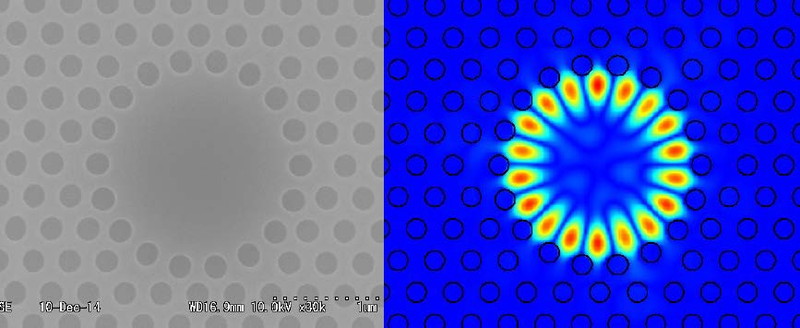
Our laboratory conducts theoretical research on novel materials and devices, and their applications in large-scale integrated electronic systems. The research topics cover a wide area from the basic semiconductor physics to the circuit and system design.
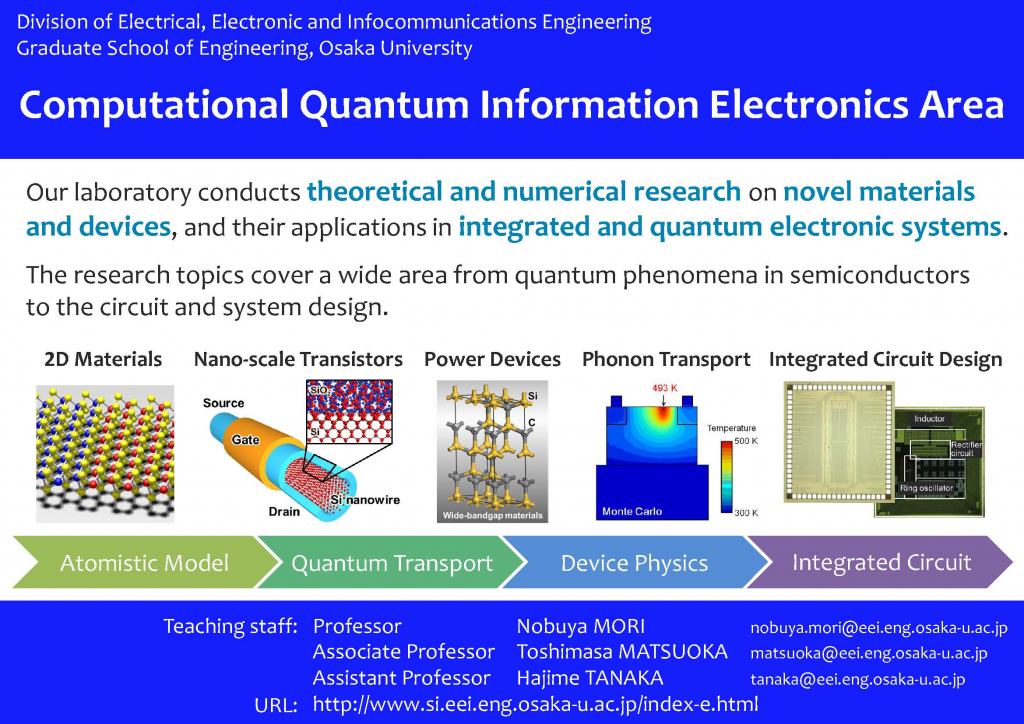
To achieve high performance large scale integration (LSI) systems, that will be fundamental key devices for next generation IoT/AI society, we develop ultra-low power and low voltage LSIs, energy harvesting systems, and bio- and physical-sensor interface devices.
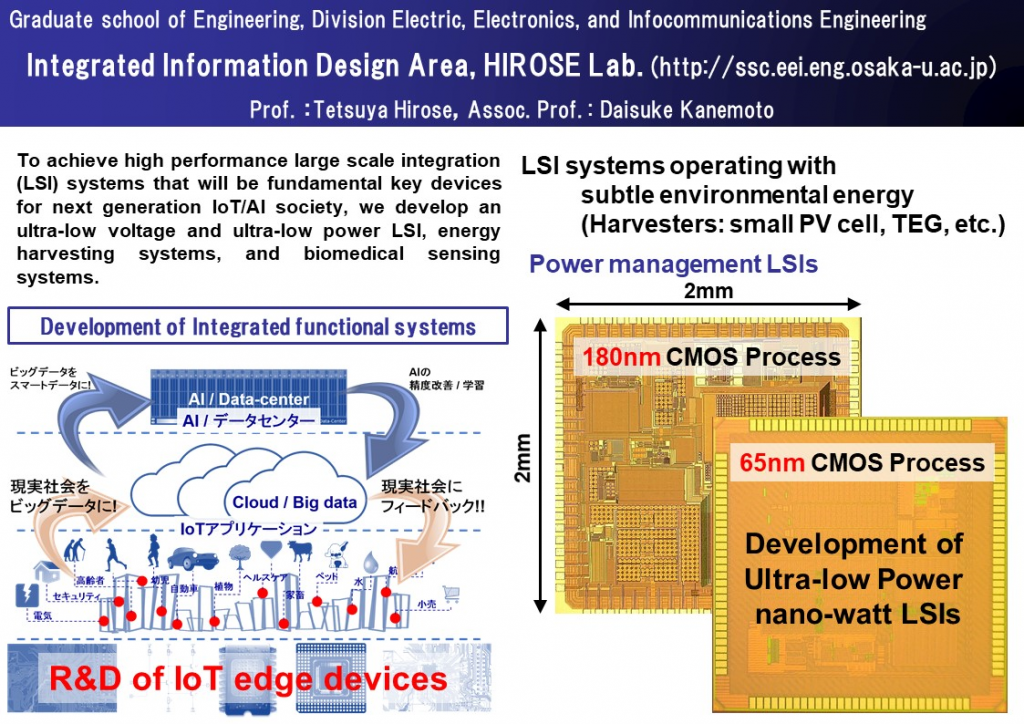
The brains in animals realize intelligent computations on sensory information with algorithms and architectures that are quit different from those of the state-of-the-art digital computers. Our laboratort aims at investigating such computational principles and underlying mechanisms in the visual nervous system by utilizing various neuroscience methodologies, and at developing the bio-morphic electronic devices based on the knowledges from them. In addtion, we are recently making a strong effort to the basic research-and-development of the neural interface devices for artificial visual prostheses as the medical application.

To meet the ever-growing bandwidth demand, our mission is to drastically improve capacity, flexibility, spectrum/energy efficiency, and security of photonic networks based on the advanced optical switching and transmission technologies. Our development takes place in all domains from access and mobile front-haul, through metropolitan, to long-haul transmission.
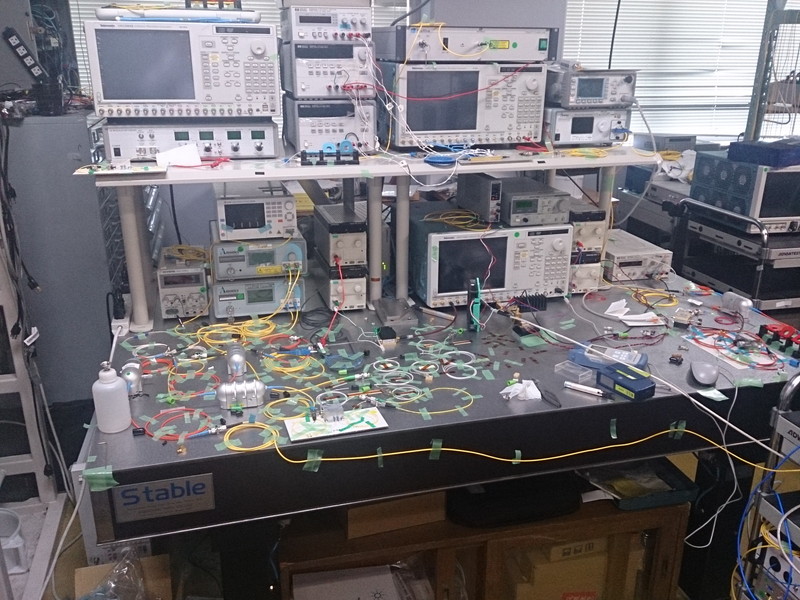
We focus on physical layer design and analysis of various wireless communications systems and networks. Our research interests include high data rate coded modulation schemes, massive MIMO signal detection, wireless access schemes for massive IoT devices, broadband and low power consumption wireless transmission schemes, low-complexity design of channel coding and decoding, and applications of statistical signal processing and machine learning to wireless communications systems.
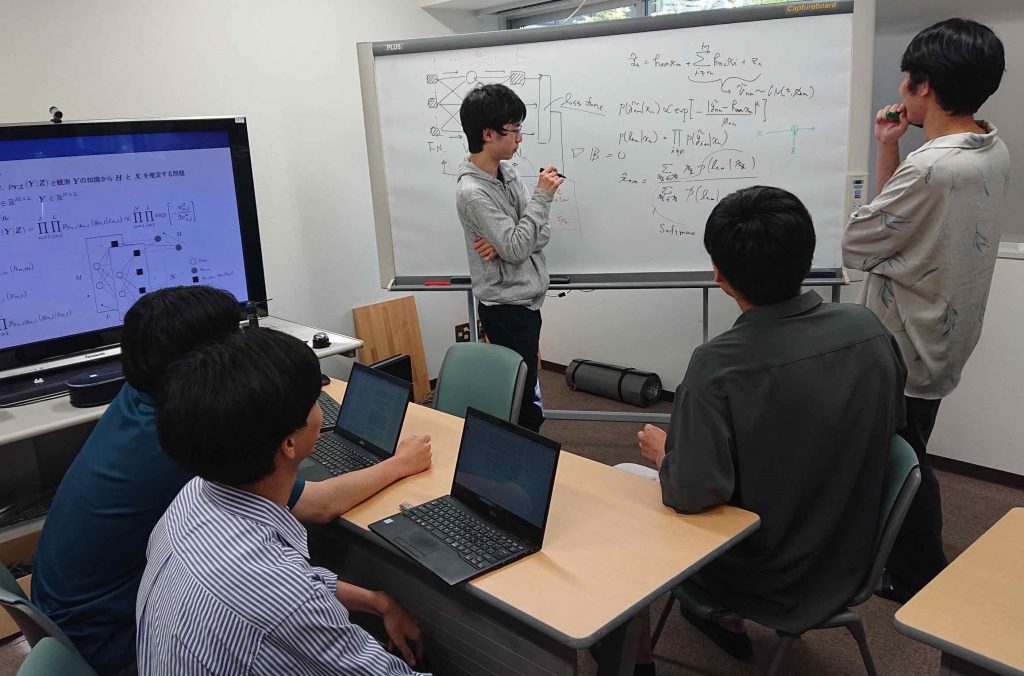
In recent years, diverse and large amounts of information have been transmitted over the Internet from IoT devices like cars or household appliances. Analysis and utilization of such big data are the key factor to the creation of next-generation industries, therefore, it has become a crucial issue to protect privacy of device users. Our laboratory studies the leading-edge cyber security and cryptographic theory, including privacy protection technology in big data analysis and utilization.
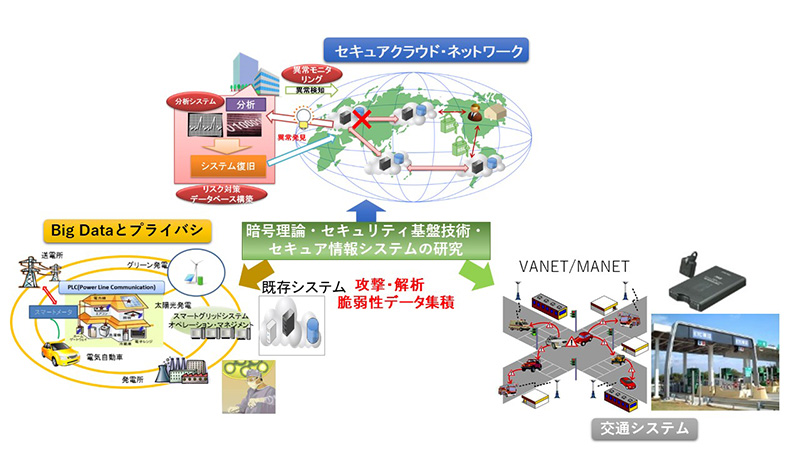
For the maintenance of the environmental capacity, balance, and negotiation between the industrial activities and the natural environment, while considering the long term effects, is required. Because of that, it is necessary to understand and prepare for the effects caused by the dynamic characteristics of activities that sustain urban development, such as the emissions from mining, production, consumption, and disposal. Therefore, concerning the supply chain and lifeline issues, we develop methods to accelerate risk assessment of large amounts of chemical substances, estimate triggers and the effects on the human health and the environment of chemical substances released during natural disasters, ultimately, a risk assessment focused on the integrity of the ecosystems and the society. We conduct cross-disciplinary research, including the environmental impact assessment (life cycle assessment/LCA) of resource recycling of rare metals, due to the expansion of electric vehicles, among others, ultimately addressing the ever-growing societal risks associated with the development of industrial activities.
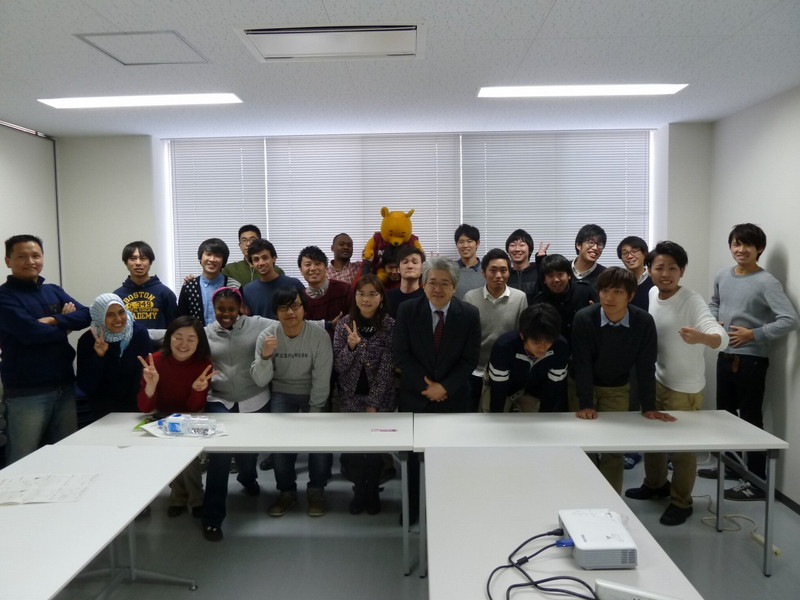
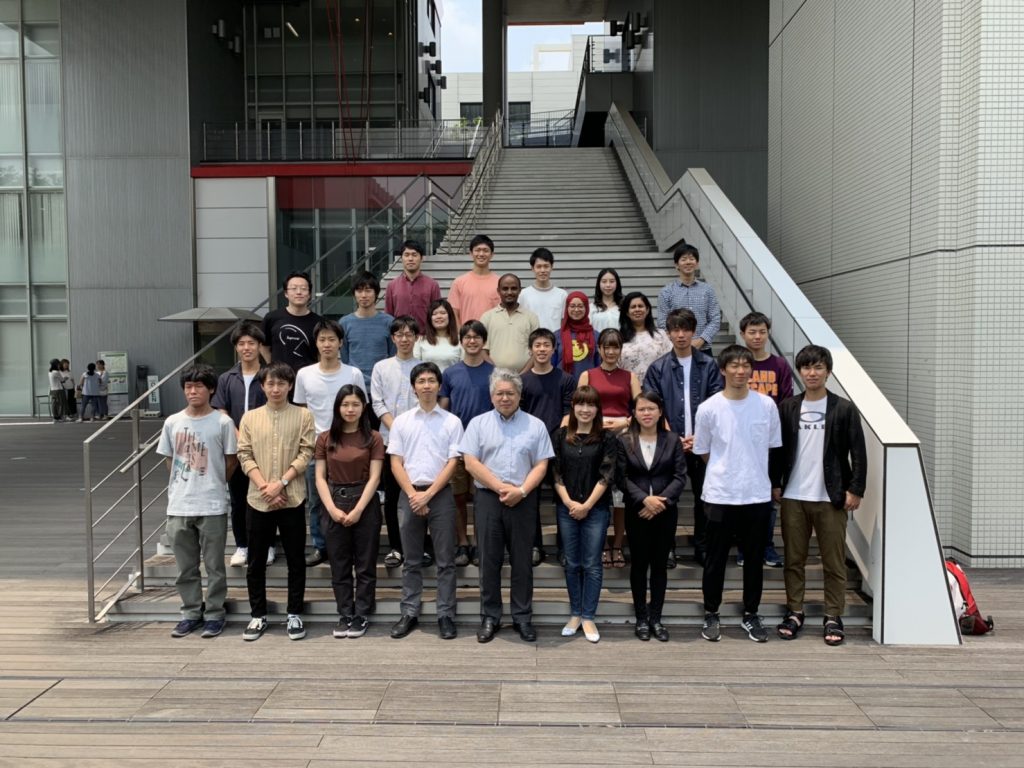
Our laboratory performs the research on the dynamics of heat, water and various pollutants in the environmental media such as atmosphere, sea, fresh water, sediment and soil for the multi-scale from indoor to global. Our objective is to estimate the impact of human activities on our lives and ecosystem, and to develop sustainable environmental technologies for creating a beneficial environment. Our research is based on three principles: Monitoring, Modeling and Management.
Keywords: Atmospheric environment / Water environment / Indoor air environment / Environmental dynamics / Numerical simulation
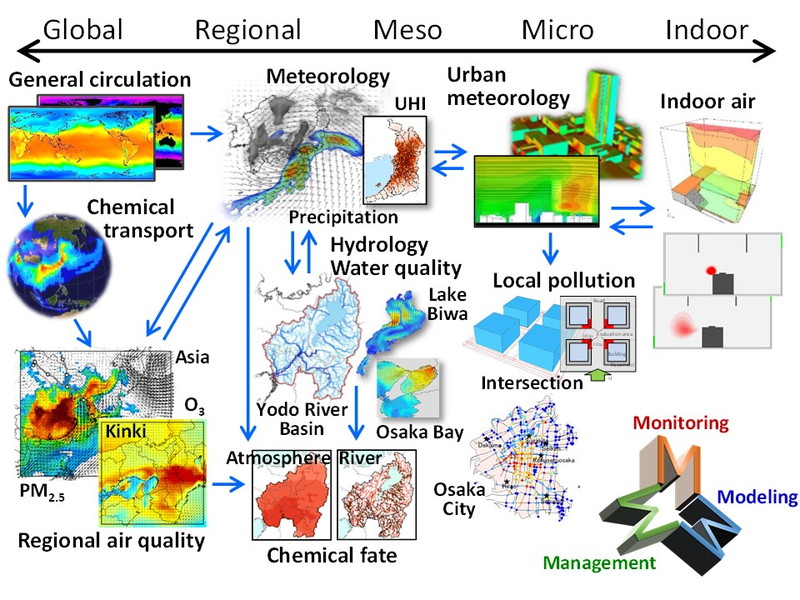
Our goal is to achieve sustainable urban development where the natural environment and human society coexist harmoniously. To accomplish this, we aim to gain insights into the relationship between humans, the environment, and nature, unravel the mechanisms of urban spaces and environments, and explore planning and design methodologies. By doing so, we strive to foster a sustainable urban environment that supports the coexistence of nature and human society.
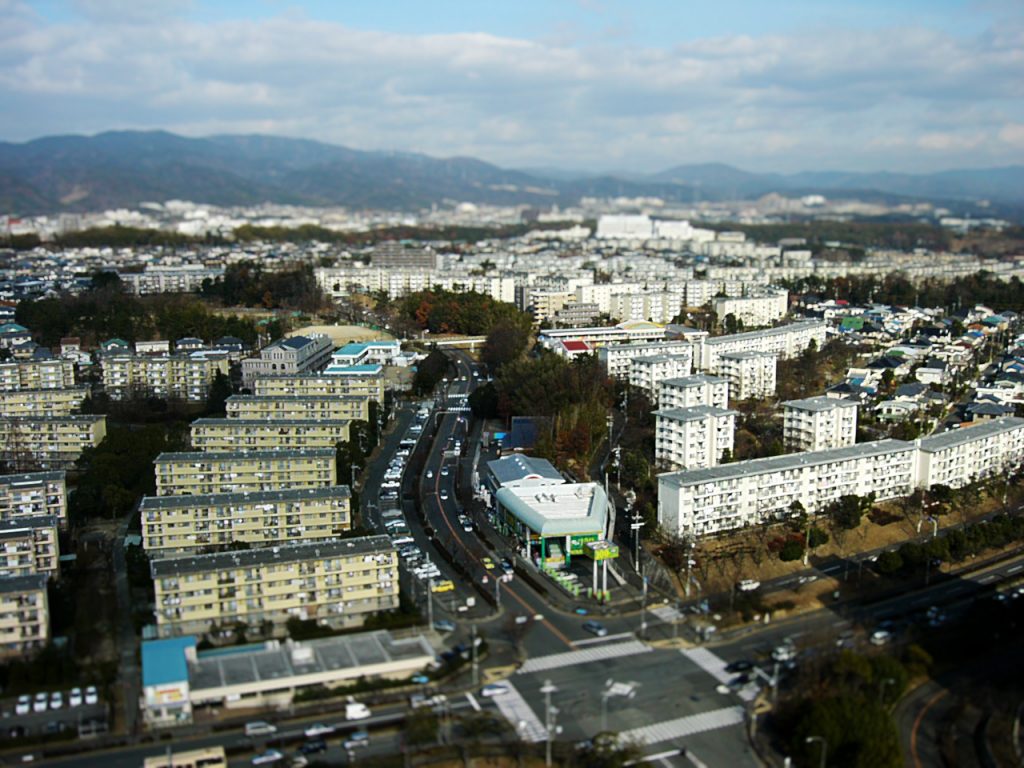
Aiming to realize Society 5.0—an ultra-smart society—we are developing methodologies for environmental design that comprehensively integrate the relationships among humans, artifacts, and nature. In parallel, we pursue the advancement of environmental design systems through the sophisticated use of information and communication technologies (ICT), including AI, and engage in research and education in environmental informatics from a comprehensive engineering perspective.

Our laboratory focuses on science and technology for environmental conservation and purification as well as recovery of energy and resources from wastes/wastewaters using functions of microorganisms and plants. Biological technologies are ideal options as environmental technology due to the advantages of low cost, low energy and resource saving, and high environmental adaptability. Moreover, because microorganisms and plants can be recognized as renewable resources, i.e. biomass, it may be possible to develop a co-benefit process where environmental conservation and purification is linked to resource recovery/production. Our lab is developing a wide variety of techniques to solve the environmental problems just like a “supermarket” of environmental technologies.
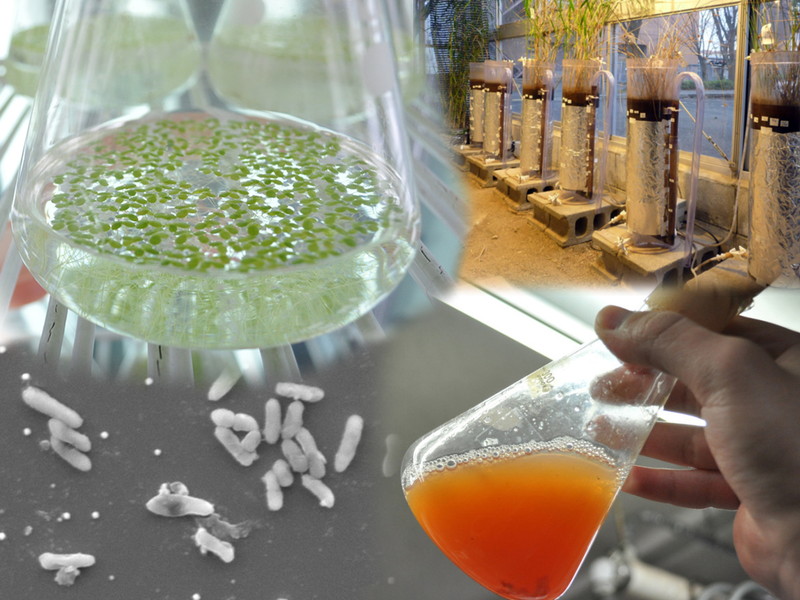
The energy-demand side is vitally important while performing an analysis of our energy system. The main themes investigated by this laboratory are the urban energy metabolism, evaluation of heat system performance, modeling and management of energy demand, and active utilization of energy demand in smart grids.
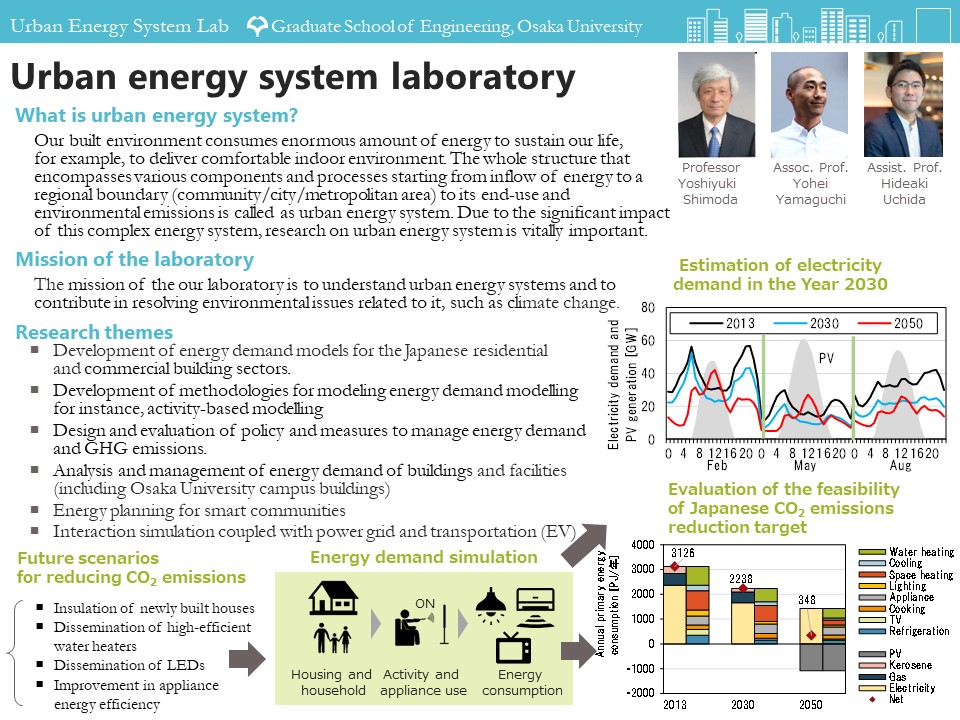
We study functional materials for thermal management with the aim of solving energy problems and realizing sustainable society. Thermoelectric, nuclear, and thermal storage materials are studied. We have experiences in fabrication of various materials and in characterization of their thermophysical properties. Computational studies are also conducted to theoretically predict or validate the experimental results.
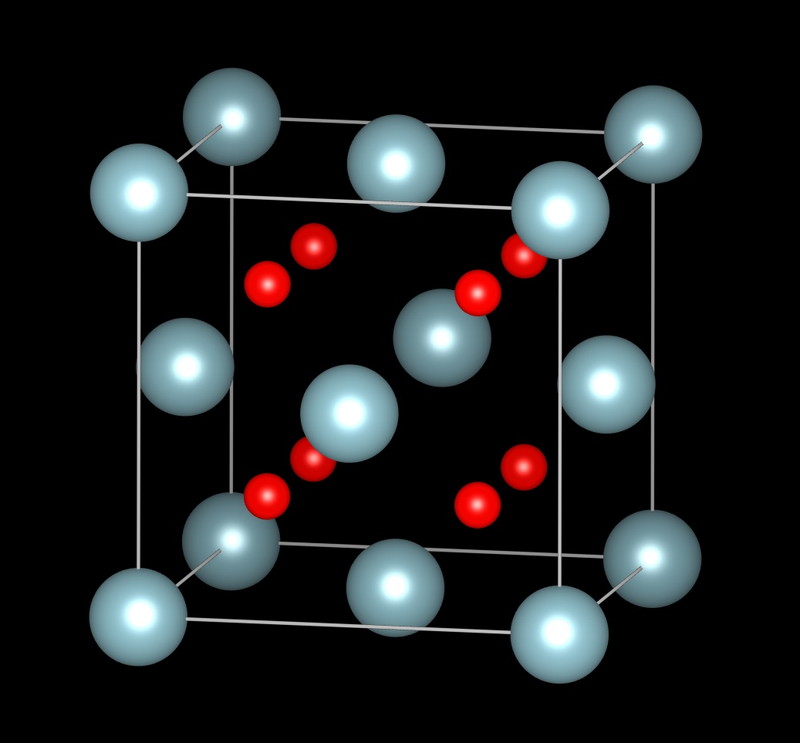
Our laboratory aim to solve the issues of the energy, the environment and the welfare by using radiation technology, magnetic force control technology and bioinstrumentation. The themes are as follows;
・The study on the evaluation of the effects of radiation on the materials, the biomaterials and the environment.
・The study on the environmental purification, the resource recovery and the minimally invasive treatment.
・The improvement of the quality of life (QOL) of human using bioinstrumentation.
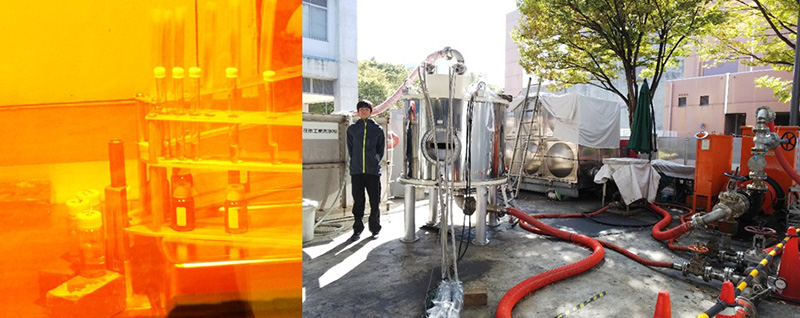
Our laboratory focuses on developing technologies to address challenges in achieving a carbon-neutral society, particularly in the electric power sector. We aim to construct smart grids that facilitate the widespread adoption of renewable energy sources like photovoltaic power generation and electric vehicles.
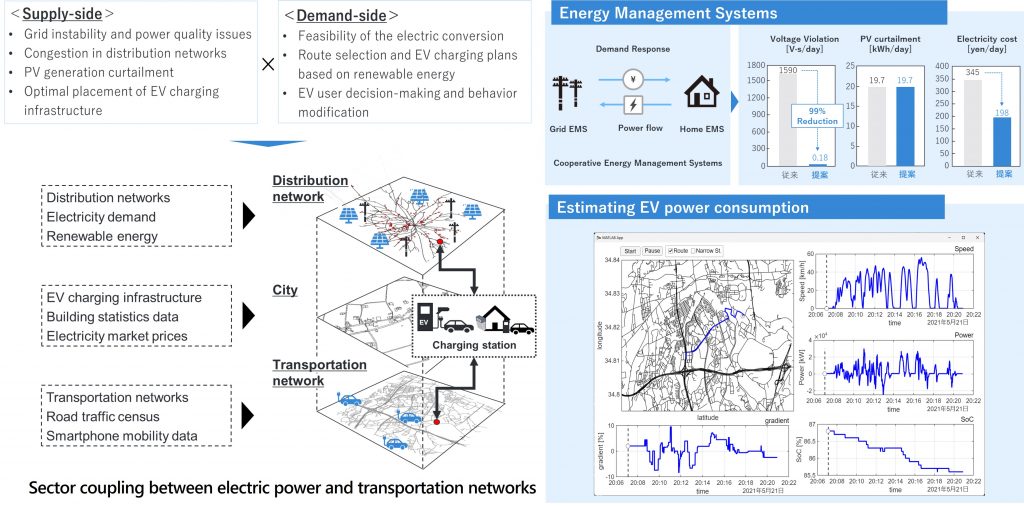
We are studying novel techniques for medical diagnosis, therapy, and biological analysis using light including laser, on the basis of tissue optics, photobiology, and laser engineering. Research interests include less-invasive treatment with infrared lasers, photodynamic therapy for cancer, optical properties of biological tissues, and laser ionization mass spectrometry, and so on. We are developing the human resources which have profound understanding of both engineering and medical fields.
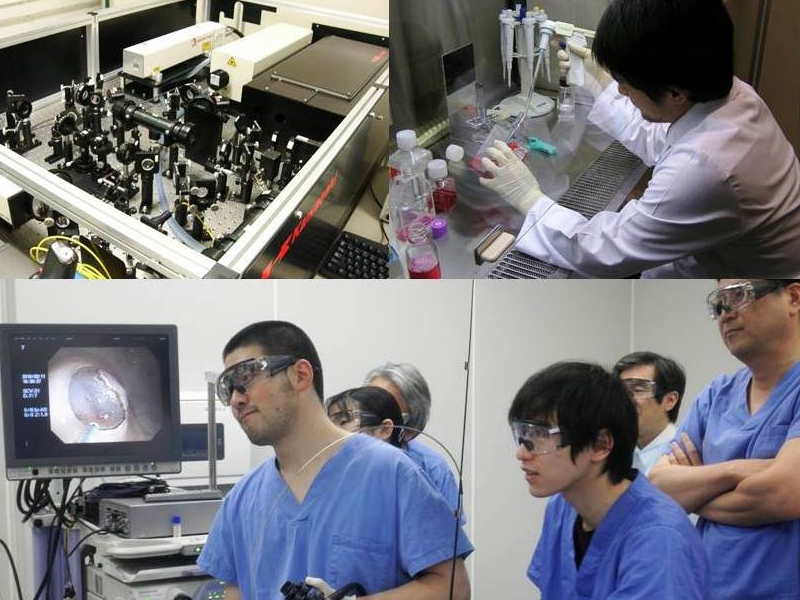
Nuclear Social Engineering Area
To utilize nuclear reactors more safely and economically, we have been developing more reliable management methods for equipment operation and new types of nuclear reactor by experiment and computer simulation.
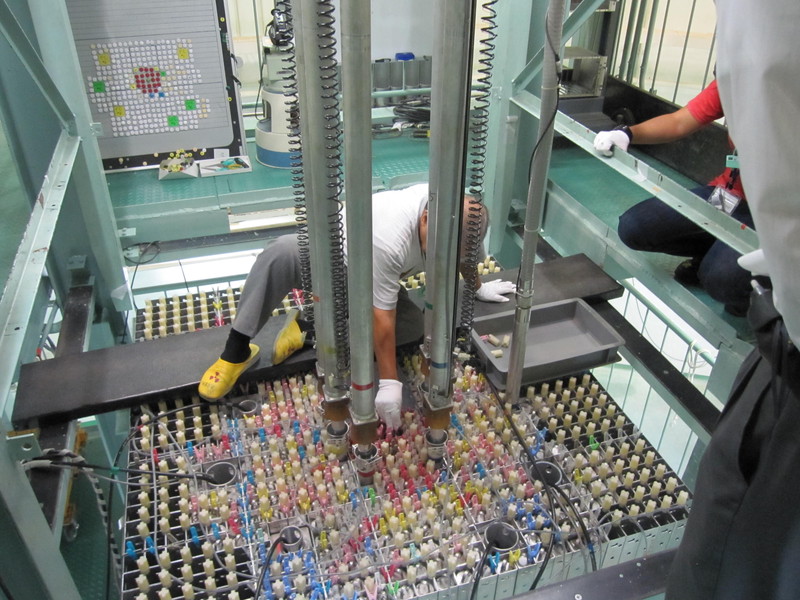
We carry on research and education on the safety of nuclear energy, concept of new energy system and so on. At present, main concern is on experimental and numerical studies of hydrodynamics and heat transfer related to liquid metal flow and material behavior loaded by high heat flux. From these studies, we aim to contribute to development of new system of neutron source, fusion reactor and so on. Besides, we study on magnetohydrodynamics (MHD) in order to construct a concept of renewed safety system, heat exchanger and so on.
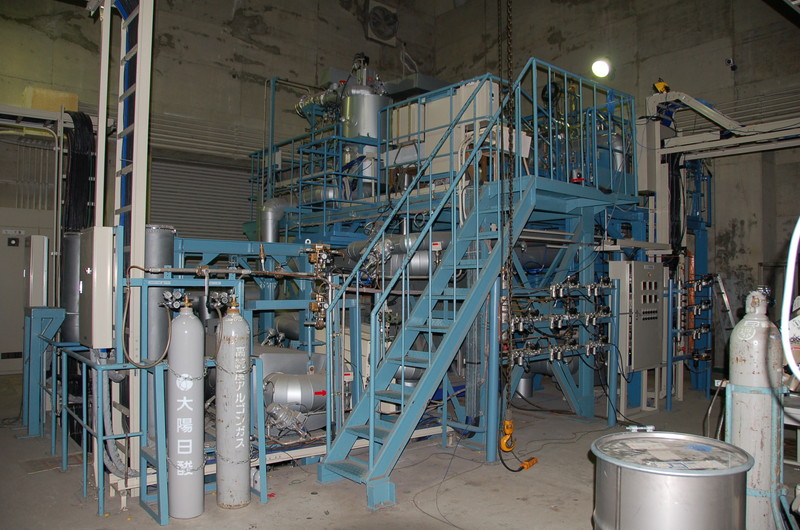
To achieve a safe chemical processing of spent nuclear fuels and radioactive wastes, we conduct research on chemical behavior of actinides and fission product elements in various electrolyte solutions.
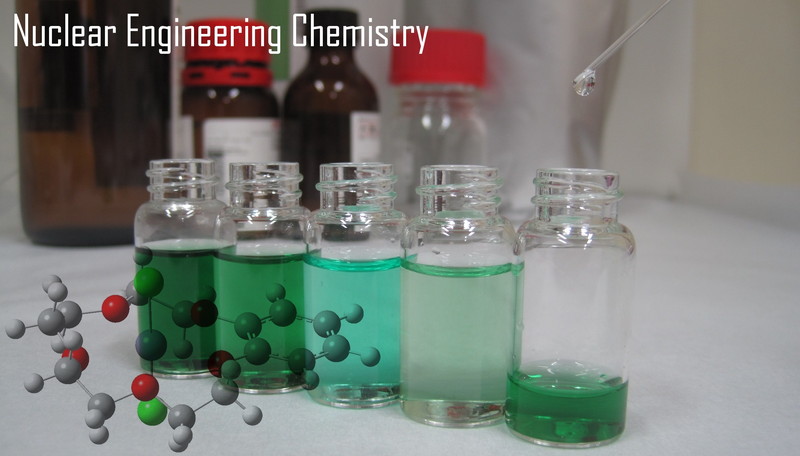
Quantum Reaction Engineering Area
We study radiation physics and engineering for advanced medical and industrial applications. The world’s most intense 14 MeV neutron source facility of Osaka University, OKTAVIAN was constructed by us in 1981. Studies of neutronics (neutron engineering) for Fusion Reactor and Boron Neutron Capture Therapy (BNCT) (new cancer therapy) have been carried out using the OKTAVIAN. Also, we develop new environmental and personal dosimetry methods.
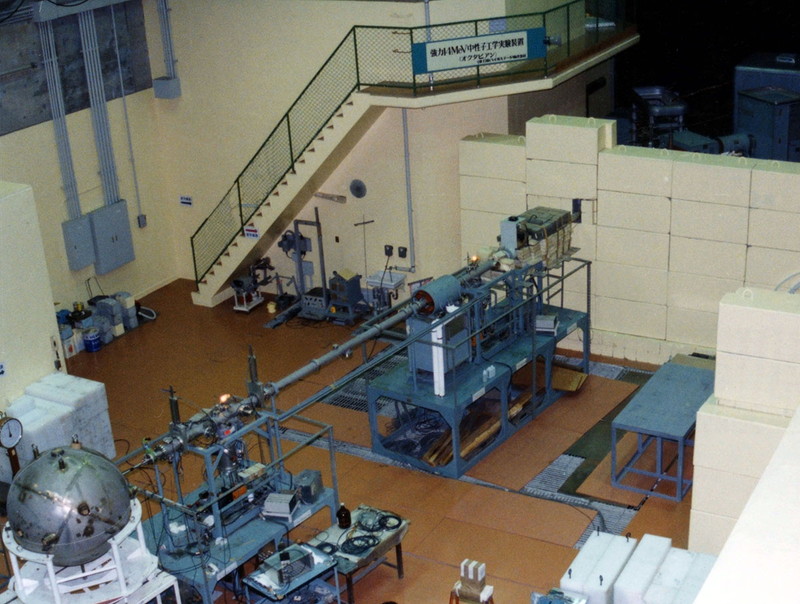
This subarea investigates artificial intelligence to be applied to ship design and operation. For preventing sea disasters which could result in loss of many human lives as well as preserving marine ecosystem, ship dynamics and hydrodynamics are focused in the light of free-running model experiments, nonlinear dynamics, automatic control theories, random process theory, underwater acoustics and so on. The research results could contribute to development of autonomous ships, stability criteria against capsizing, and environment-friendly ships, which could realize smarter ship designs.
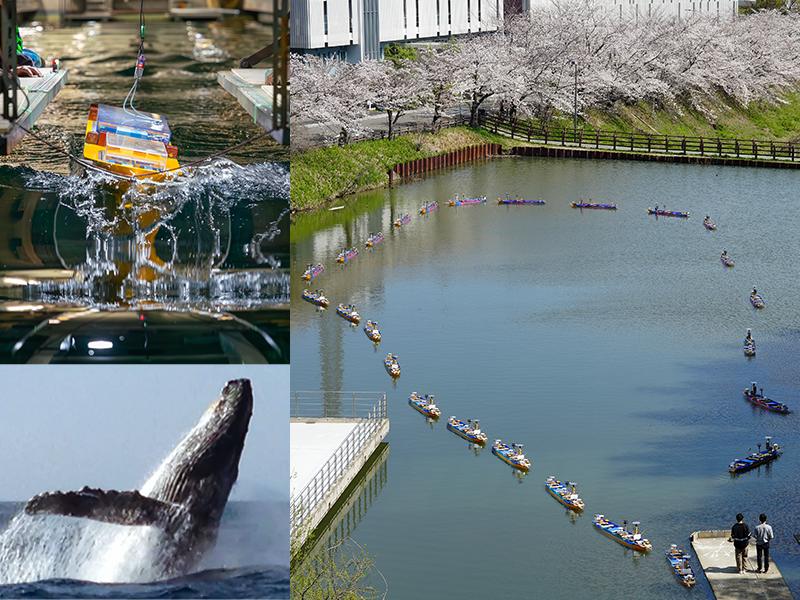
This subarea deals with a wide range of research topics related to strength of ships and offshore structures. The research topics include ‘hydro-elastoplasticity problem of ship’, ‘Interaction between global (hullgirder) and local (e.g. double bottom) strength’, ‘behavior of structures for harnesing renewable energy under combned wind and wave loads’, ‘single-point-moored floating structure’, ‘strength analysis of deep-sea risers and drill pipes’, ‘aquacultural net’, ‘VLFS’, etc. The staffs and students amounting to about 25 in number are yielding new research findings every day.
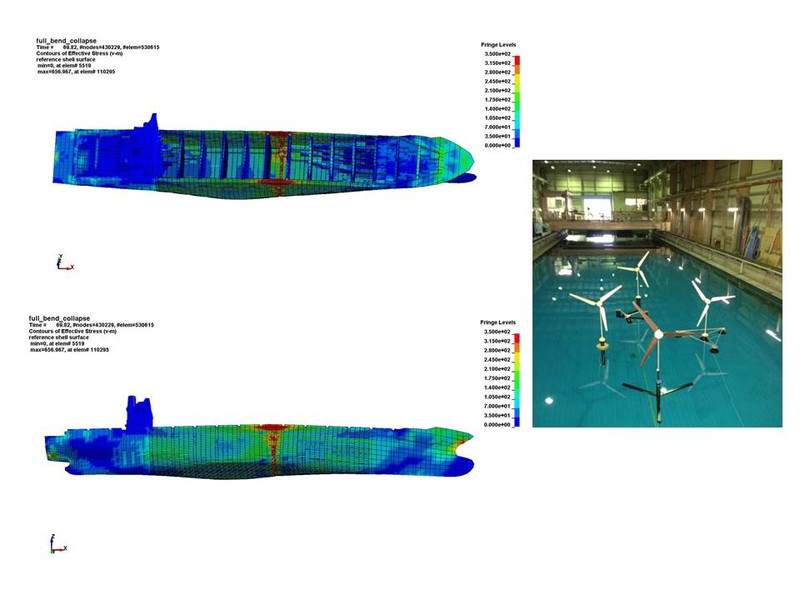
In the Subarea of Marine Hydro- Science and Engineering, the education of basic hydrodynamics and applied fluid dynamics on ship and ocean application are provided. Hydrodynamic problems related to Ship hulls, underwater vehicles, underwater vehicle systems, renewable energy generation systems, seafloor drilling systems are investigated using CFD(Computational Fluid Dynamics)including advanced code development, TFD(Theoretical Fluid Hydrodynamics) including explanation of new phenomena and EFD(Experimental Fluid Dynamics) including advanced image measurement system
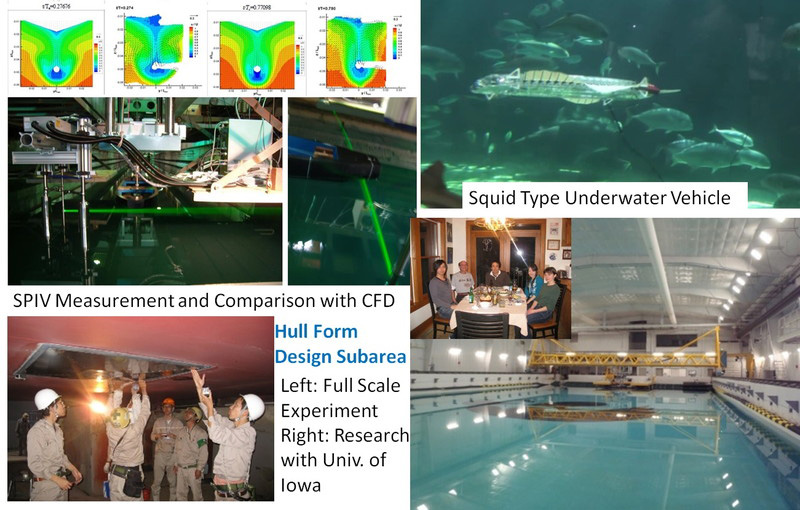
We pursue education and research on material and related technologies for asset integrity management of ships and offshore structures (fatigue and corrosion), design of ships and offshore structures in ice sea (maneuverability and structural response under ice load), fabrication technologies of large steel structures (curved plate forming, straightening, quality control).

With wave-body interactions as the core theme, the propulsion and seakeeping performance of ships in actual seas are studied in terms of theoretical analyses, numerical computations, wave-basin experiments, and onboard data analyses. As university-industry collaboration, “a prediction and analysis system for ship propulsion performance in waves” is developed by integrating analysis tools developed so far. In addition, we are also doing research on cloaking of a floating body, wave-energy absorption, and development of a floating platform for offshore wind-energy utilization.
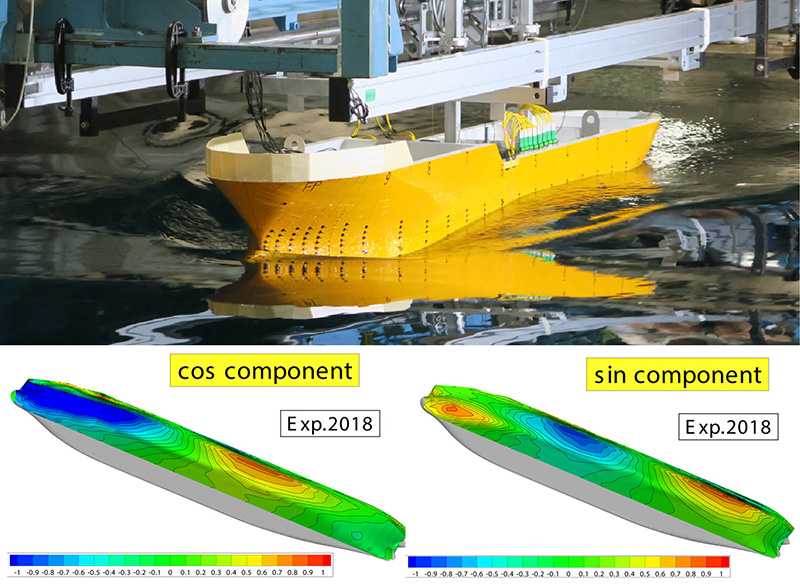
Improvement of maintenance manner for existing structures and application of highly-durable materials to newly-built structures are required to achieve the long service life of infrastructure. Advanced technology contributed to infrastructure design and maintenance is studied in our laboratory. Research topics are as follows;
- Nondestructive inspections and monitoring technology
- Repair and reinforcement of structural members (e.g. Fiber reinforced concrete)
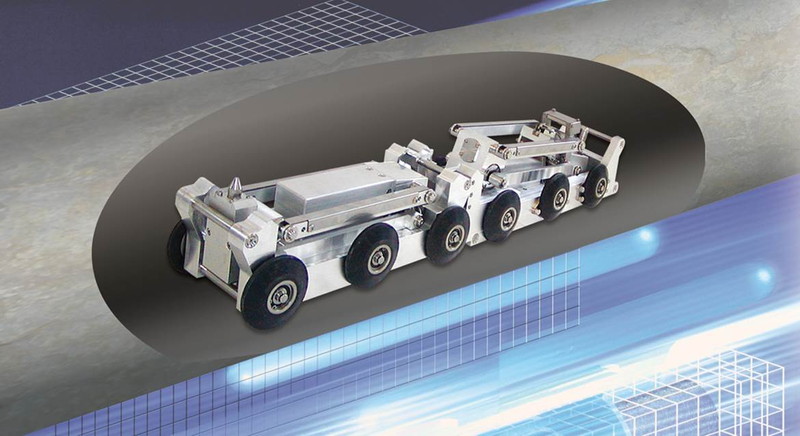
The Laboratory of Structural Engineering strongly contributes to the development of structural design codes and bridge constructions based on an original elasto-plastic finite displacement analysis method and precise experiments. Moreover, in collaboration with governments, design offices and fabricators, promotion of advanced technology for long life span and rehabilitation of metropolitan infrastructures, and improvement of structural performances are current topics of the laboratory.
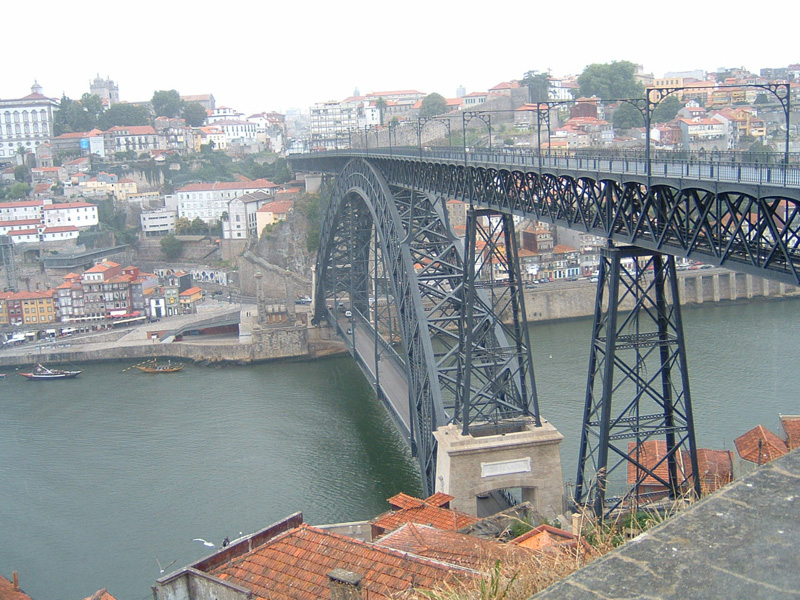
Soil and ground play vital roles in infrastructure development, water resources and its circulation, ecosystems, disposal of waste, and supply of energy resources. To realize sustainable utilization of the geo-environment, we conduct research and technical development related to soil and rock mass aimed at construction and maintenance of earthen structures that are stable against heavy rainfall and earthquake, beneficial use of waste/recycled materials, waste containment, remediation of contaminated site, geological repository of high-level radioactive waste, and development of geothermal reservoir.
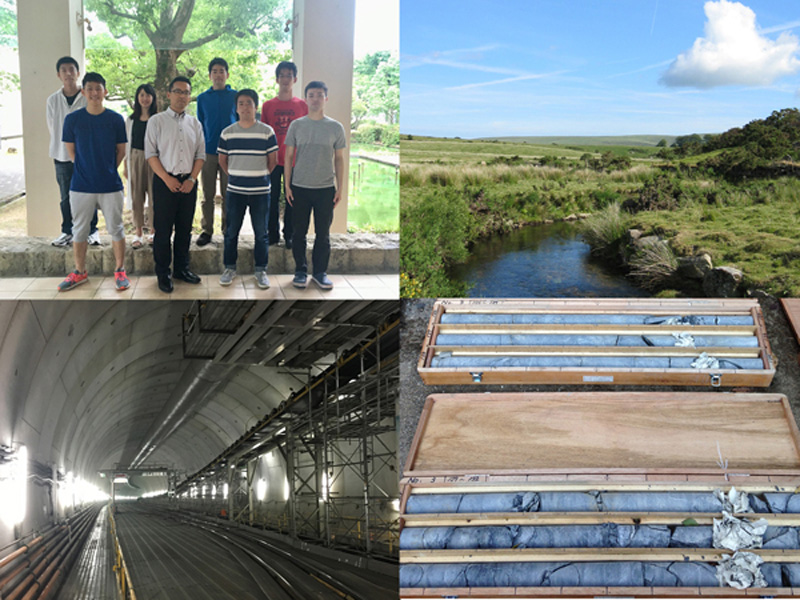
Land Development and Management Engineering Subarea is commonly called as Coastal Engineering Laboratory. Aiming at harmonization of development and environmental conservation, we are tackling various coastal problems such as coastal protection against beach erosion, tsunami and storm surge, optimal design of port facilities, preservation of shallow waters, coastal dunes, etc. through field observation, model experiments, and computer simulations.
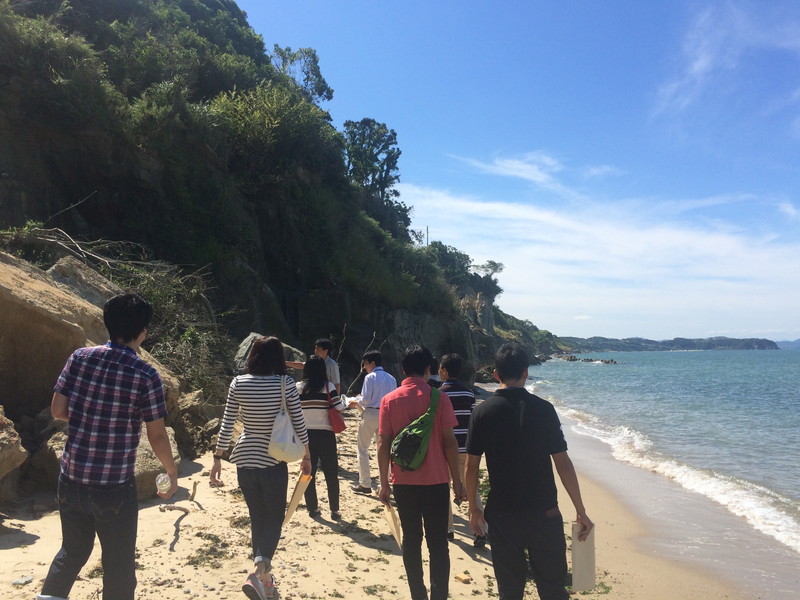
This laboratory is dedicated to wide range of research on hydraulics and water environment. Our researches have centered on computational fluid dynamics and environmental analysis by field observation. Currently, our primary interest is to analyze and simulate bio-geochemical processes and nutrient cycles in urban tidal rivers, estuaries, coastal seas, lakes and watersheds.
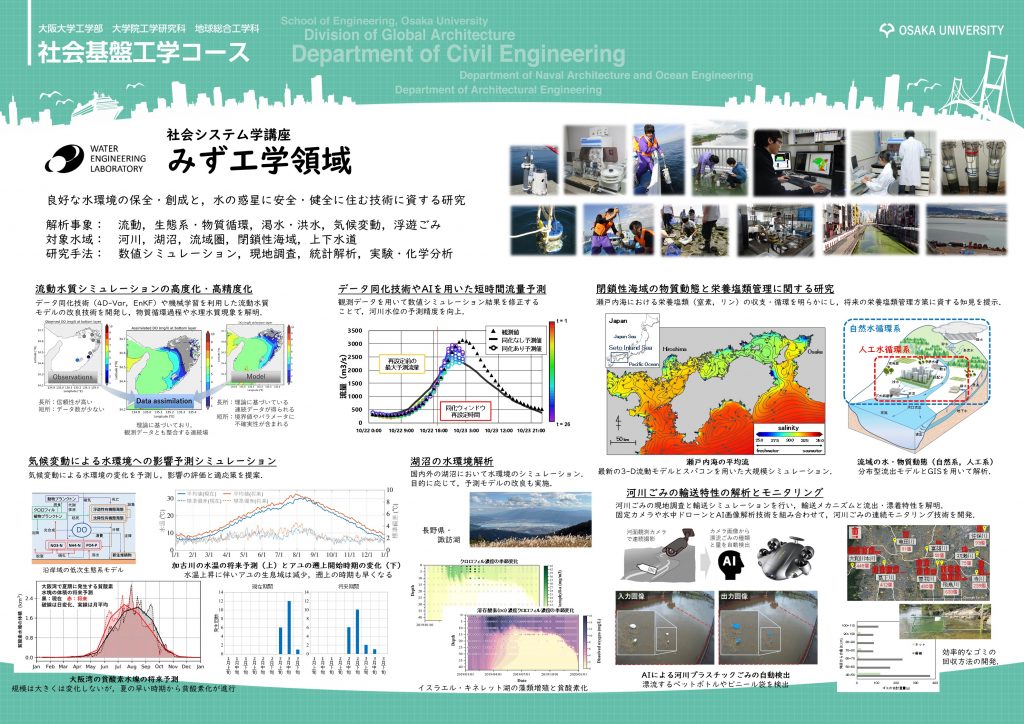
Transportation and Spatial Planning Subarea
We have been investigating integrated transportation systems and community building suitable for a future society.
1.Visioning sustainable transport, by evaluating effect of assist-system for sustainability of urban transport and transportation planning system with on slow mobility
2.Solving traffic congestion and accidents on a highway , by analysis of the cause which traffic congestion using a driving simulator
3.Ensuring Mobility in Daily Living by Local public transport collaborated with the resident and Special transport service for impaired and elderly people.

Today, a half-century subsequent to the era of accelerated economic growth—when civil infrastructure was robustly developed—Japan faces emerging challenges, such as the ageing of civil infrastructure and potential natural disasters. Within this sphere, our focus lies in addressing the managerial problem of effectively operating and maintaining the existing civil infrastructure to mitigate these issues. Our approach is characterized by two primary research themes. The first theme addresses the engineering predicament of predicting civil infrastructure deterioration, for which we are developing predictive models using data science, encompassing mathematical statistics and the principles of artificial intelligence. The second theme pertains to the economic challenge of optimal budget allocation under constraints, tackled through the application of econometrics to resolve this optimization issue.
In recent years, we have also begun to explore broader research like Digital Transformation (DX) technology—integrating data across multiple fields to augment decision-making processes—and Evidence-Based Policy Making (EBPM), which is used to devise management strategies grounded in scientific evidence.

We aim at improving earthquake-resistant performance of buildings. Our research topics are as follows:
- Prediction of earthquake ground motion
- Seismic source modeling
- Evaluation of the effects of surface geology on seismic ground motion
- Base isolation system and soil improvement method
- Dynamic soil-structure interaction
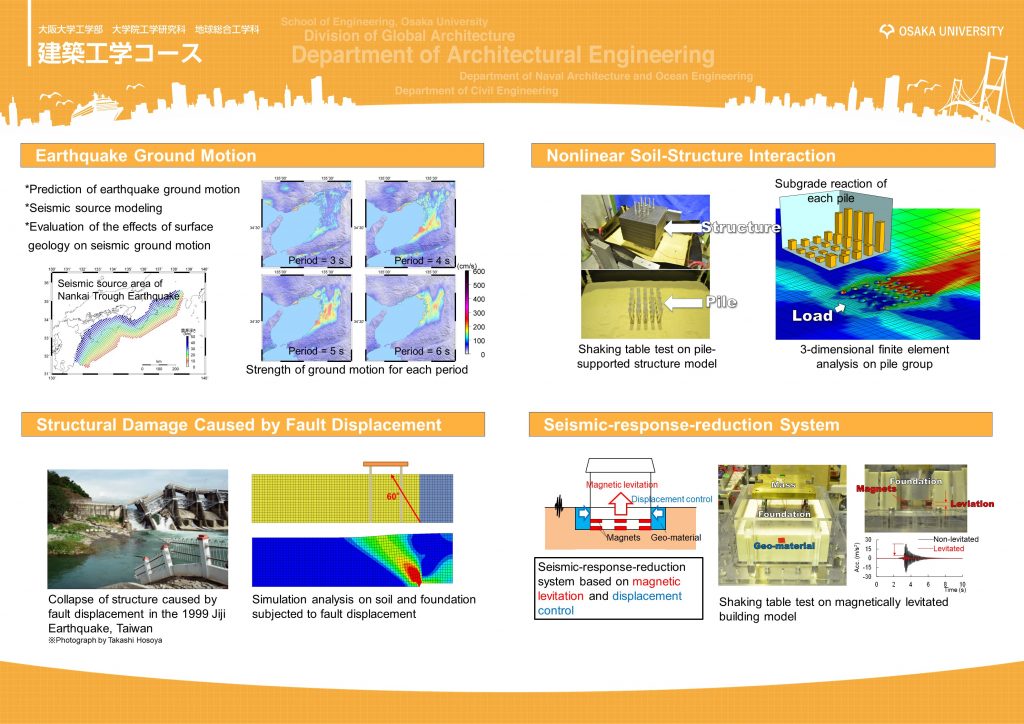
Our research group mainly studies seismic performance of concrete building structures: reinforced concrete, prestressed concrete, CLT-concrete composite, and masonry through experimental, analytical, and theoretical approaches. Research interests also cover design methodology for new construction, seismic retrofit for substandard existing buildings, and field investigation on earthquake damage.

We conduct research on the mechanical property of materials, members and joints and on the theory of seismic design, forcussed on steel structures.
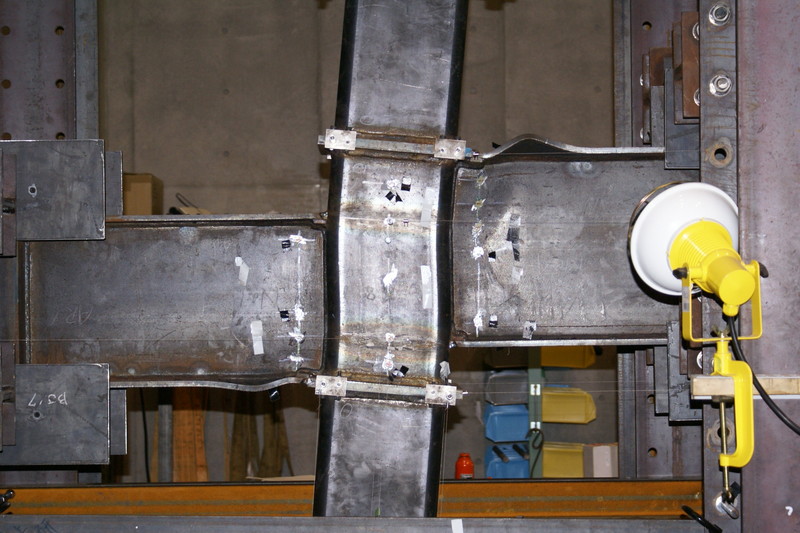
Our main and shared interest is the relationship between human beings and spaces. We research and practice the design of architecture, city, and region in order to improve and enrich human beings, communities, and societies. We uphold the “wholeness of human beings and their environments”, which develop and form systems together. Our research and design, including urban planning, are conducted from the idea of the “area’s context”, which means that the spaces that we experience are based on the geographical and topographical structures as well as the social, perceptual, and economic structures.
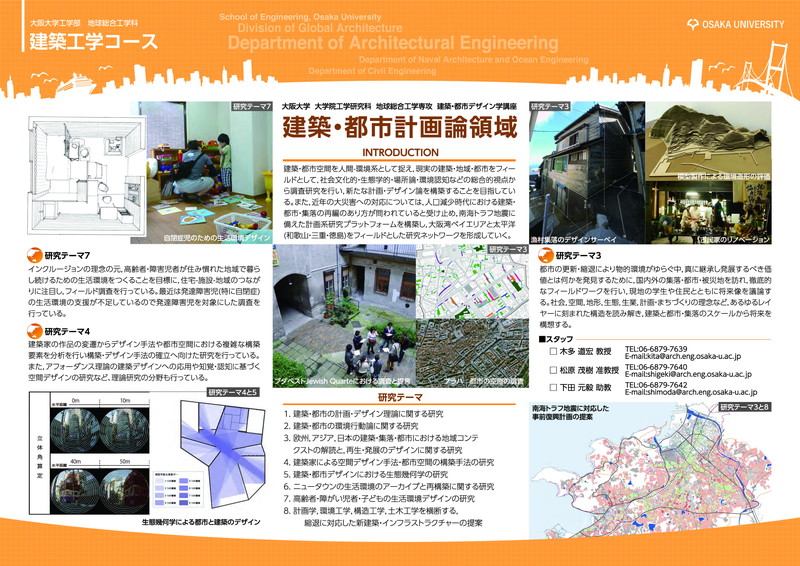
We have carried out our research aimed at the planning methods to design architecture, urban facilities and social system with considering human being. Our research key word “ergonomics” means not only human behaviors but also humans’ evaluations and feelings, relationship between humans and so on. Our survey targets’ building types are various, such as residential area, house, community facility, office, public urban space and so on.
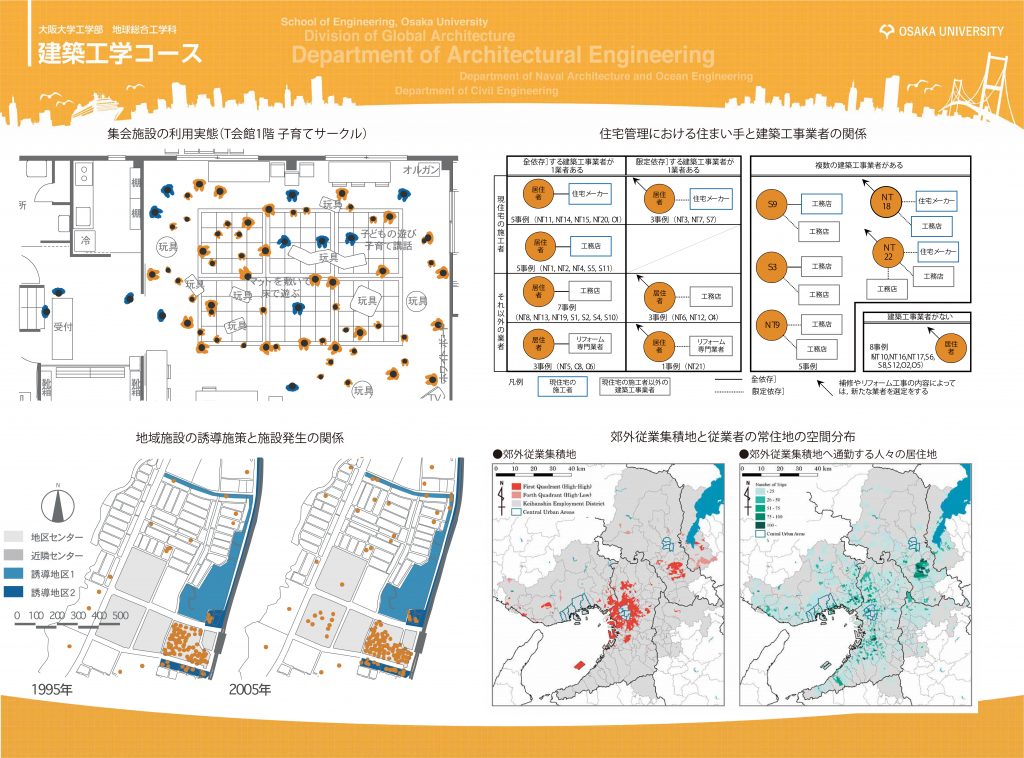
In order to create a comfortable and healthy living space and achieve the purpose of building energy saving, our research is mainly aimed at improving the urban and building environments through appropriate design of heat, air, light and sound in buildings. The content of our research is categorized as follows, from the perspective of human to architecture.
1) Environmental Psychology and Physiology: Relationship between Physical Stimulation and Psychological and Physiological Response of Human
2) Built Environmental Engineering: Analysis and evaluation methods of building environment
3) Building Equipment Engineering: Design and evaluation methods of equipment system
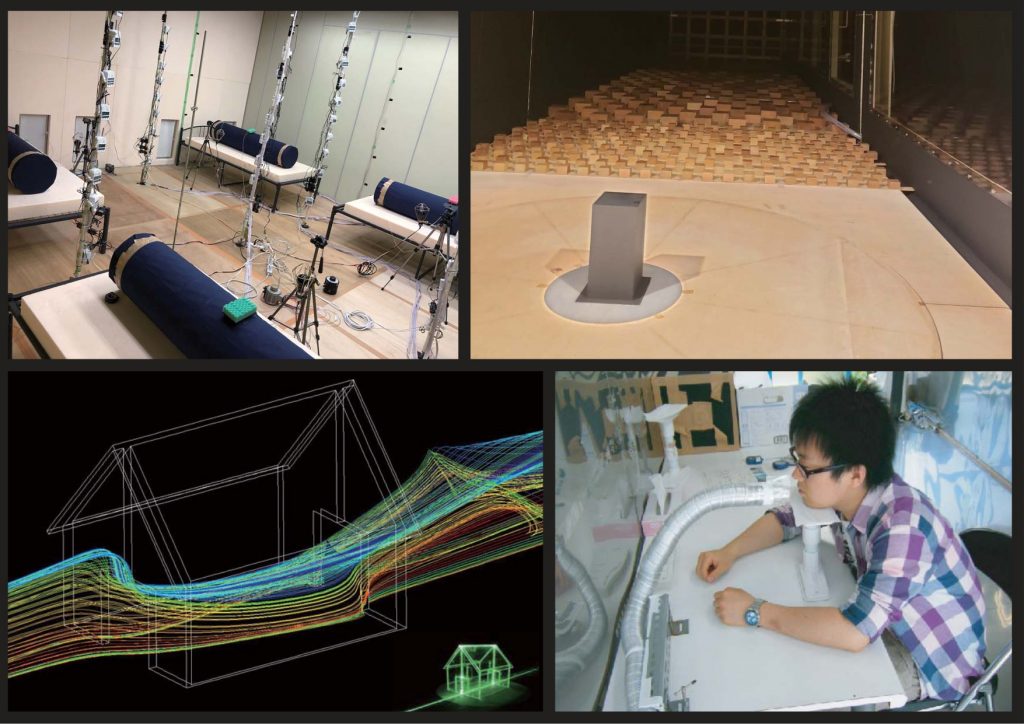
Our laboratory (Architectural Morphology Subarea) is involved research on the digitization of the morphological composition in urban and built environment and research on the construction of cyber communities, development of crowd behavior simulations, research on BIM in architectural design, and research on morphological information processing in graphic science.
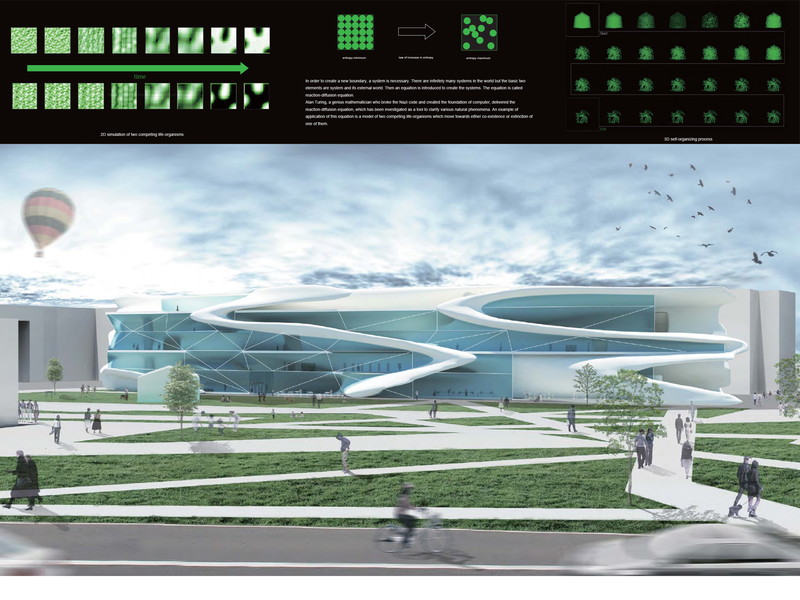
Laser/Quantum Energy Science Area[Institute of Laser Engineering]
Our group is engaged in research on laser fusion energy and laser-driven particle acceleration.
(1)Laser fusion:
・Development on advanced plasma diagnostics instruments for laser fusion study,
・Development on plasma mirror for ultra-high intensity laser,
・Laser fusion energy dynamics (reactor design, blanket, energy conversion), etc.
(2)Laser acceleration:
・Laser driven electron/ ion acceleration, and neutron generation, etc.
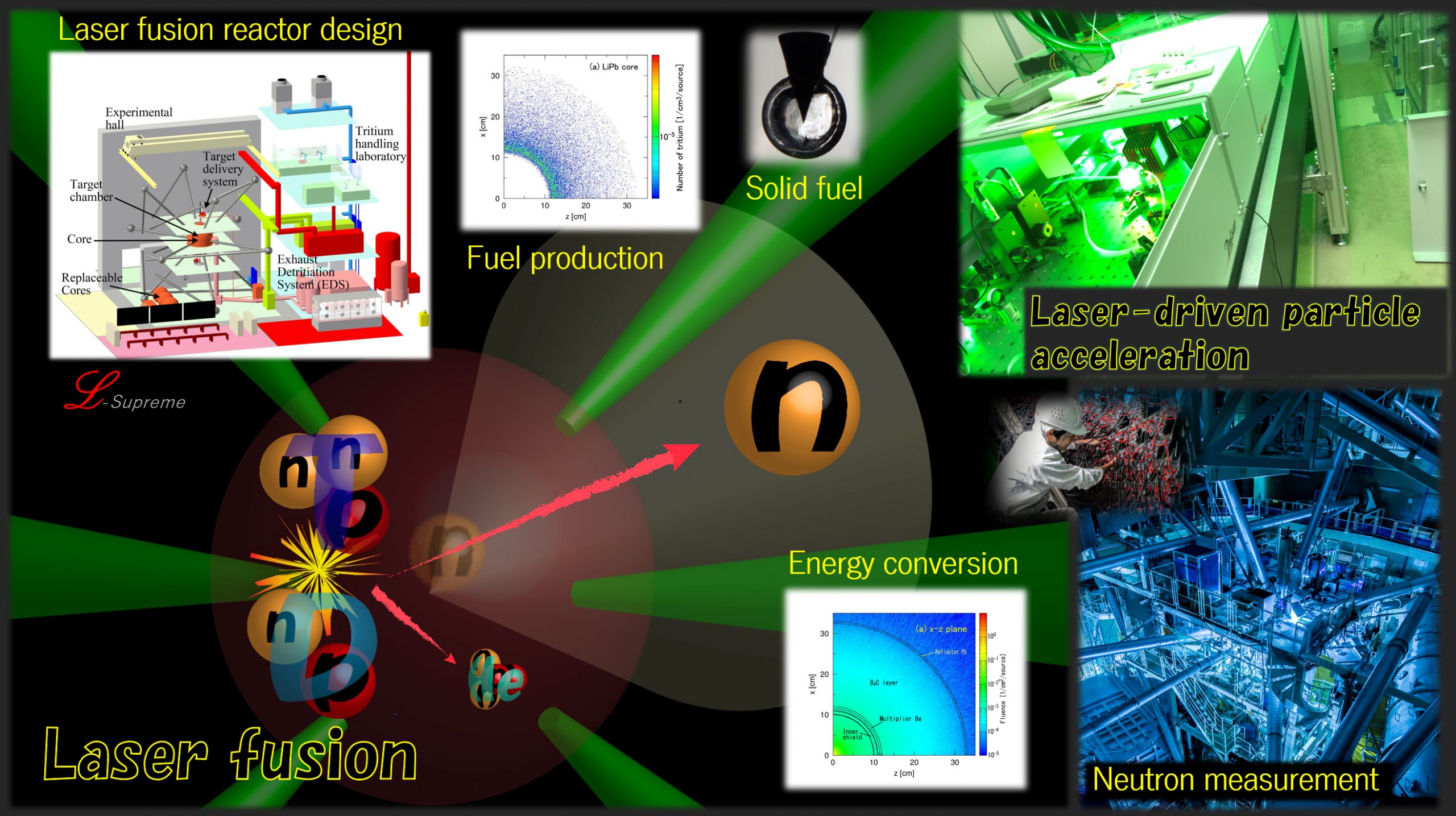
We are studying the nonlinear photonics for the generation of the ultraviolet light using high quality nonlinear optic crystal and terahertz generation and the applications.
(1)Developments of nonlinear optic crystals for the UV light generation.
(2)Developments of new laser sources and the applications.
(3)Developments of Terahertz engineering – New Terahertz devices and applications of meta-material –
(4)Solid state physics using terahertz and femtosecond laser pulses, Ultrafast spectroscopy.
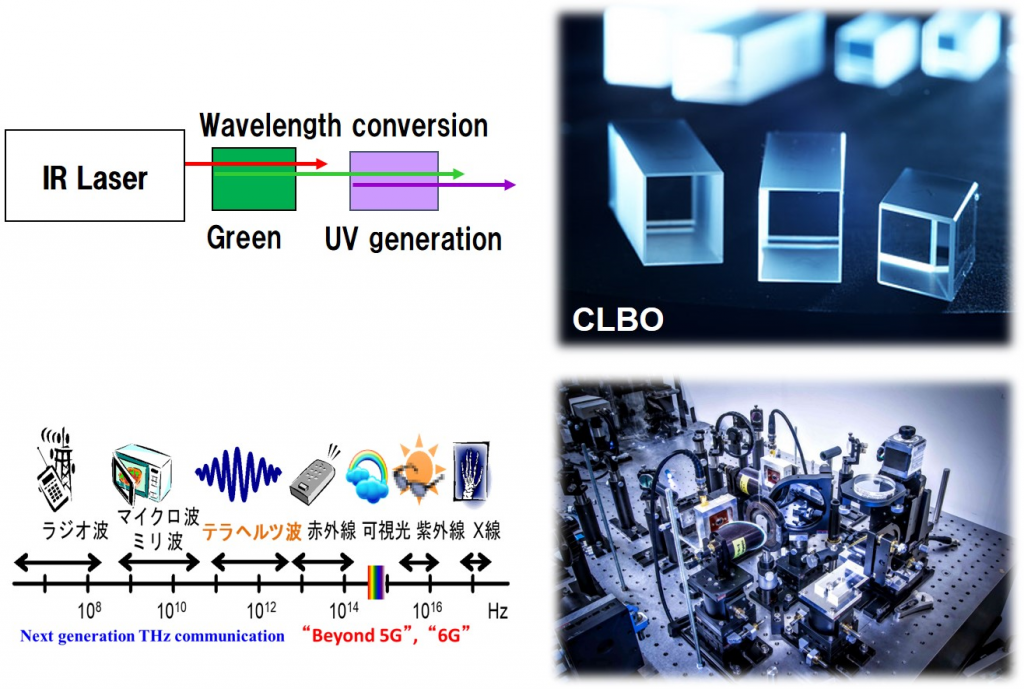
Our research group in Data Science and AI develops mathematical methodologies to elucidate the causal mechanisms underlying natural phenomena and human behavior. In particular, we focus on creating statistical methods for estimating causal relationships from observational data obtained outside the context of randomized experiments, aiming to establish a new methodological framework that transcends conventional limitations. Additionally, through collaboration with researchers in a broad range of disciplines, we strive to contribute to solving problems in both basic sciences—such as the natural and social sciences—and applied fields including engineering and medicine.
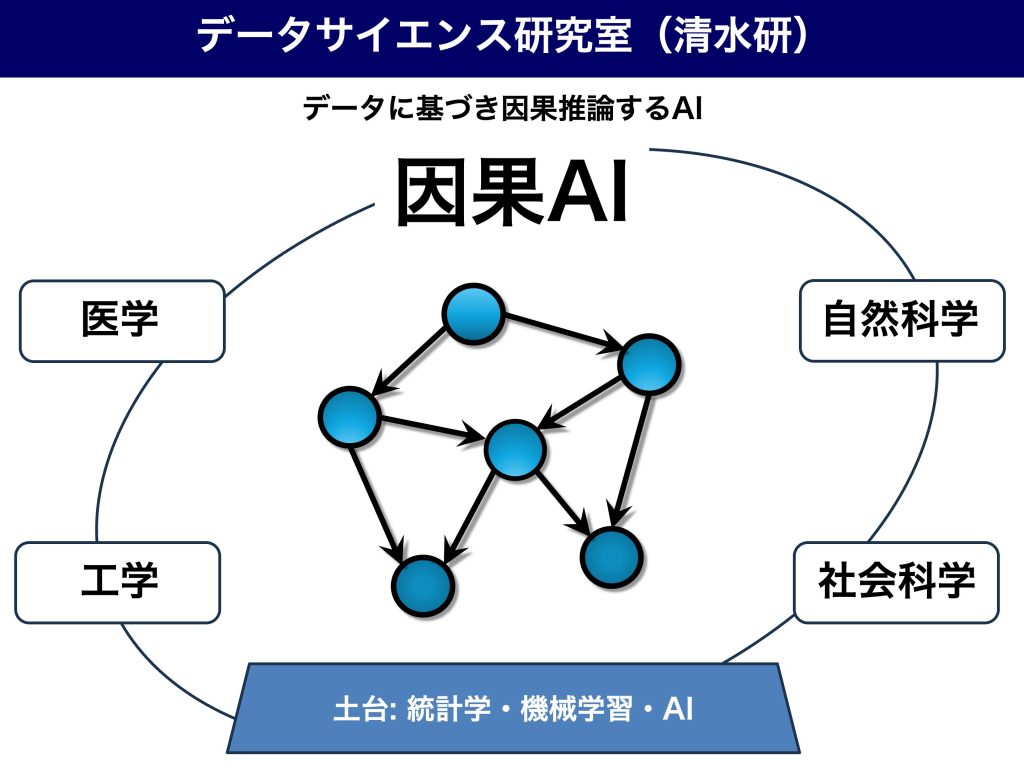
To realize human-friendly robots and computers, the spoken dialogue function is inevitable. We study dialogue systems using the speech recognition technology. Based on speech signal processing, natural language processing, and machine learning techniques, we are conducting various studies including knowledge acquisition through dialogue and multimodal dialogue systems.
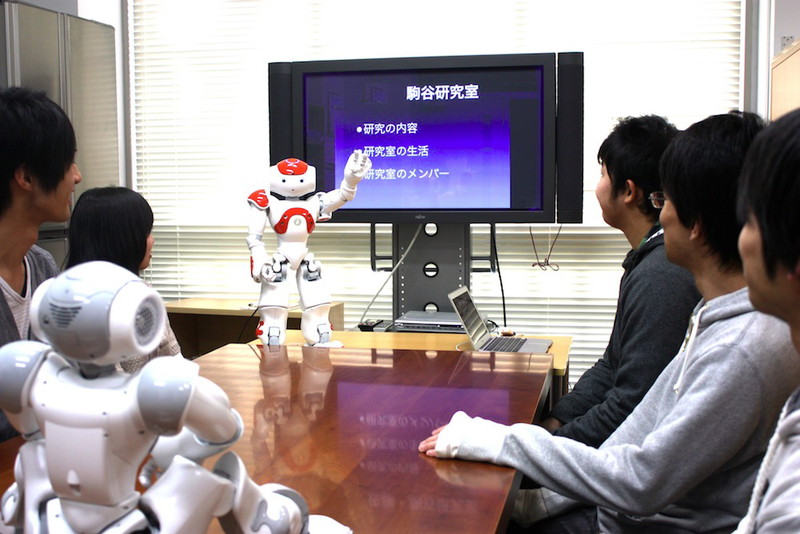
Quantum system electronics group studies quantum information processing using the quantum mechanical nature of electron spins and photons, and spintronics based on the development and hybridization of optical, electrical and spin materials. We investigate the growth and characterization of high quality materials and perform precise quantum transport measurements. Aim of our research is the realization of novel phenomena emerging in quantum nano-structures that can control the photon, electron and spin degrees of freedom.
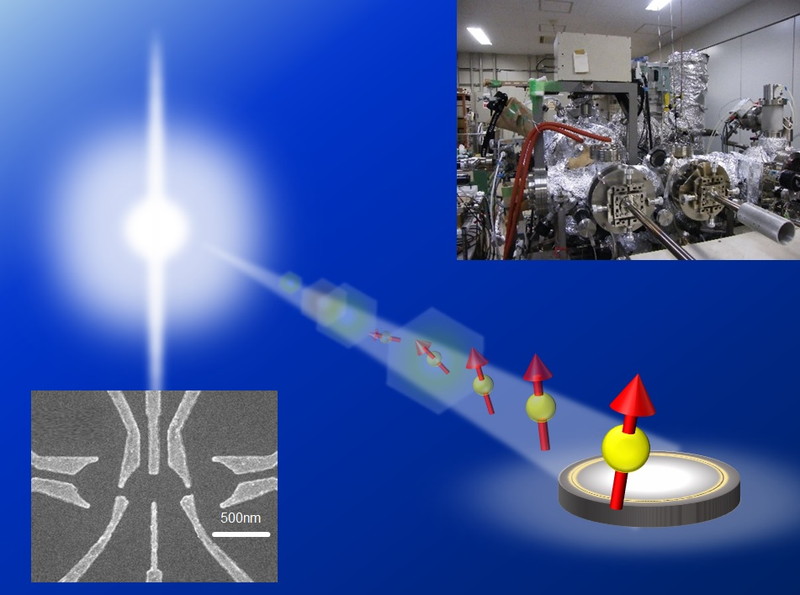
An electron microscope is an important instrument to observe micrometer-, nanometer-, and atomic-scale world that is invisible to the naked eye. We are engaged in research and development of various techniques and technologies that will become the cutting-edge electron microscope measurements. Utilizing various state-of-the-art electron microscopes including the ultra-high voltage electron microscope with the world’s highest accelerating voltage of 3 million volts, we are energetically working on the refinement of three-dimensional measurement methods for ultrafine materials, the development of a novel imaging method without using lenses, and the application of lens-aberration-corrected microscopy to device material measurements.
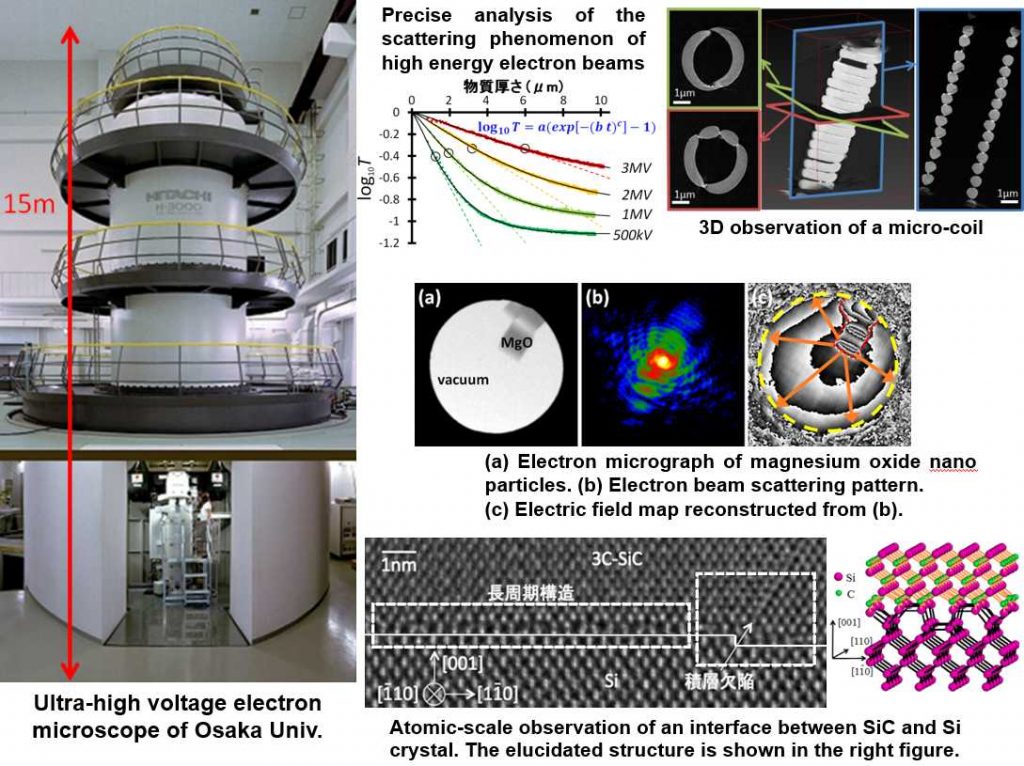
Our lab explores the science and applications of terahertz waves to advance next-generation technologies. We develop ultrafast terahertz spectroscopy and ellipsometry systems to probe the dynamics of semiconductors, nanomaterials, and biomaterials with high precision. Our research also includes the design and simulation of terahertz metamaterials, as well as the development of terahertz and millimeter-wave imaging systems. We aim to uncover new physical phenomena and contribute to material evaluation, terahertz engineering, and spintronics. From fundamental physics to real-world applications, we pursue broad, interdisciplinary research bridging materials science, photonics, and device innovation.
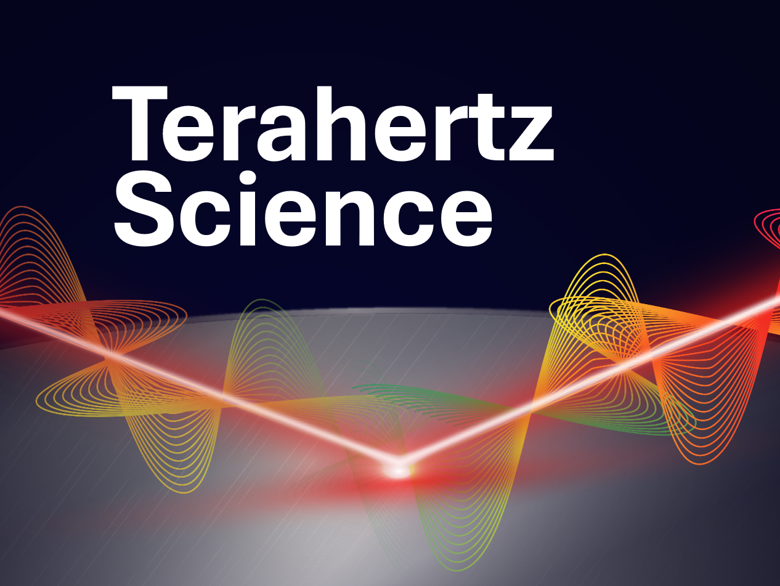
By using three-dimensional printers for industrial use, artificial fish reefs with environmental affinities and petrous indoor walls for atmospheric control (Biotope Implants) are fabricated on investigation phases from mineral slags or inorganic shells discharged from industrial processes of steel refinements or food productions (Relict Resources).
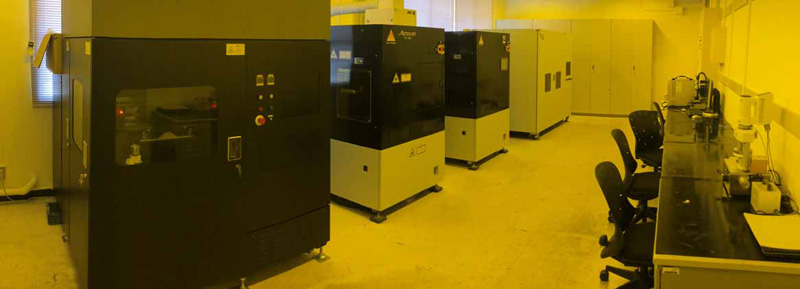
The aim of this laboratory is to develop environmentally conscious smart technology to reduce the environmental impact of manufacturing. In particular, this research focuses on the substitution of materials used in electronics assembly with non-toxic eco-materials and on the enhancement of the reliability of fine-pitch high-density packaging.
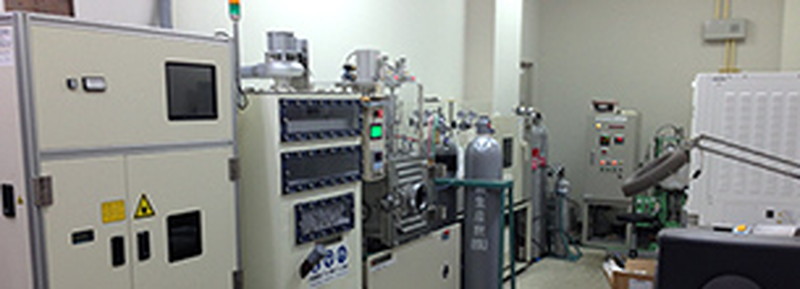
Quantum Beam Material Process Engineering Area [The Institute of Scientific and Industrial Research]
In the Quantum Beam Material Process Engineering Area, to achieve ultimate nanofabrication, the quantum-beam-induced ultrafast phenomena of materials have been investigated using femtosecond pulse radiolysis and a time-resolved electron microscope.

Aiming to solve energy problems, we are developing materials and devices for energy storage, energy conversion, and electrosynthesis. Specifically, we are exploring new materials and reactions, analyzing reaction mechanisms, establishing new theories, and developing new devices.
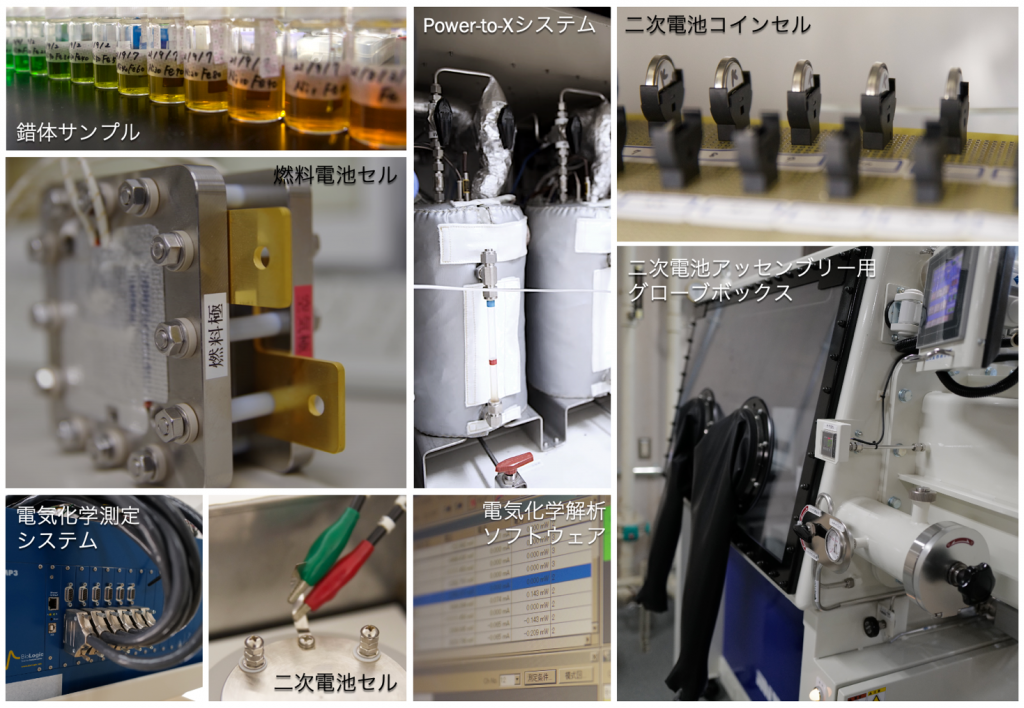
Our research themes are aimed at developing new optical materials useful in both science and engineering. With the use of lasers and spectroscopy techniques, we investigate the optical properties of different materials.
We also implement other experimental and theoretical investigations
regarding these materials with various collaborators both inside and outside Japan. Our studies on short-wavelength light-emitting materials have led to the advancement of new applications and next-generation industries.
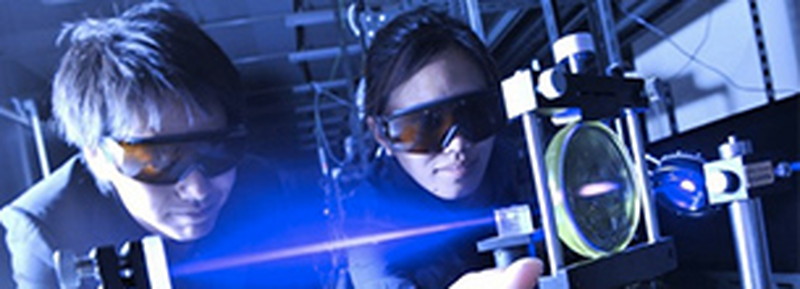
Fundamental areas of research and education are the mathematical modelings of various phenomena involved in the joining and the welding and their application to industrial problems through the information technology. Also, the influences of residual stress and various forms of defects on the performance of the welded joints or the joints between dissimilar materials are investigated.
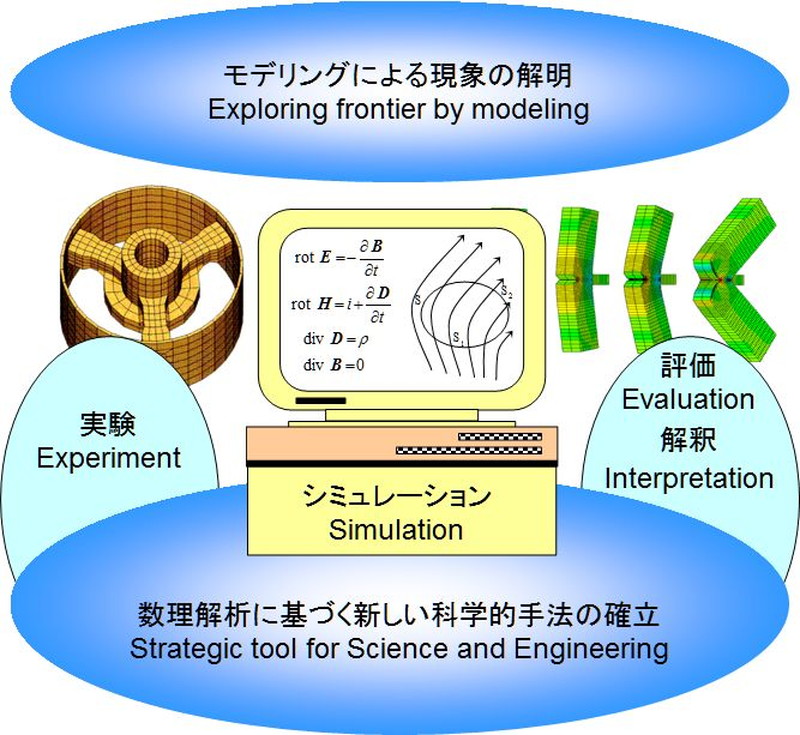
In our laboratory, we apply the following two axes to structures’ design, construction, and maintenance process. The first is the “through-process,” which is the time axis that covers the life cycle of a structure from design, welding, joining, and other fabrication and construction processes, through testing and service to repair, reinforcement, and maintenance. The other is “trans-scale,” a spatial axis that spans from micro to macro, from the microstructure of materials to welding and joining components and the structure.
Education and research are conducted to evaluate the performance and reliability of various structures at each of these stages and scales. In particular, we are developing detailed and reasonable evaluation methods for the effects of thermal processing, as represented by residual stress and deformation, on the performance of welded/joined components and structures, considering both microscopic and macroscopic perspectives. We aim to establish an academic foundation that can contribute to the design of reliable structures by advancing structuring processes using welding and joining.
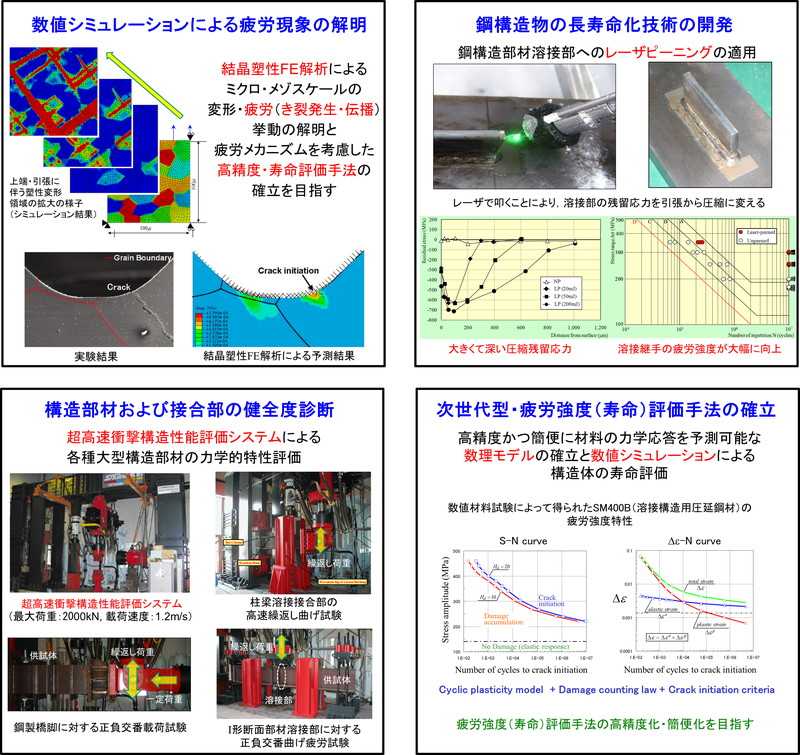
For mechanical production in various fields, such as bio engineering, energy and environment, electronics and disaster mitigation and risks, computer simulation technology as well as experimental method, are studied and educated in our chair. Last topics of research is development of numerical simulator for mechanical property of advanced composite materials, acetabular reconstruction cages made of composite material, and Disaster Mitigation in Urban Areas.

Our goal is to nurture the next generation of leaders who can adapt to the trend away from conventional “mass production and mass consumption” to the future of “diversification” in “value creation”. The program anticipates technological issues with a view to future social needs, and works on problem-solving and innovation in areas ranging from materials development to product realization technologies such as packaging technology, as well as management and business models for these technologies and products.
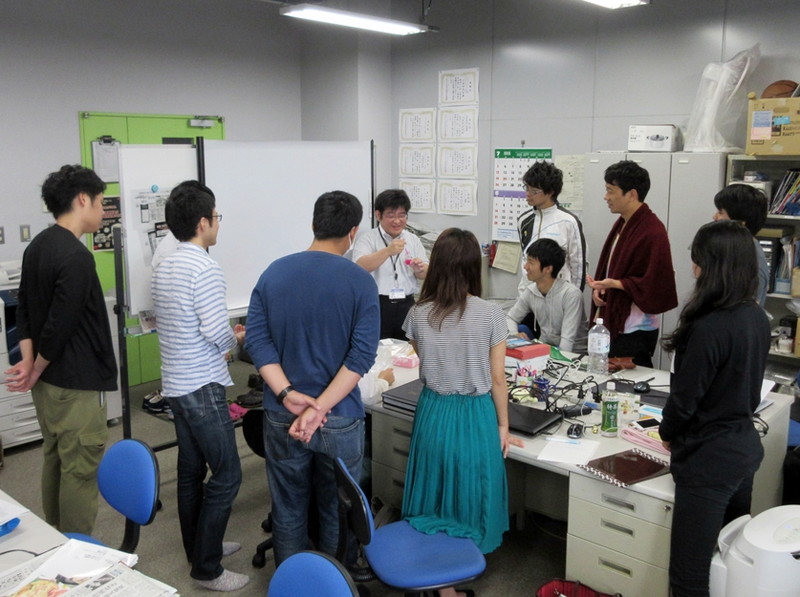
In this laboratory , with the aim of development of technologies that contribute to the society of the future, we are researching the followings.
・Preparation of noble metal nanoparticles and application of them to fuel cells and antibacterial fibers
・Development of less-invasive cancer treatment using alternating magnetic field
・Development of magnetic regenerators for cyocoolers
・Nanotechniques for high-sensitivity gene, protein, and immune diagnoses and tailor-made medicine
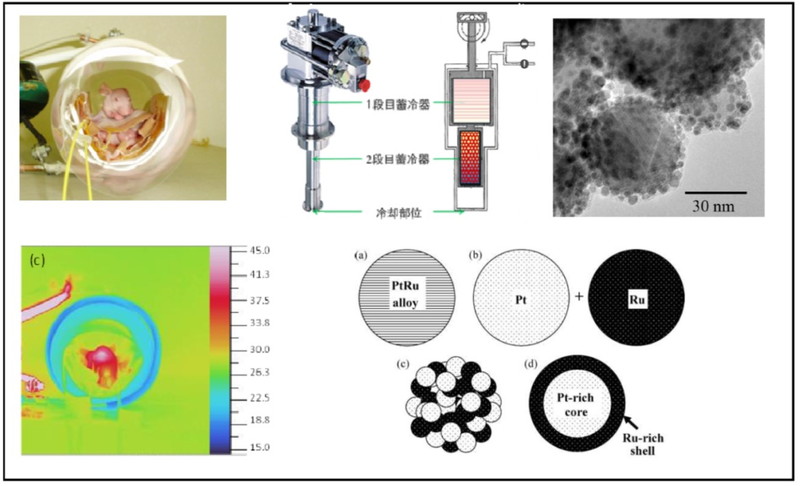
Actuators and sensor technologies are essential in science and industry for the creation of robots, automobiles, home electronics etc. We are conducting research on cutting-edge, next generation actuators and sensor devices that uses new operating principles and new materials. Examples of some of the research and education being conducted include multiple degrees of freedom actuators, linear actuators that are modeled after the human wrist, contactless torque transmitting magnetic gears, magnetic fluids, giant megnetostrictive elements, thermo-sensitive magnetic materials, and nano ion devices.
In doing research on said devices, we are also developing various coupled computational analysis methods. We aim to elucidate the mechanism of complex systems in coupled physics phenomena that include electromagnetics, mechanics, thermodynamics, and fluids by using the Finite Element Method (FEM) and Moving Particle Semi-implicit method (MPS). Based on the analysis results, we determine the optimum design parameters, and evaluate the best control method for our prototype.
At Hirata Lab, it is our policy that members are involved in the entire process of creating the new device; from the idea proposal, to the analysis method development, design optimization, prototype making, control method development etc.
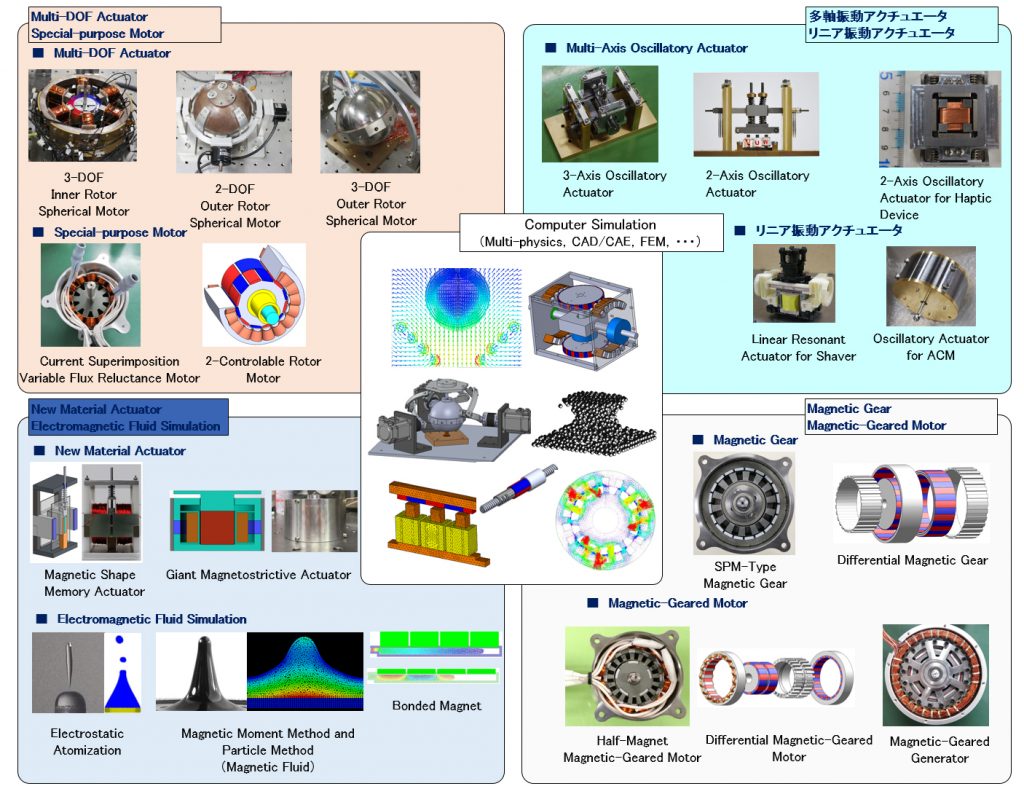
It is crucial to characterize both the fabrication processes and the properties of nanomaterials and devices at real environments. We have been developing electron microscopy techniques for the purposes. High-resolution environmental transmission electron microscopy (ETEM) now allows us to observe various dynamic phenomena in-situ and at atomic scale. With the experimental technique, we aim at creating novel nanostructures and investigating the structures and properties of the nanostructures in real environment for further progress on materials science and technology to the future.
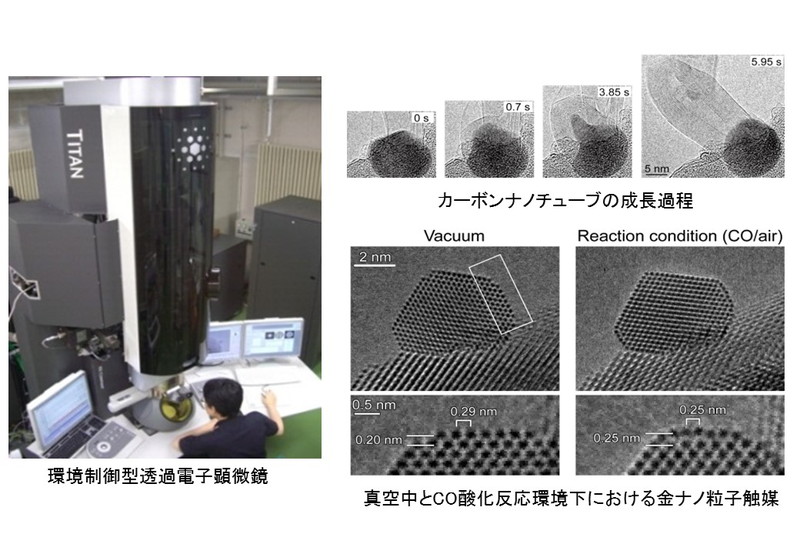
This laboratory is carrying out next-generation materials research and development of ceramics, metals and related materials from crosscutting point of view. The subject covers crystal structures, nano to macro scale hierarchical structural design and process control, fusion of various functions, and fundamental understanding of materials characteristics for advanced hard and nanostructured materials. Our emphasis is placed also on the practical application of developed materials and technologies as the key components for various devices and instruments, next generation biocompatible, environmental and energy systems, all which are the strongly demanded materials technologies to solve crucial problems arising in our society.
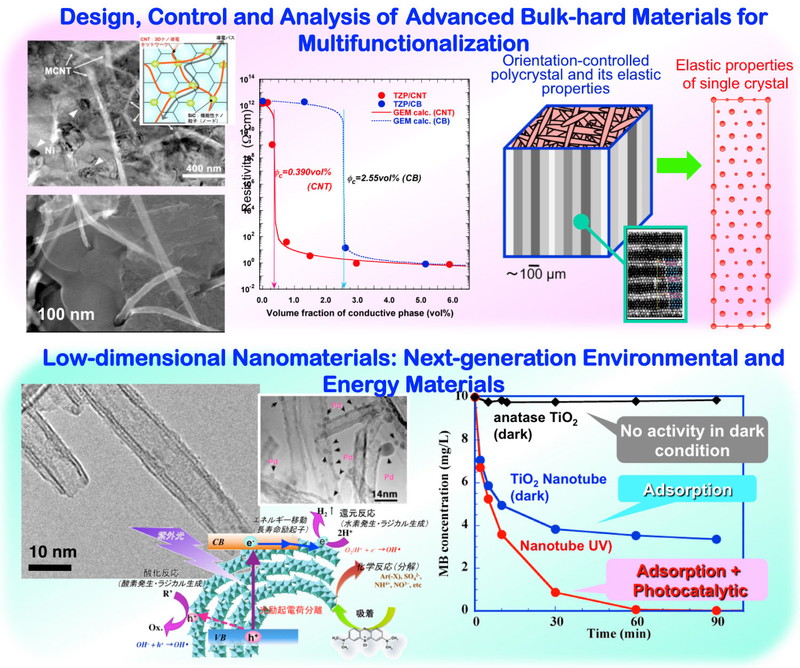
In this department, based on the elucidation of various phenomena at the joint interfaces, the interface formation mechanisms during various welding processes are clarified to create new interface control methods. In addition, novel welding and modification processes are developed, mainly based on fusion welding methods and friction welding methods such as friction stir welding, rotary friction welding, linear friction welding and linear friction stir welding methods. These developments are going to be used and focused simultaneously in our society in order to create a new research field and elevate the growth of industrial competitiveness of our country.
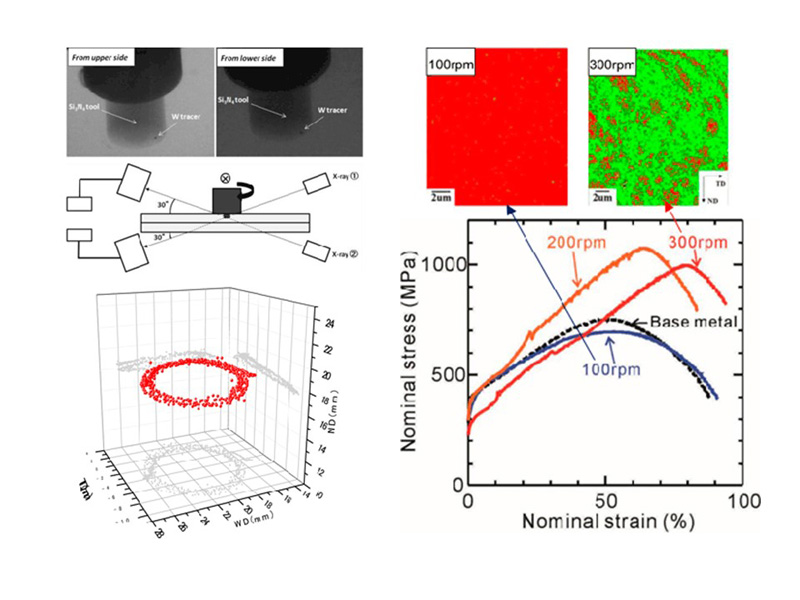
Recently, people are recognizing the necessity of “constant city planning.” In other words, we should not start city planning only after some event has occurred, but should keep discussing city planning on the basis of how our environment should be in the future. Therefore, we study in the following viewpoints.
– City planning to gather people and activate the town
– City planning for designing urban facilities with citizens
– City planning for next generations based on discovering and researching the city situations and problems
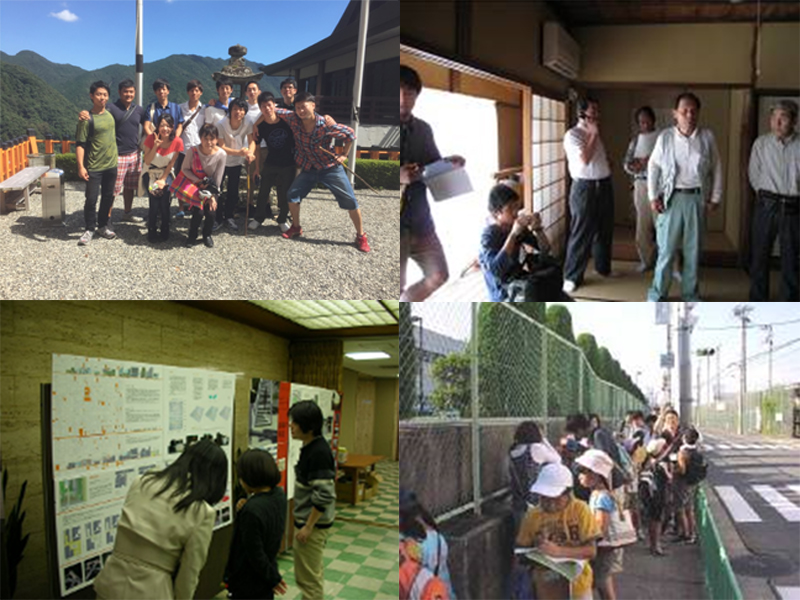
What is life? To approach this simple but profound theme, in our laboratory, we research to observe and understand the molecular phenomena within a live cell, by bio-imaging. Specifically, we isolate the genes coding for luminescent proteins from light emitting organisms, and develop bio-sensors and imaging methods that will help understand life. These research will not only contribute to understand the fundamental phenomena of life, but will also be useful for medical purpose and drug discovery. In addition, we are developing technologies that can lead to innovative changes of our future society, such as electricity-free illumination system by inserting the genes coding for light emitting proteins into plant.
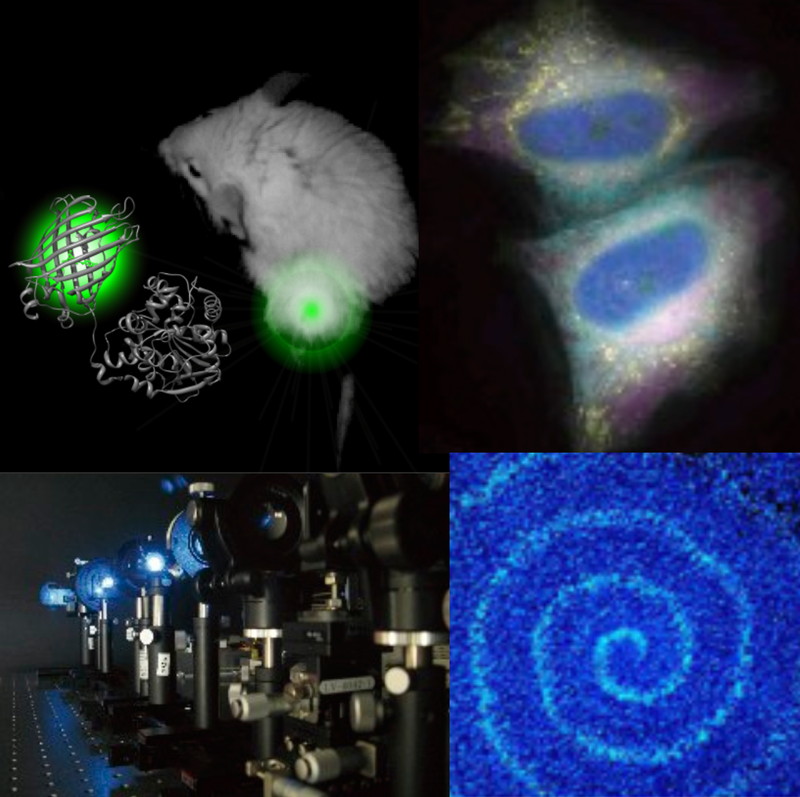
This area allows graduate students to participate in industry-university-government joint research
activities by cooperating the Graduate School of Engineering with Joint Research Chairs and Research
Alliance Laboratories. The area newly involves “Internship on Campus”, which encourages the students to incorporate the joint research activities into the conventional graduate education. Students, who are accepted into the course, are assigned to an existing laboratory in each department.
At Hara Laboratory, we study the design of social systems and technologies to address complex and long term issues related to the future and create a sustainable society. We also apply these systems and methodologies to policy design and the development of social and technological systems, and through co-creation among industry, academia, and government, we will implement various practices related to solving social issues and creating a sustainable society. Specifically, we aim to build a new foundation for social engineering that explicitly incorporates the “future” by using academic and engineering approaches to deepen “Future Design,” which refers to the design and implementation of social systems to pass on a sustainable society and environmental resources to future generations.
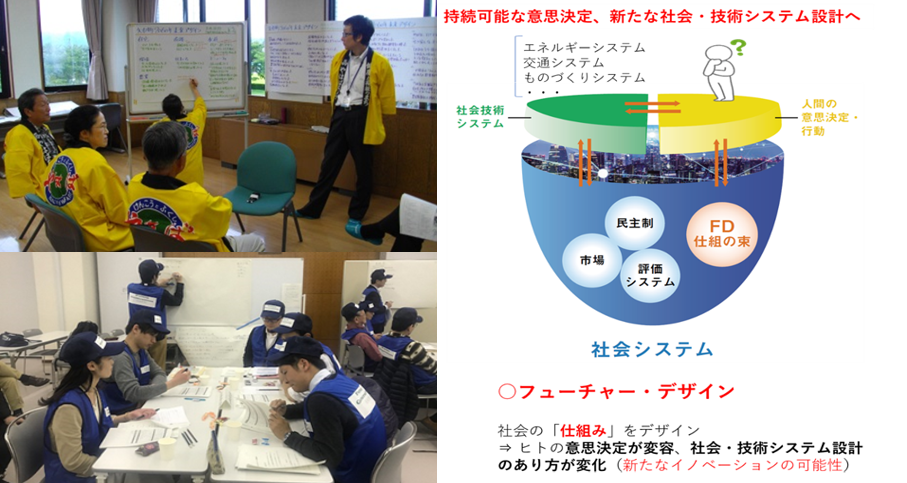
Energy Transfer Dynamics[Joining and Welding Research Institute]
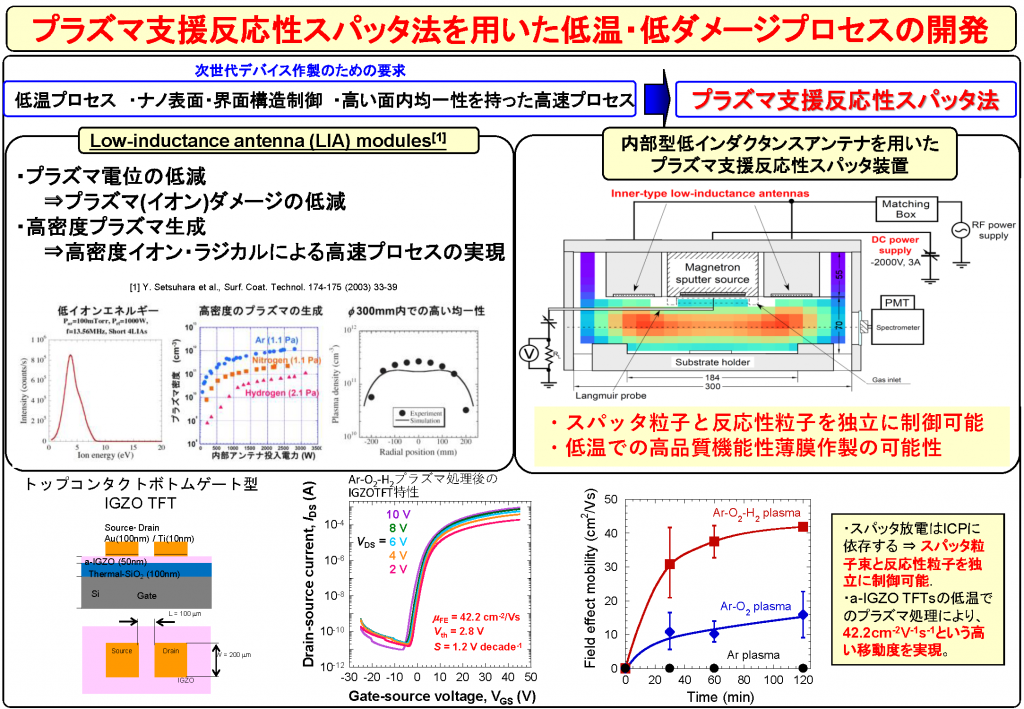
In our laboratory, we study science that fuses the basic science and advanced technologies required to precisely control the molecular structure, electronic state, and physical properties of various organic materials and to apply these technologies to realizing flexible electronics and photonics. The goals of our laboratory are to study various topics from theories based on basic science, including mathematics and physics, to systems that contribute to society.
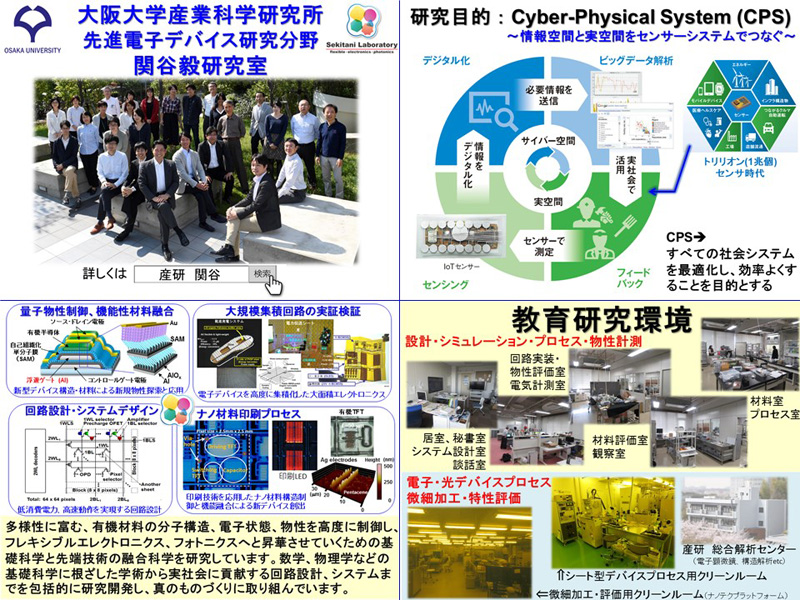
Laser Science Area [Institute of Laser Engineering]
The area focuses on realization of the world’s highest average-power laser system, including development of new laser materials, novel laser oscillation and amplification methods, and beam control techniques. We newly propose “Smart Power Laser” as a modularized, on-demand designable and multi-purpose laser system for a wide range of applications from laser processing and fluorescence analysis to laser-accelerated beams (X-ray, ion, neutron) and laser nuclear fusion:
(1) Development of high average-power laser module.
(2) Developments of new laser materials, laser oscillation and amplification techniques, and coherent beam coupling technology.
(3) Laser processing and high-performance optical measurement using high repetition rate lasers.
(4) Smart Power Lasers for the creation of cyber-physical laser systems.
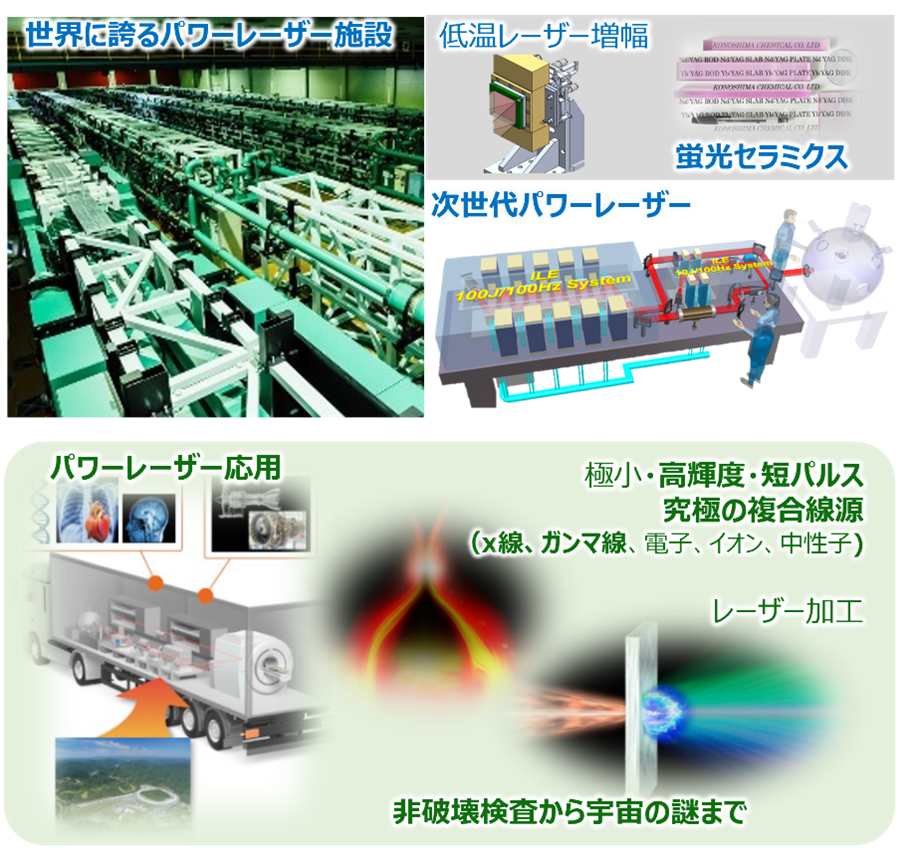
Laser Energy Engineering Area [Institute of Laser Engineering]
We are engaged in research into laser fusion and its applications.In order to realize laser fusion plants, we study for efficiently generating high-temperature / high-density (high pressure) state by laser irradiation with large-scale laser facility and analysis with multidimensional simulation codes. Since high temperature / high density conditions such as those obtained by nuclear fusion are comparable to the interior of planets and stars in the universe, we can approach these properties and origins.
Our research includes laser plasma diagnostics, high dencity physics and its simulation.
Additionally, we study the interaction of radiation with optical materials in view of their application to radiation detectors, scintillators and fusion materials.
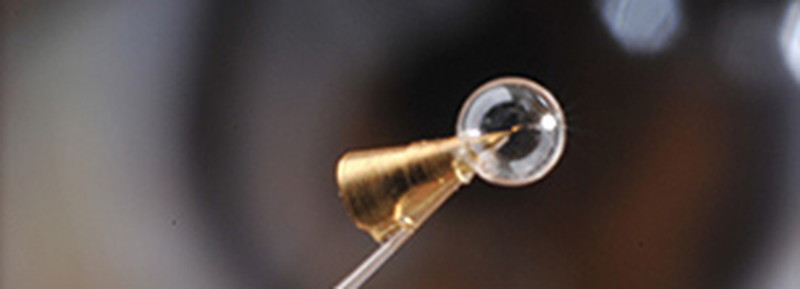
Materials Performance and Design in Welding and Joining Area[Joining and Welding Research Institute]
Mechanisms controlling the joint performance of structural and functional materials, which obtained by fusion welding, liquid-state/solid-state bonding, and solid-state bonding, are metallographically characterized to establish a scientific basis to produce joint materials featuring superior performance. The microstructures of the weld-deposited metal, the heat-affected zone of fusion-welded joints, and the interfacial region of solid-state bounded joint are thoroughly investigated utilizing various methods such as X-ray diffraction, electron-microscopy observation, elementary analysis, EBSP analysis, and numerical modeling and simulation. Formation processes of the microstructures and their relation to joint performance are discussed from the material scientific viewpoint.
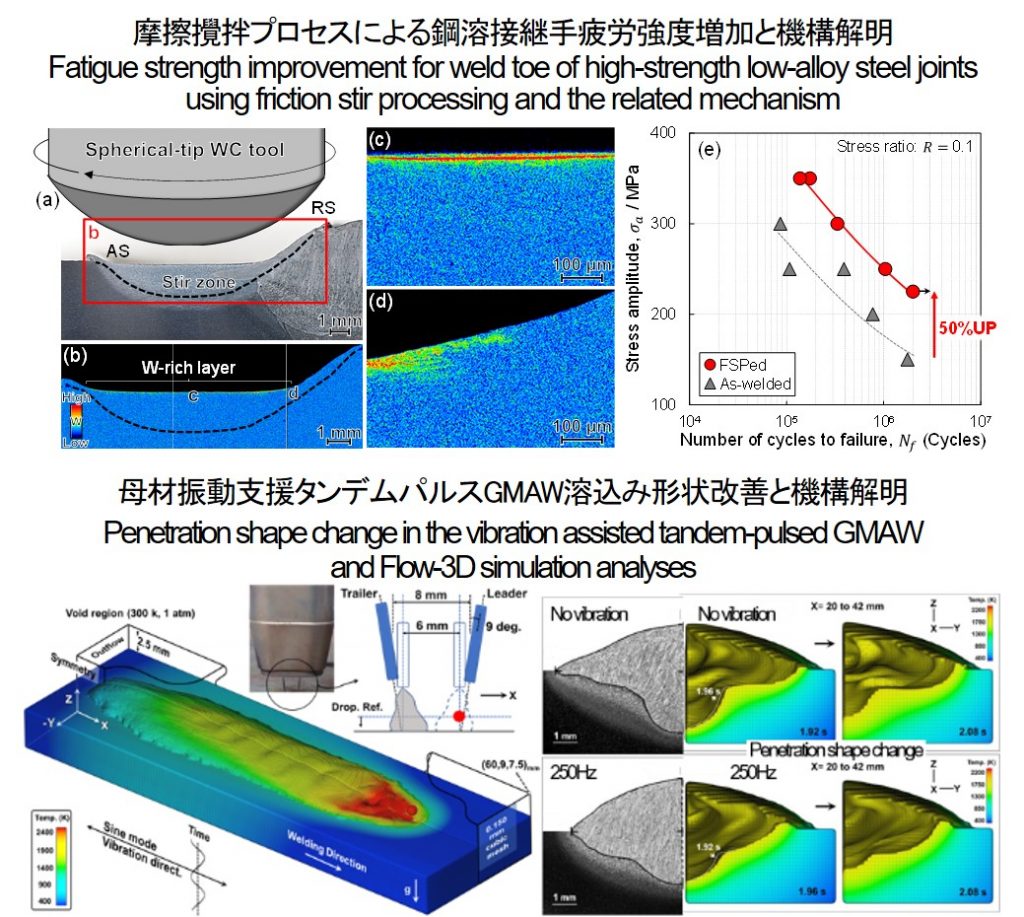
The main research subject is the development of the high density energy source for processing advanced materials having special functions and properties. We undertake fundamental investigations of the properties of the high energy source interacting with materials, and we study advanced control techniques for optimizing the energy transport. Major emphasis is placed on the generation, control and energy transport in arc plasmas, which are a high density energy source which have been applied to a variety of materials processing techniques such as welding, cutting, heating, high temperature processing, surface modification and the creation of powders.

The main research objectives are for electronics packaging to develop advanced joint materials, to establish advanced micro joining processes, and to elucidate the mechanisms of the micro joining processes. Especially, the creation of the functional joint materials, the development of novel advanced micro processes by various energy sources, the understanding of interfacial behaviors in nano-/micro-scale, and the enhancement of the highly reliable joints based on the control of interfacial structure and performance are performed.
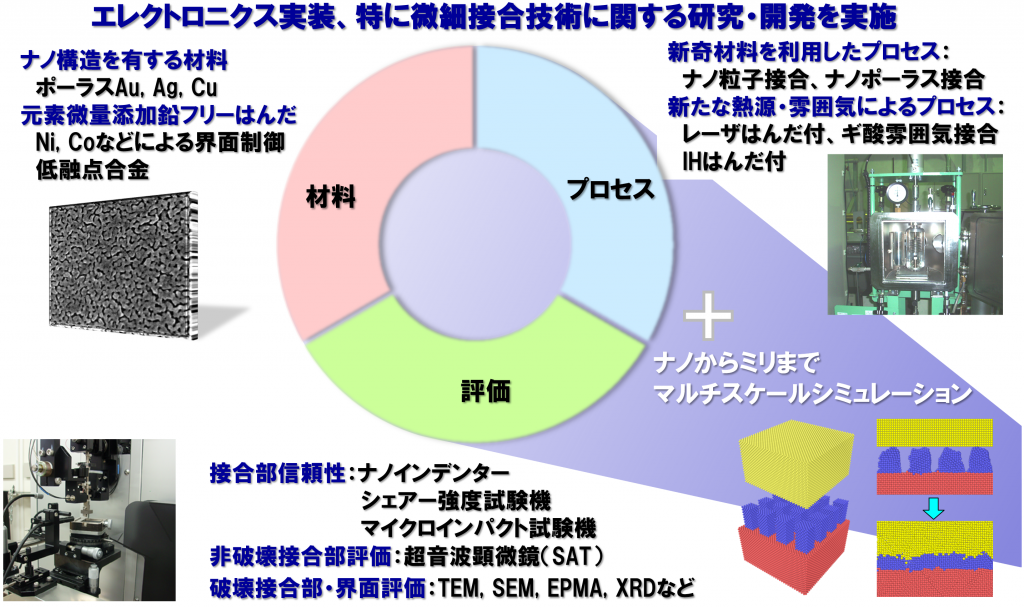
Development of innovative manufacturing technology is required to manufacture high-performance machine products and structures of the next-generation. Department of Reliability Evaluation & Simulation conducts research and education for elucidation and control of the factors on weldment properties by high accurate evaluation based on material science and engineering. In order to create innovative and attractive technique of welding & Joining as a final aim, our department are working on elucidation of metallurgical phenomenon such as solidification and transformation, and on developing the predication method for the microstructures and the properties of weldments.
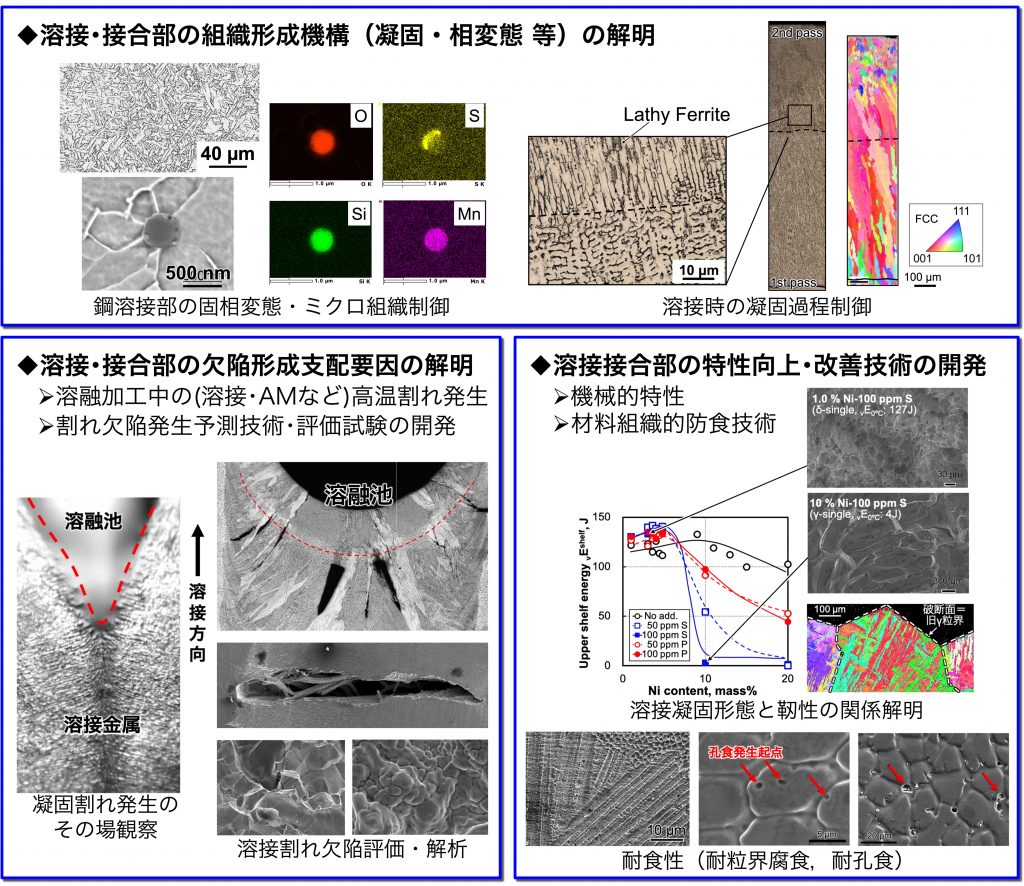
Fundamental studies are performed concerning joining, cutting, surface modification and removal processing with laser beams, aimed at advanced fusion between laser science and production engineering. We focus on clarification of welding or joining mechanisms and intelligent monitoring technology on the basis of the visualization of material processing phenomena with high-speed optical observation or X-ray transmission imaging techniques. Moreover, laser should be utilized with not only high thermal efficiency but also physicochemical effects induced by interaction between light and material. Thus we create innovative processes including laser cladding and selective laser melting, put these processes to practical use and disseminate achievements of our research to the world.
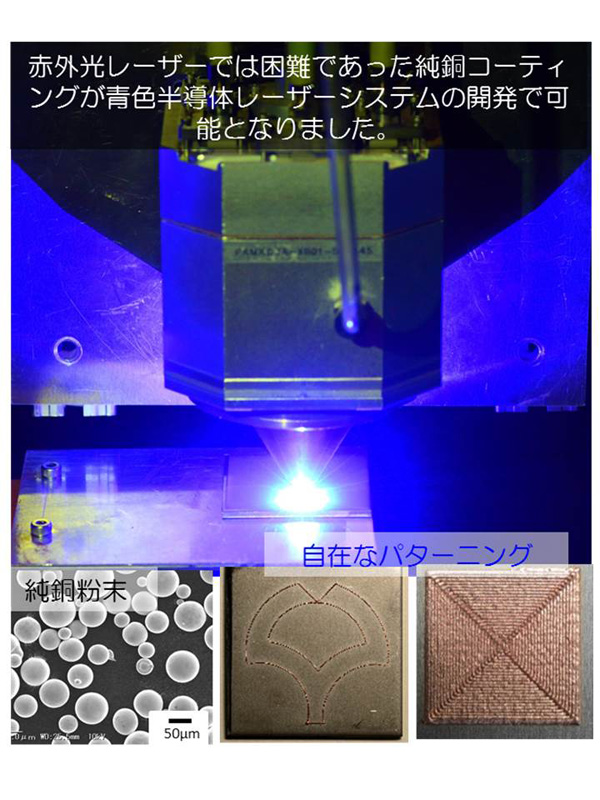
Fundamental studies on materials functionalization by “atomic, nano and micro-scaled” materials design and its industrial application
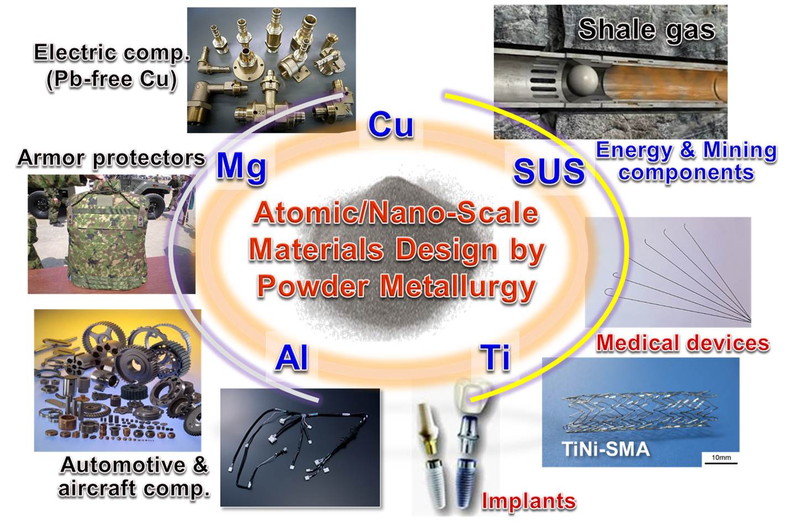
Protein crystallography and Cryo-EM is the major method to determine the atomic structure of protein molecules, in order to elucidate the molecular mechanism of highly organized biological systems. Our main aim of research is the atomic structure determination of the biological macromolecular assemblies including membrane protein complexes. Current Research Projects are “Structural studies of photosynthetic membrane protein complex and related redox enzymes”, “Crystal structure analysis of dynein motor” and “High resolution and damage-free structure analysis of metalloproteins”.
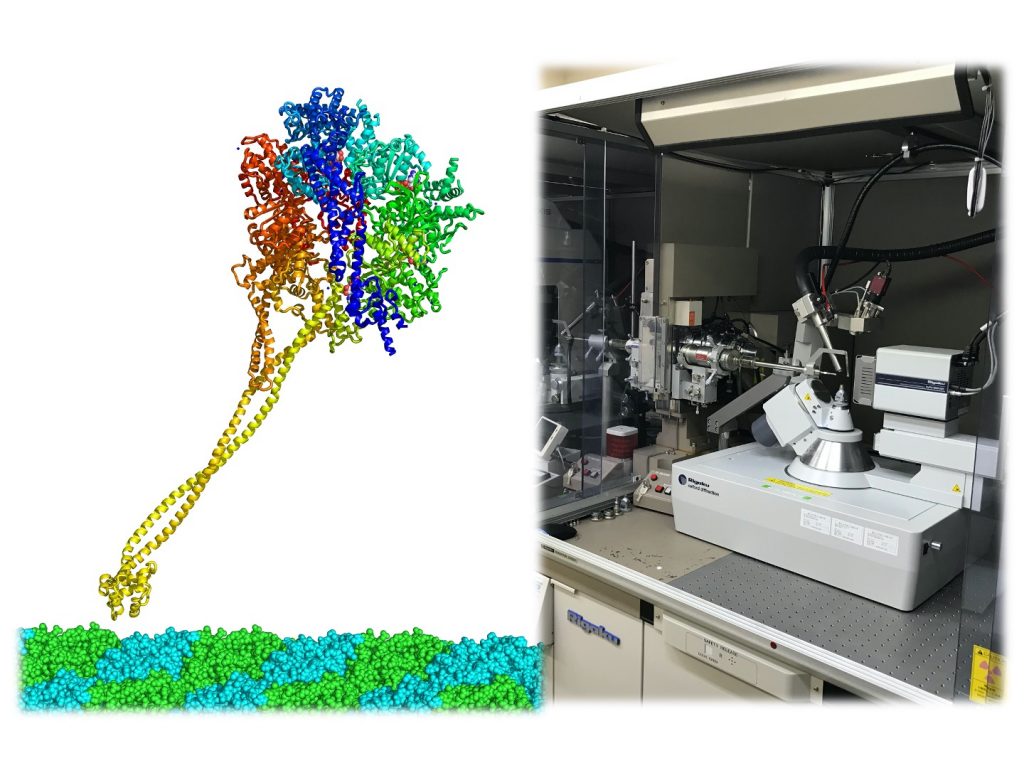
Ubiquitous and Transdisciplinary Photonics Area [Institute of Laser Engineering]
We are researching laser materials for information photonics, nonlinear optical crystals, and translucent ceramics such as phosphor development, which are the basis of advanced lasers. We are also conducting applied research on laser lighting (advanced headlights, IoT lighting stations), LiDAR for robots and autonomous driving, and laser pest control (agricultural applications).
・Research on optical functional materials: Transparent ceramic, laser crystal, wavelength conversion and so on.
・Study on application of visible laser diode: Laser lighting and display, laser measurement, laser power supply and so on.

Top

